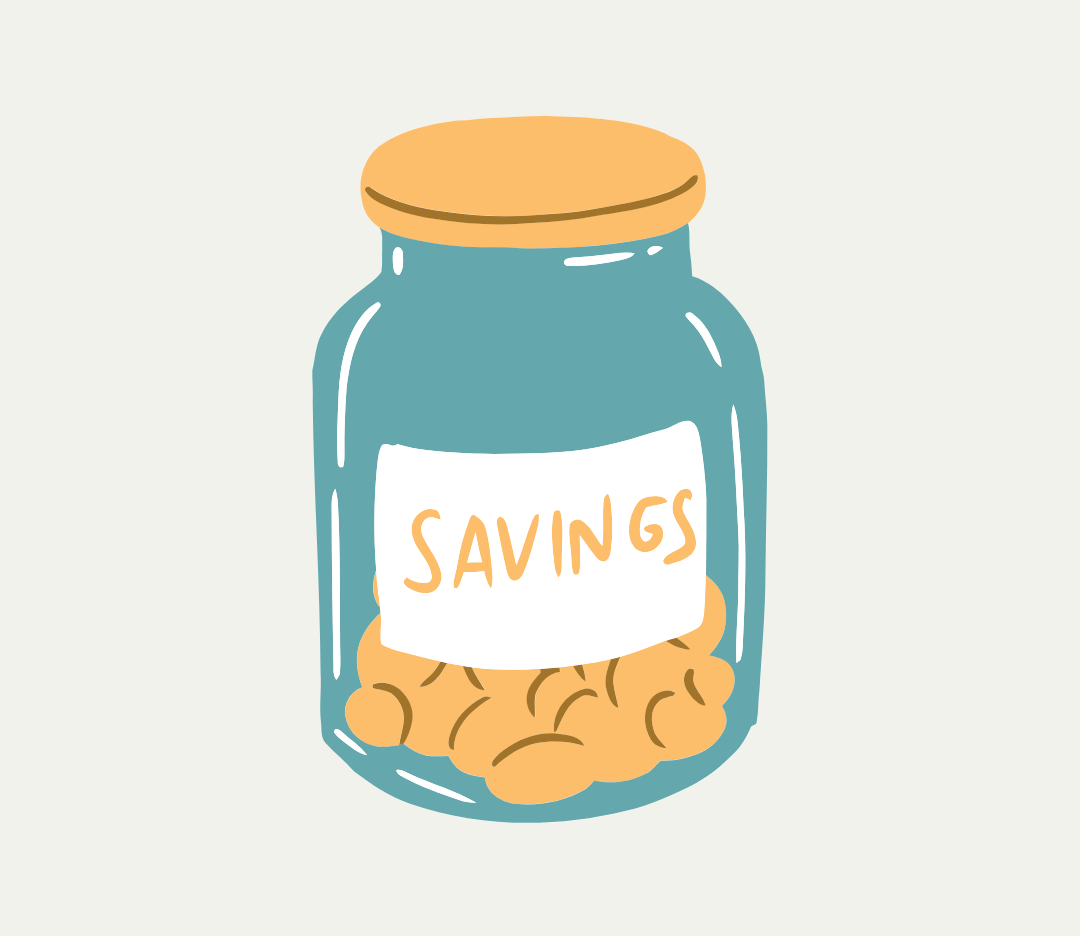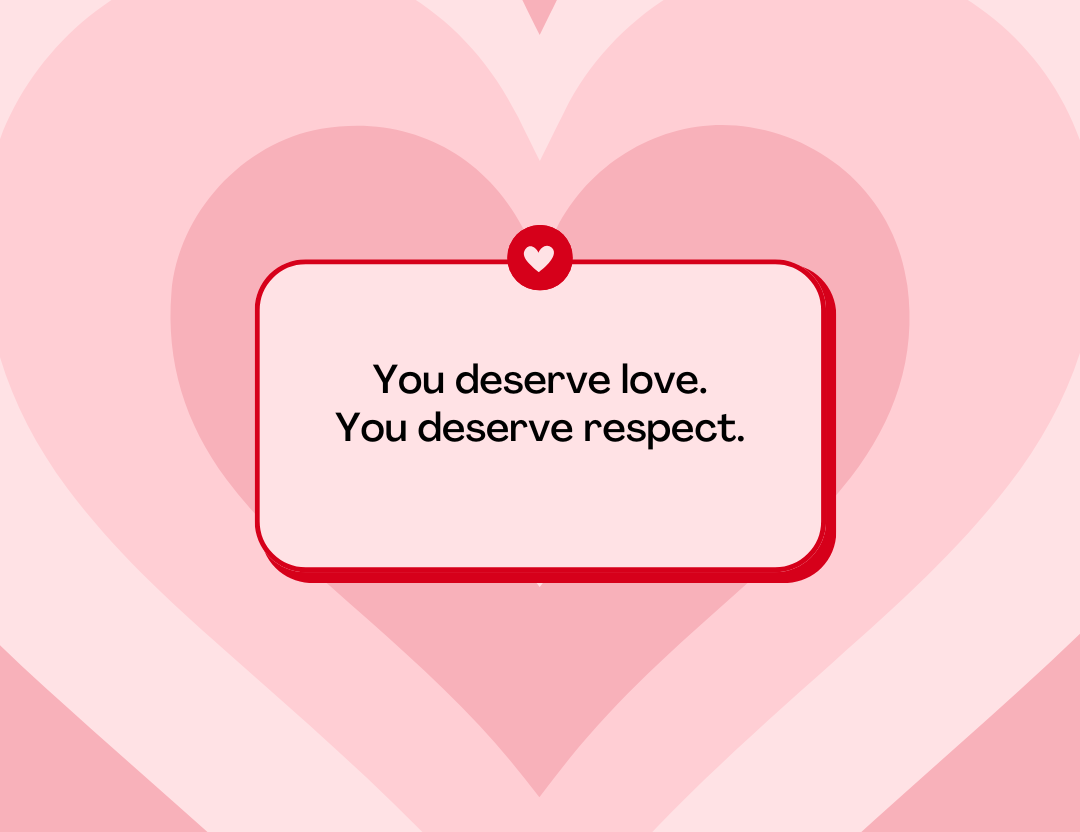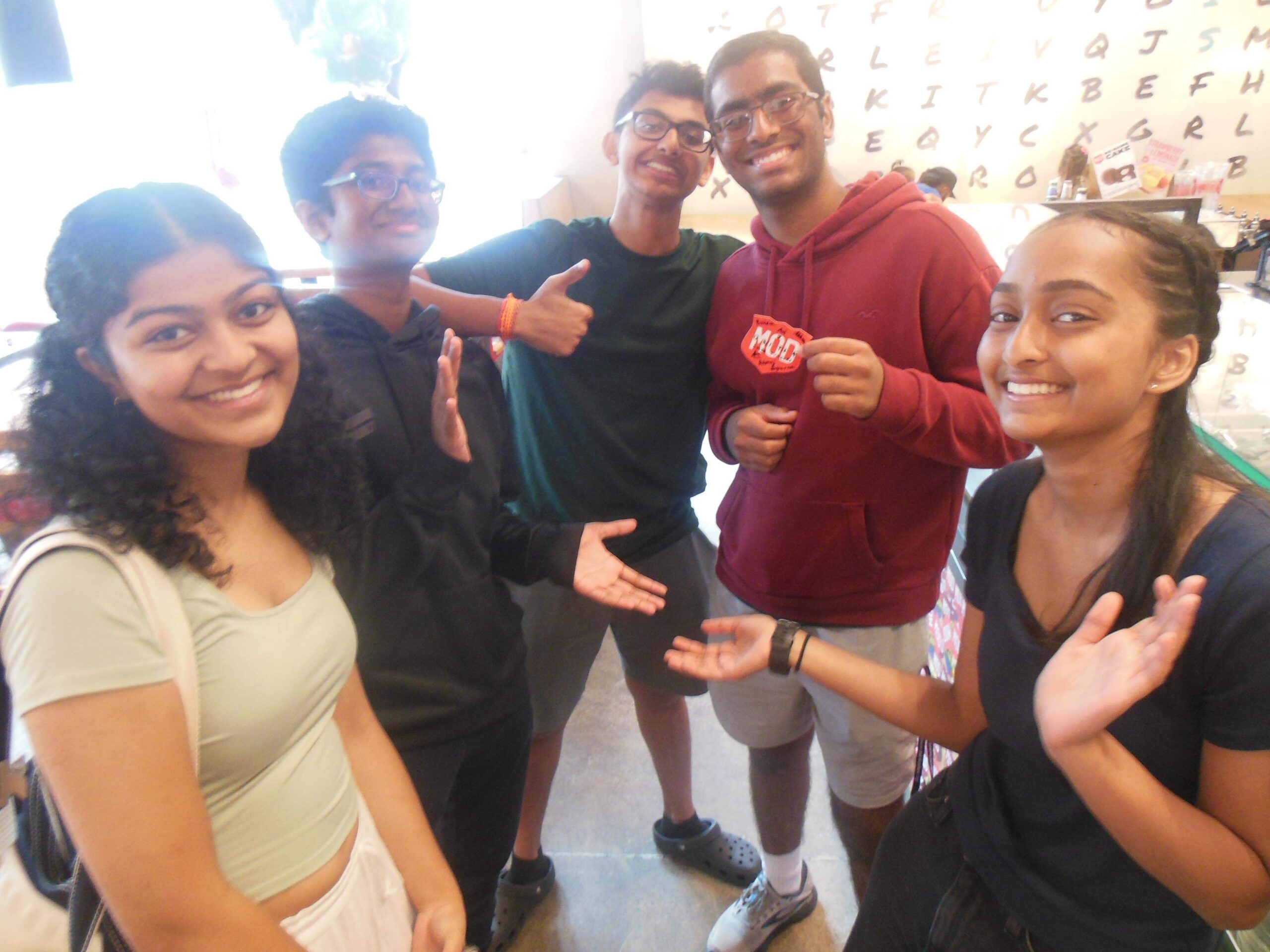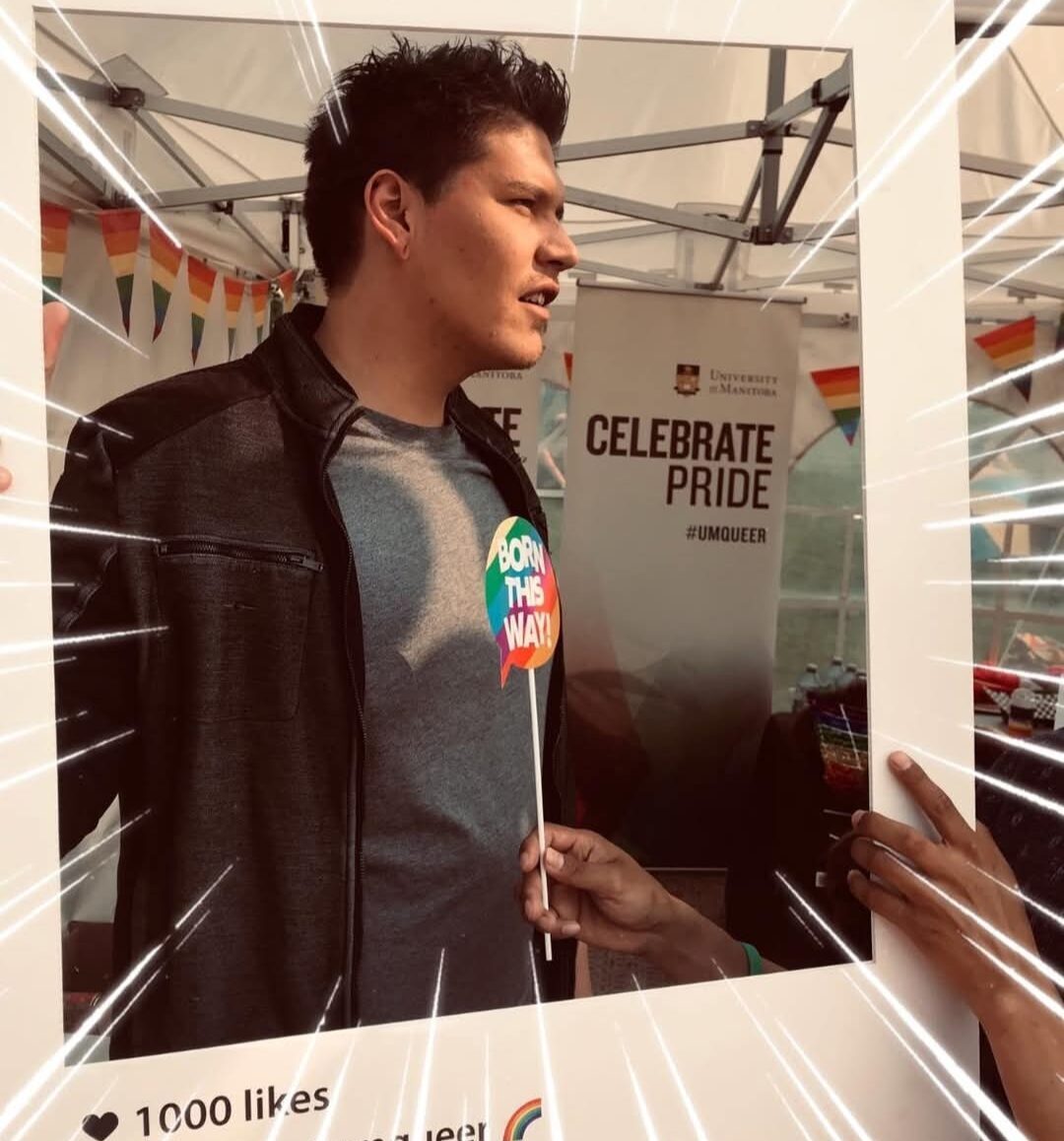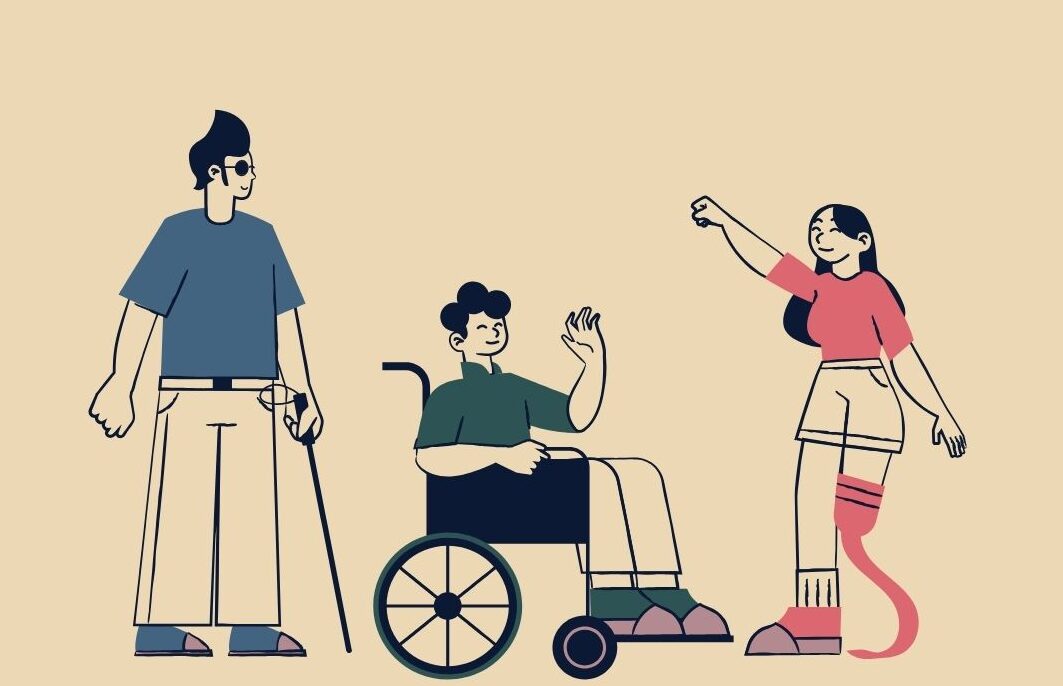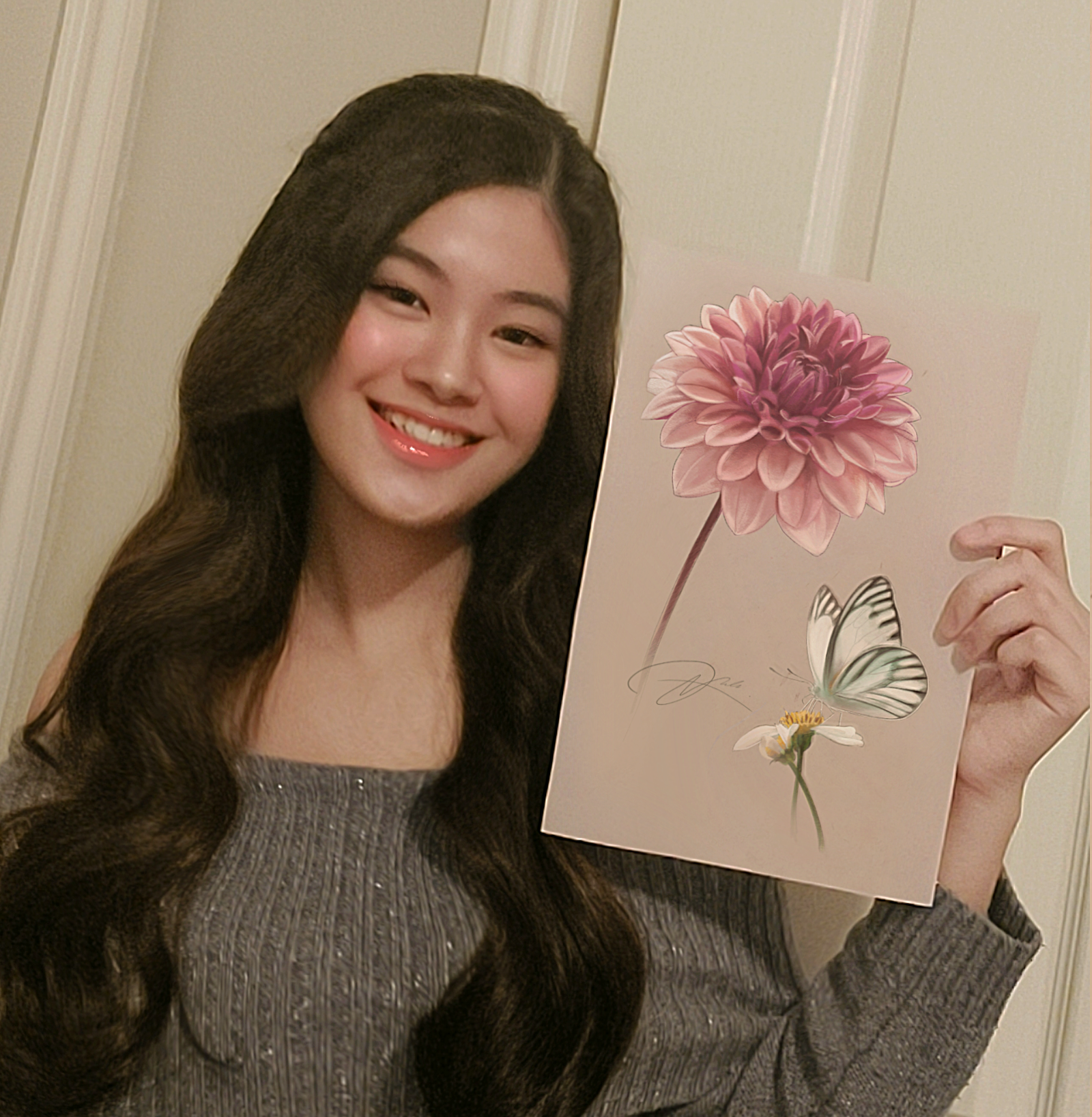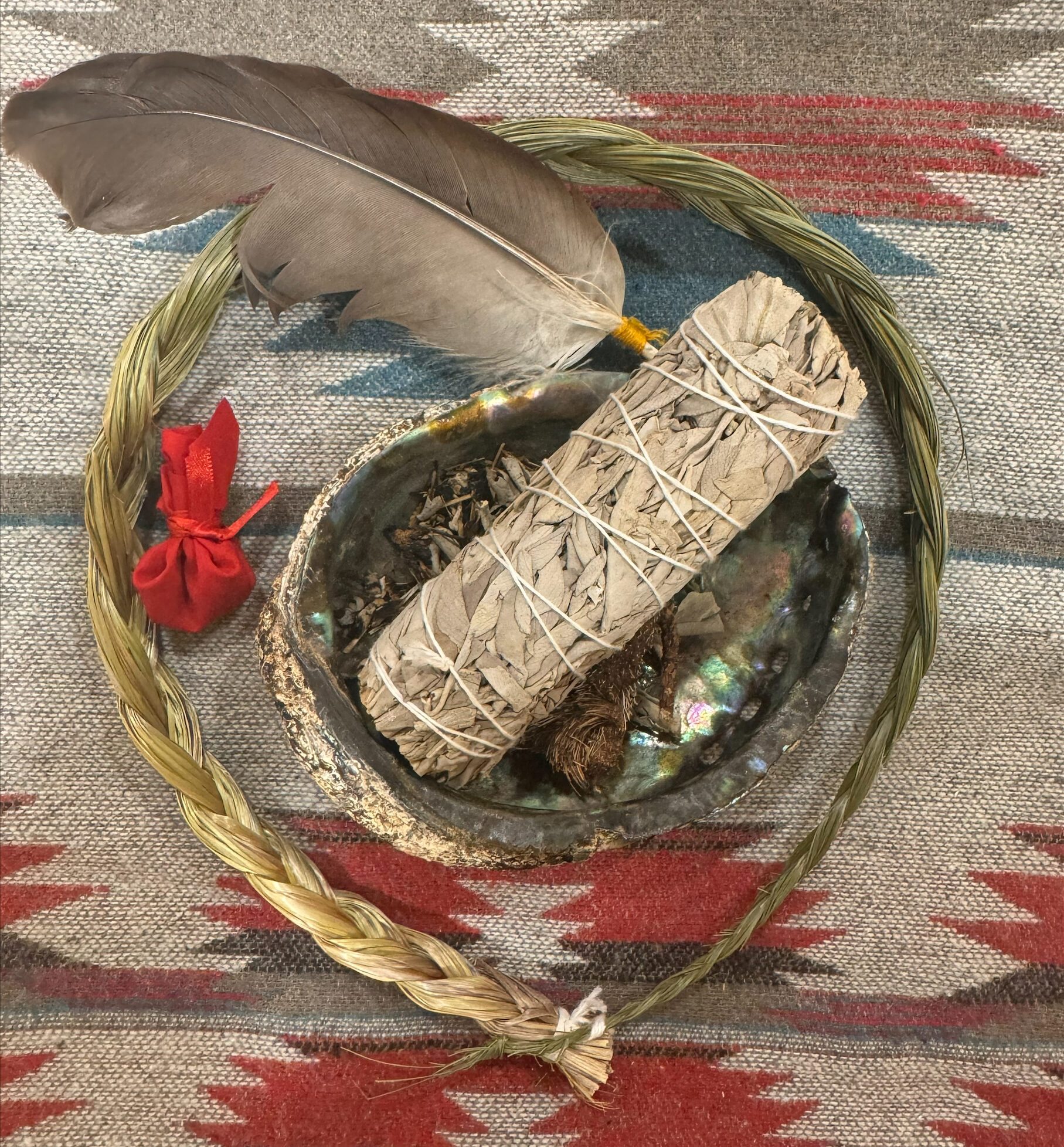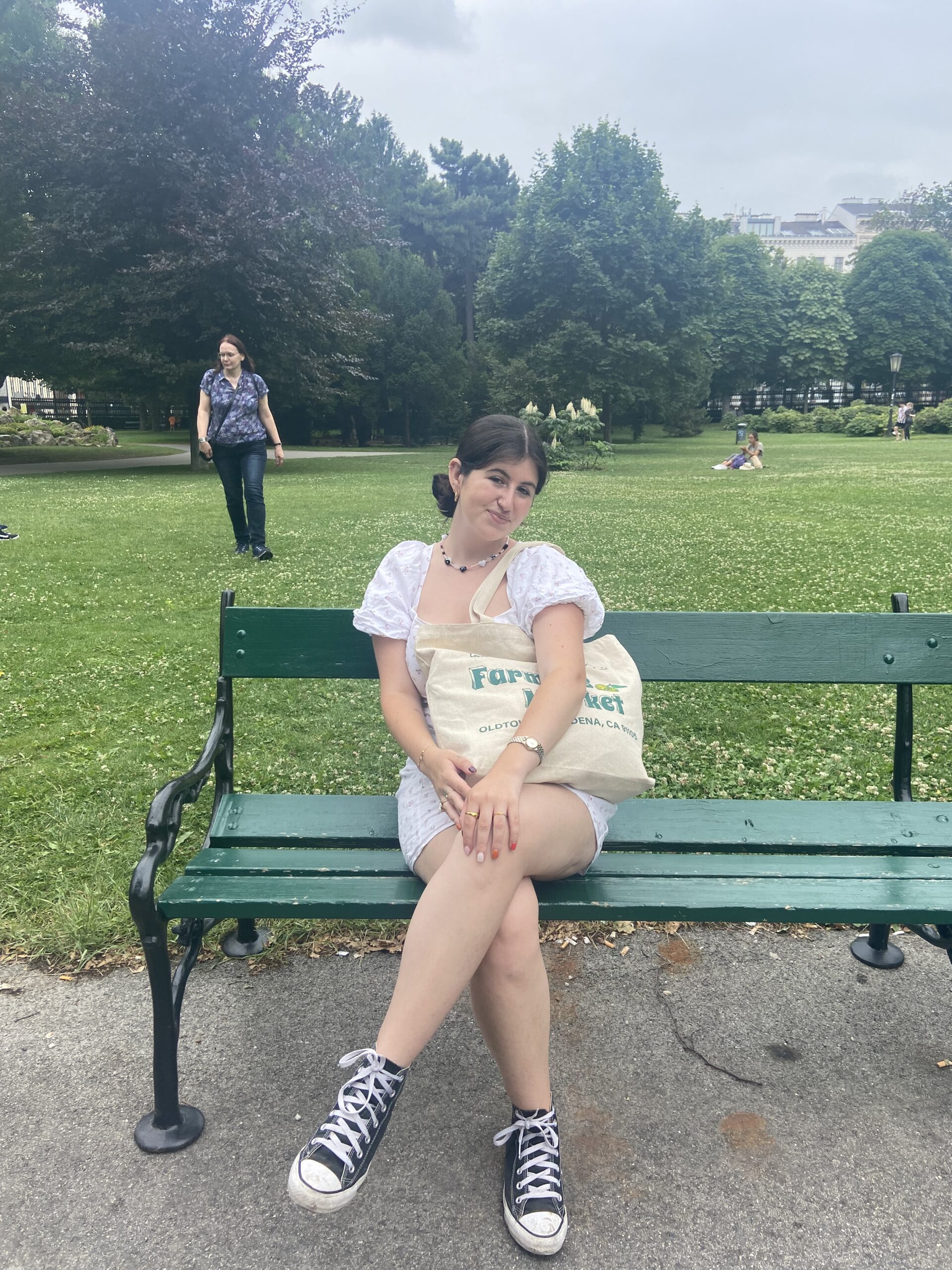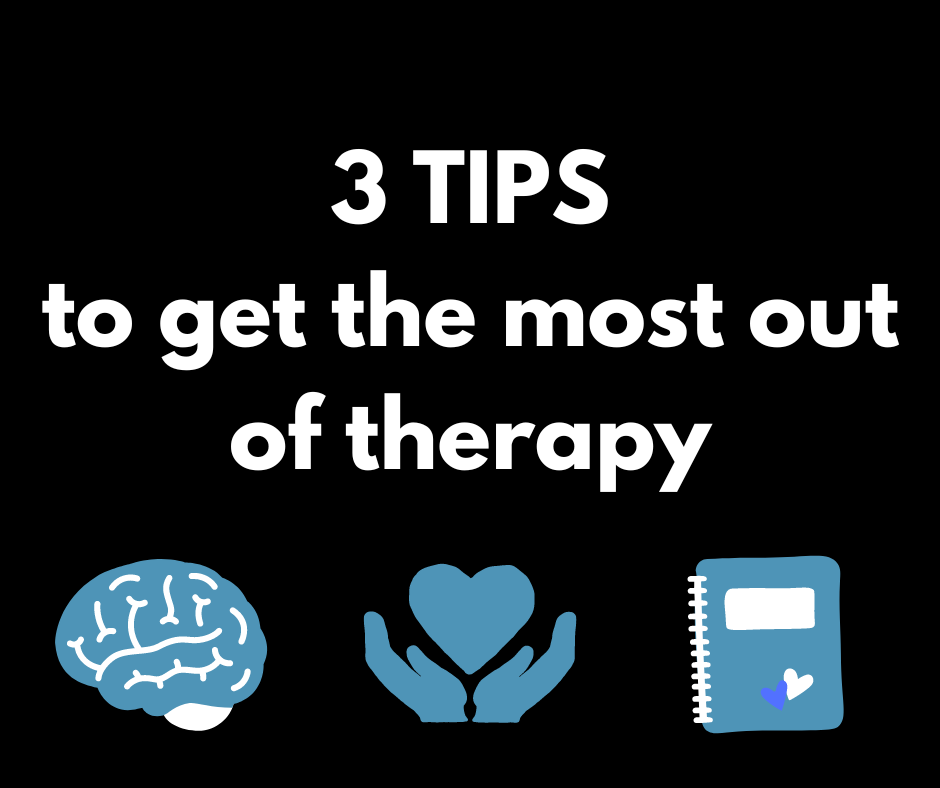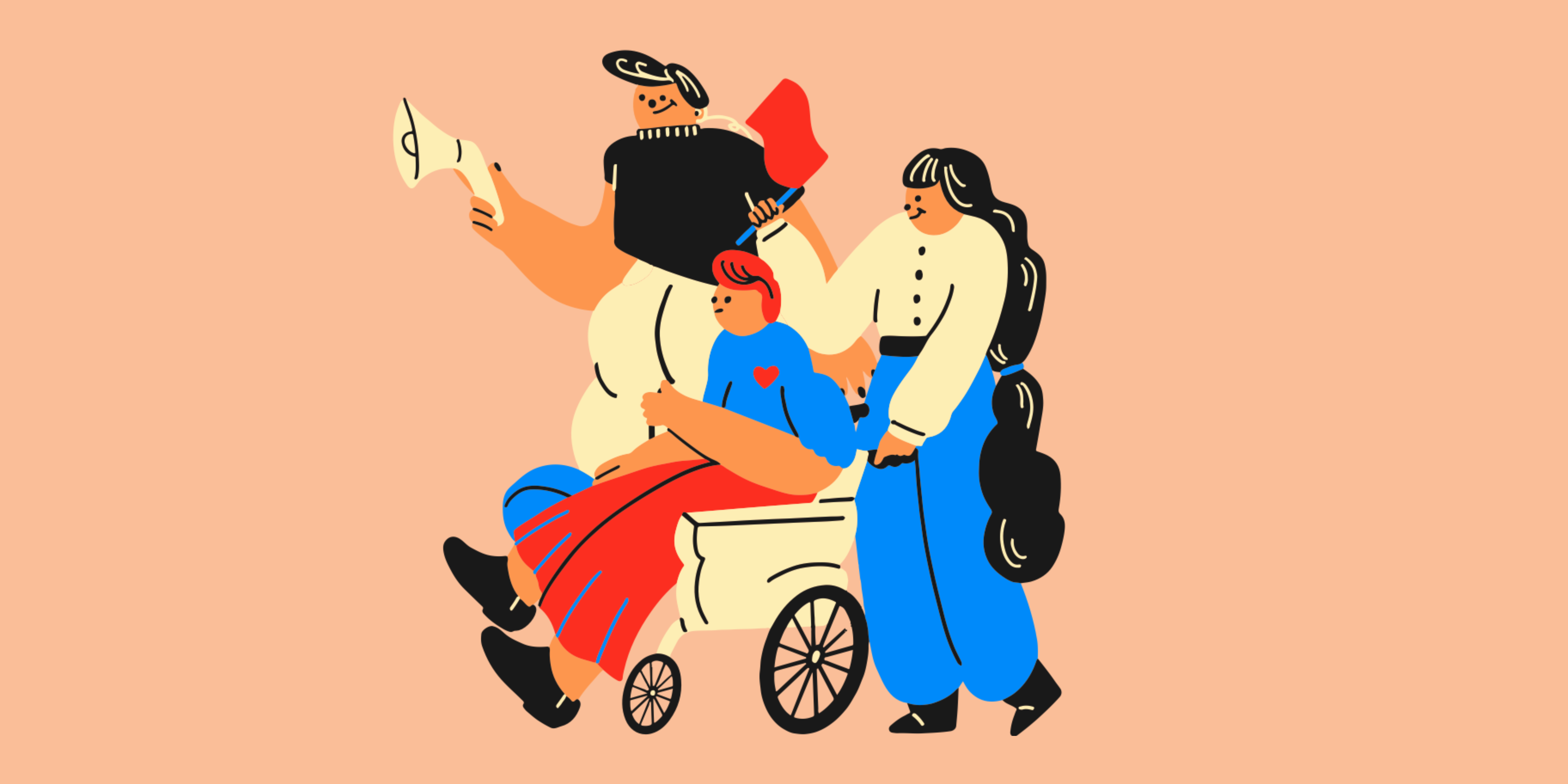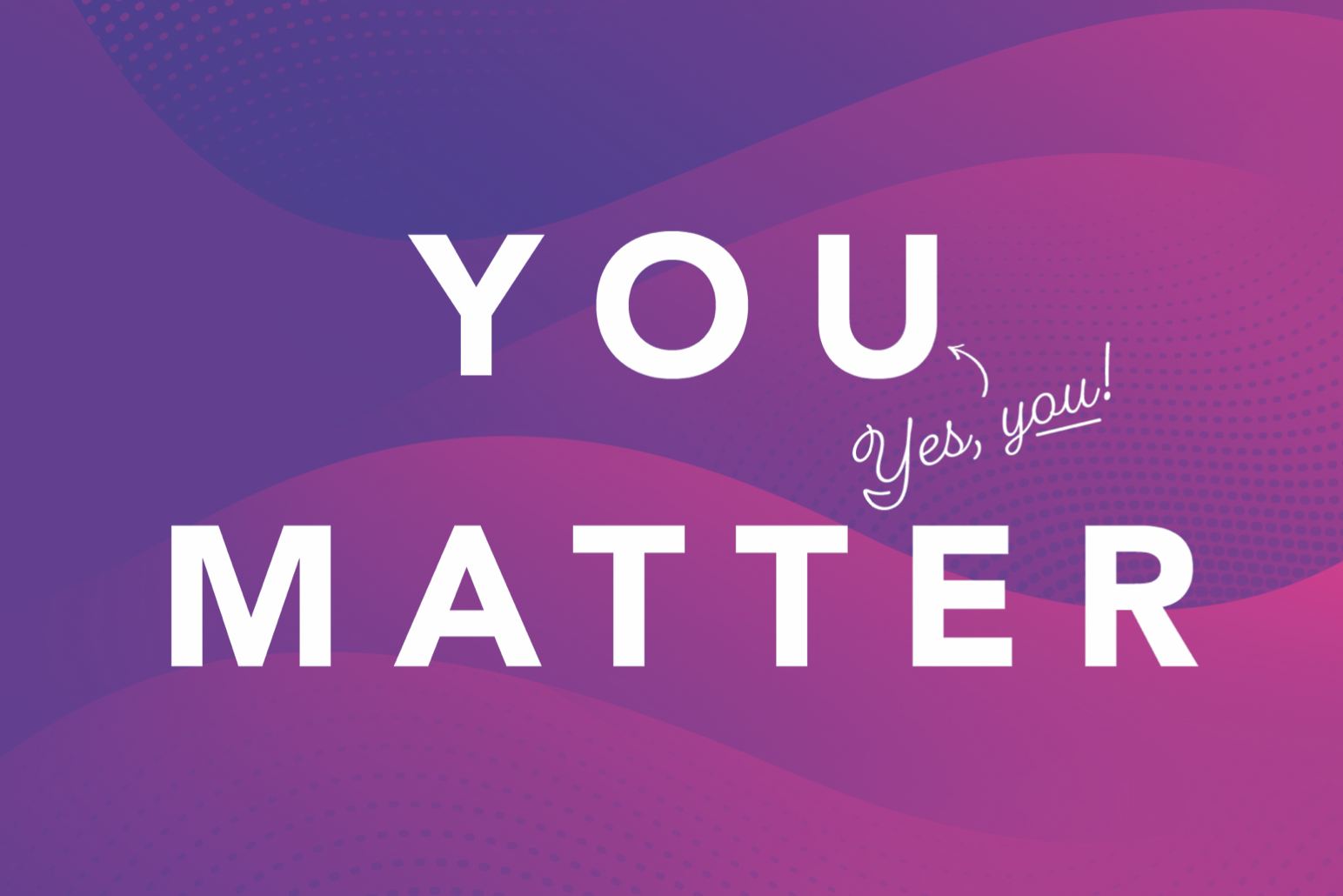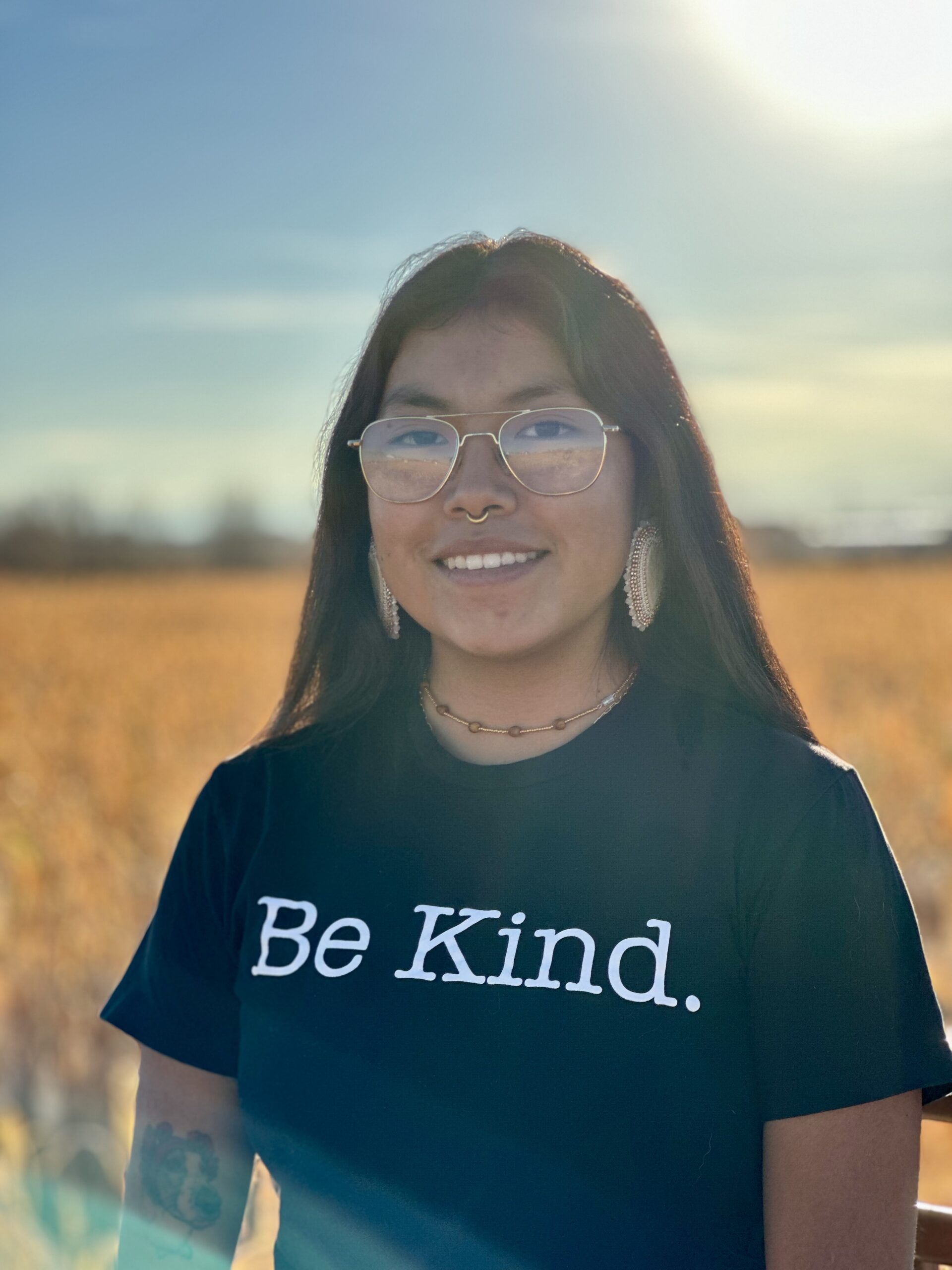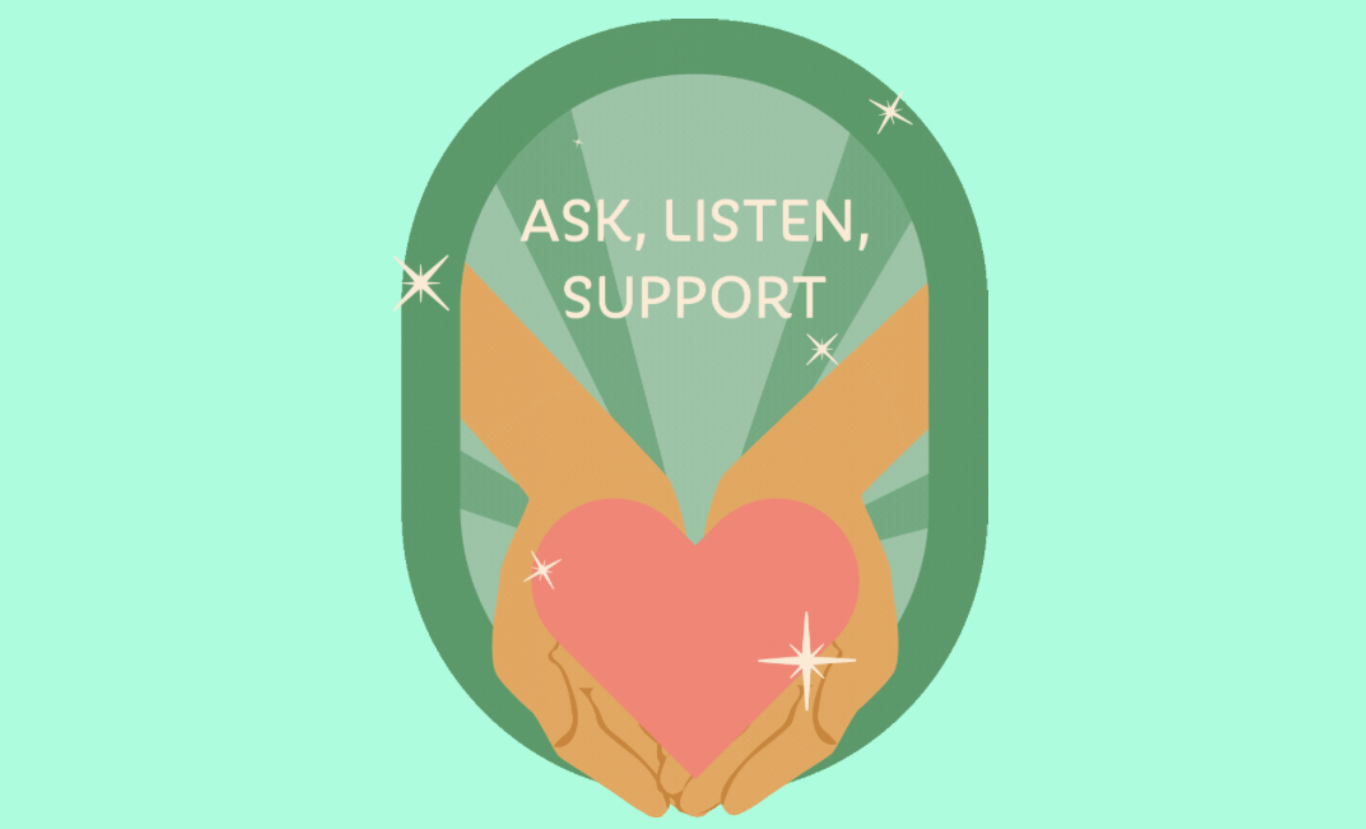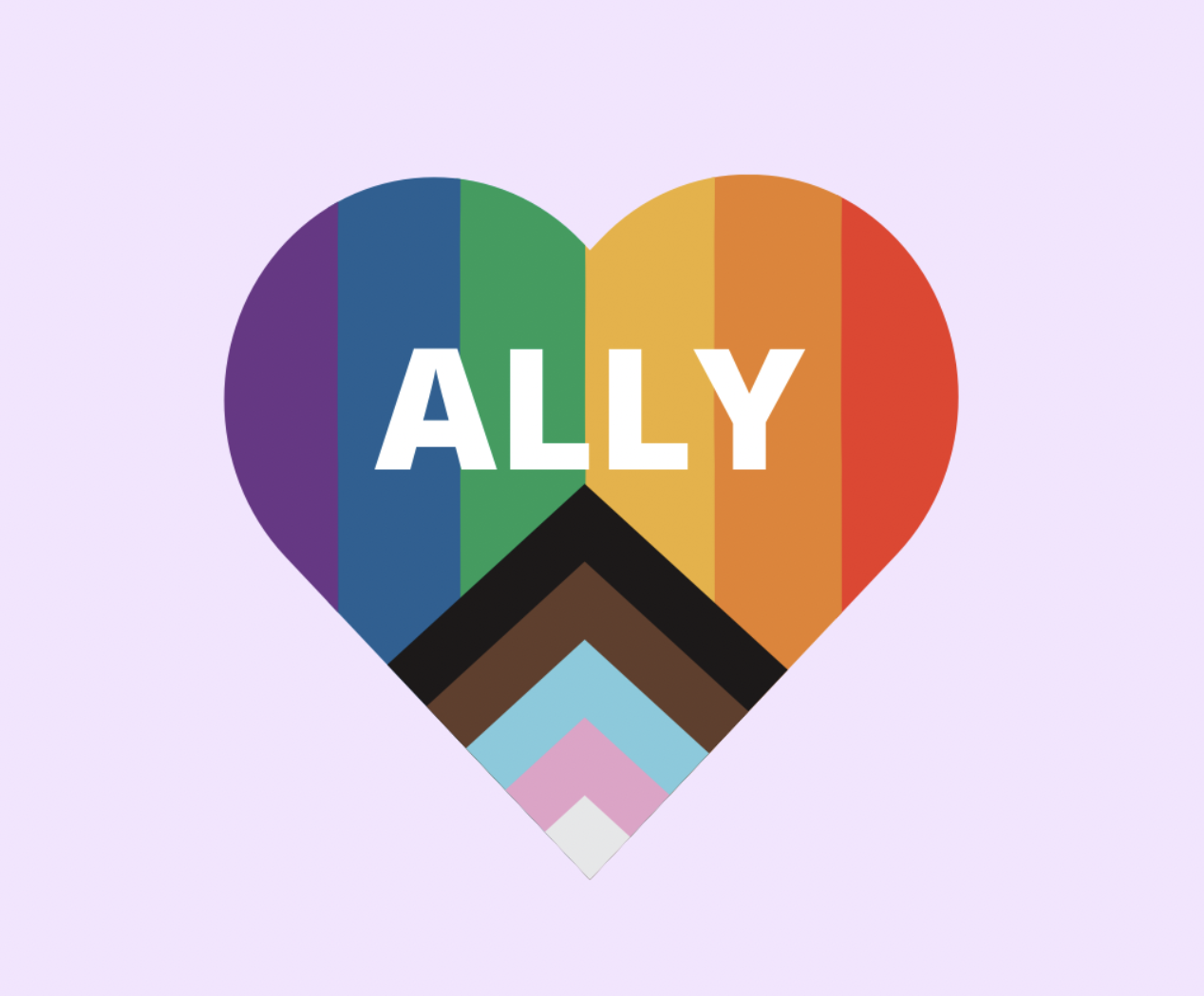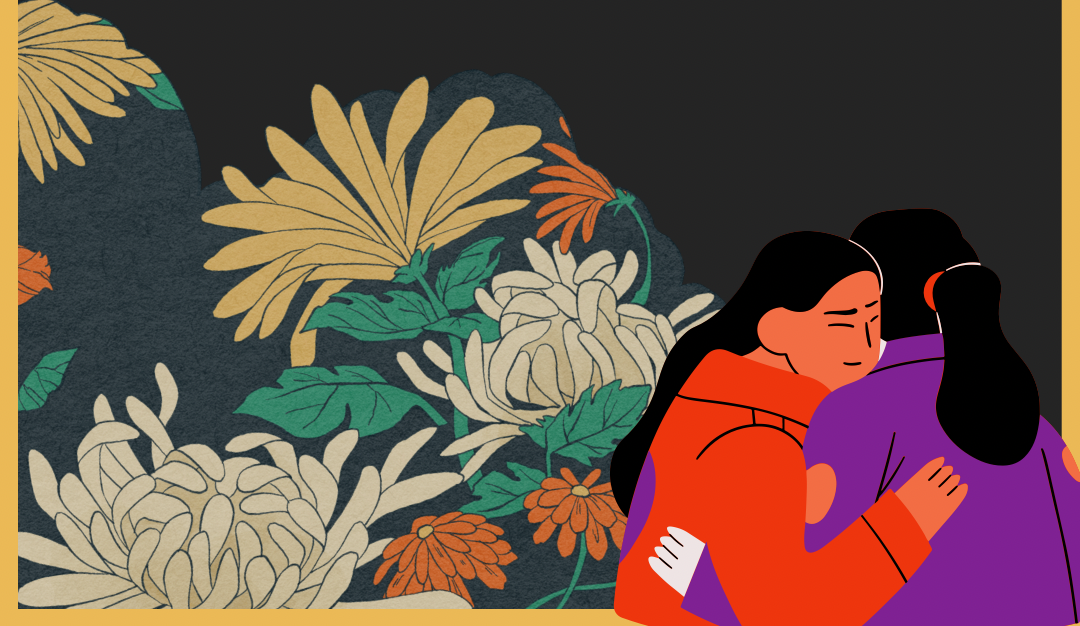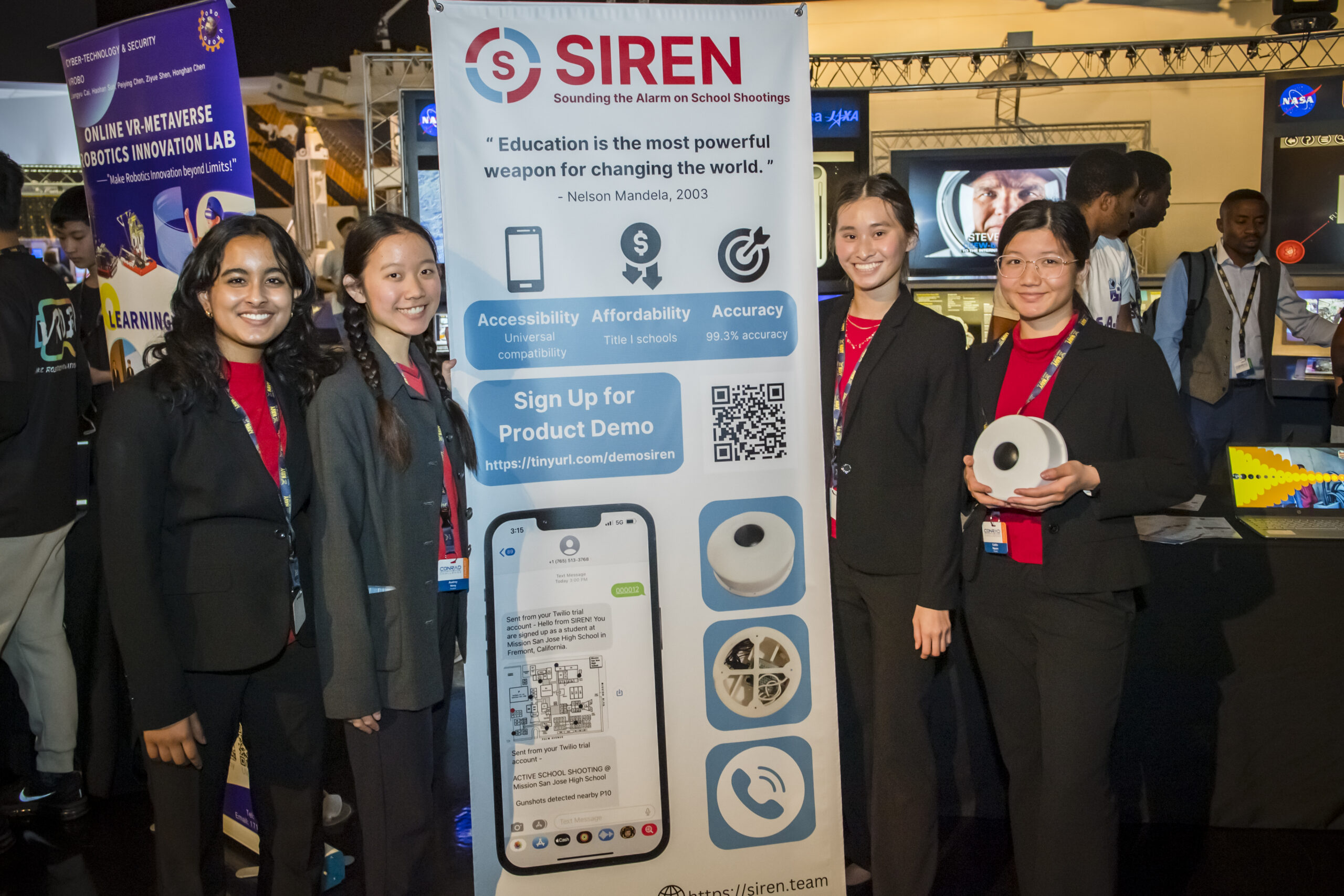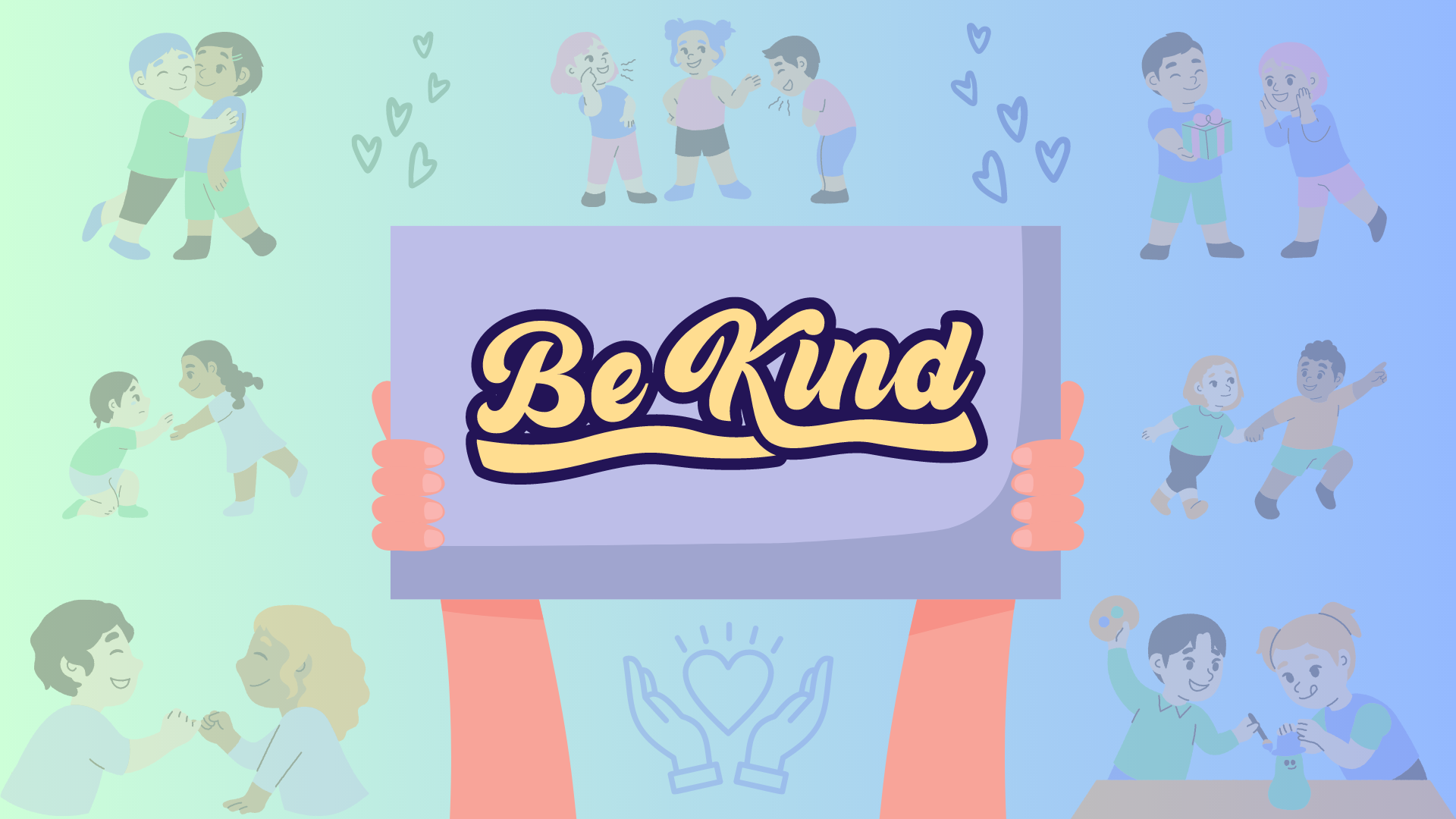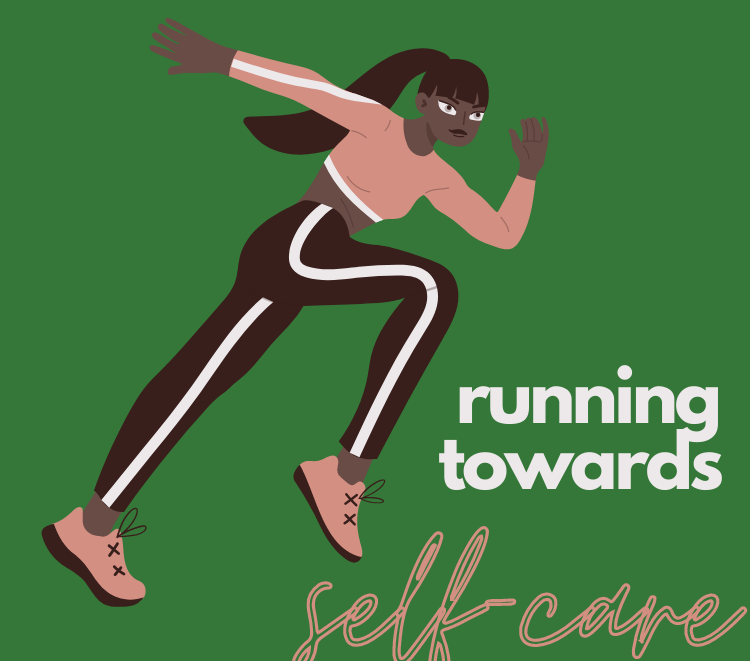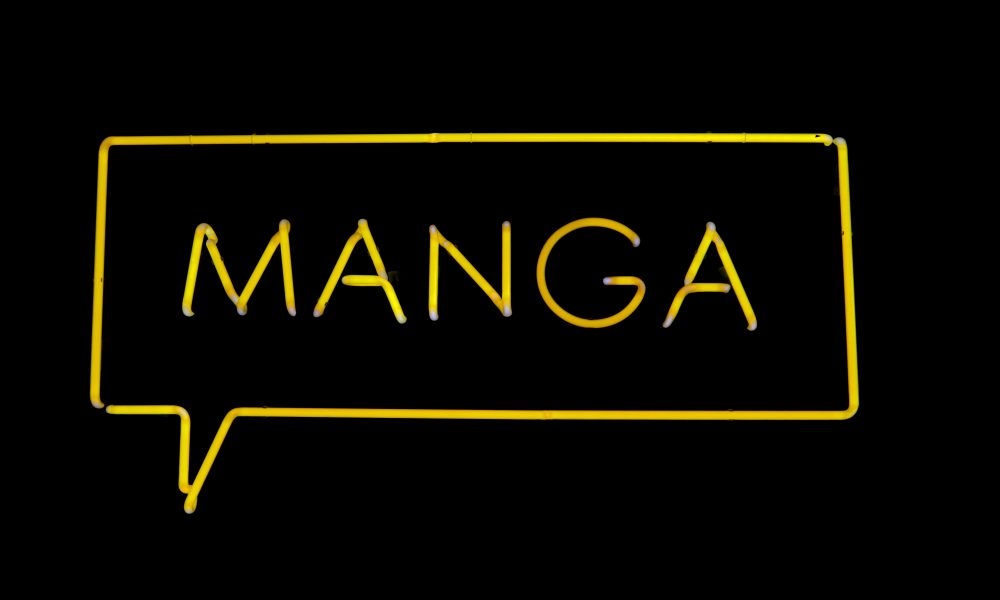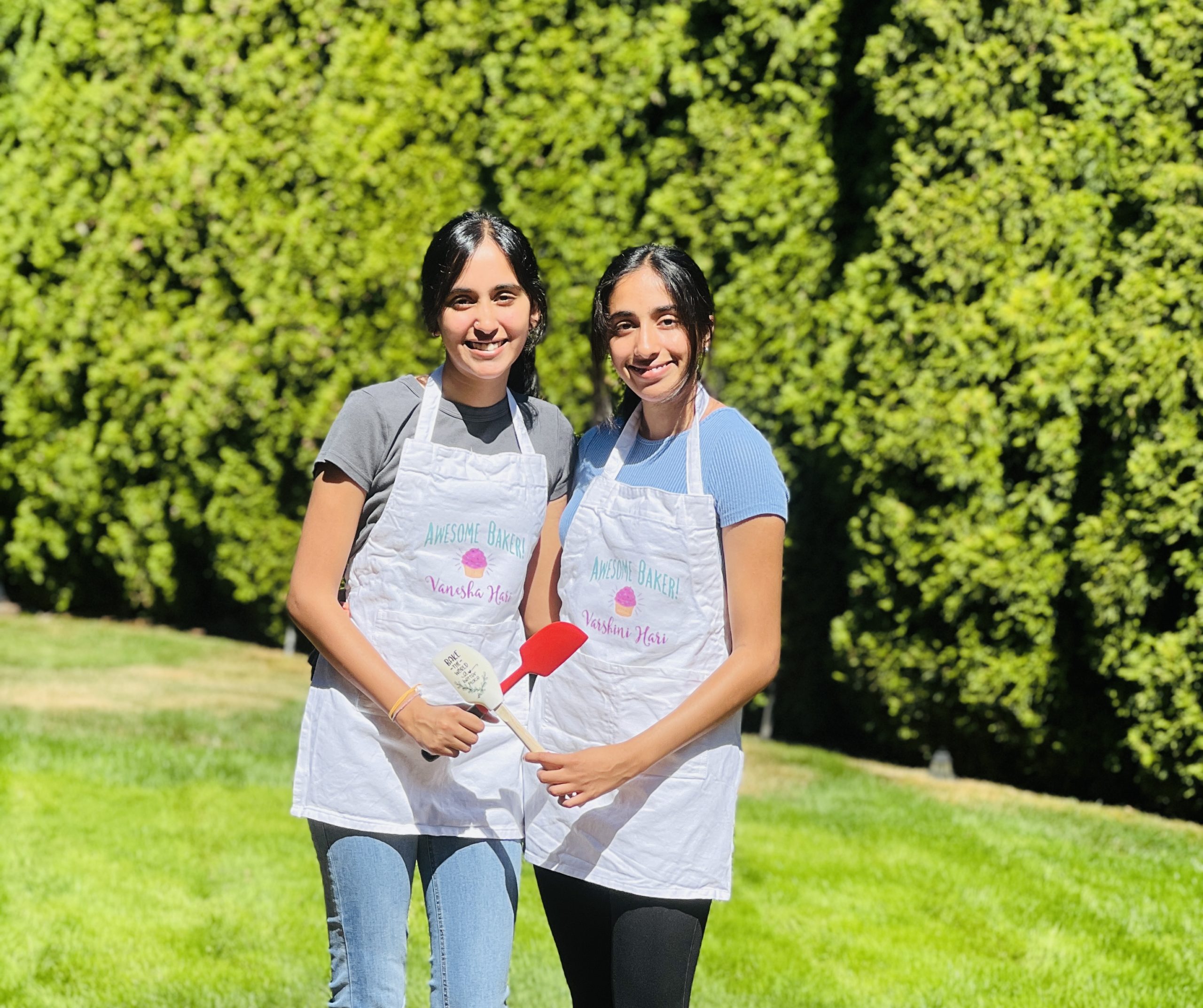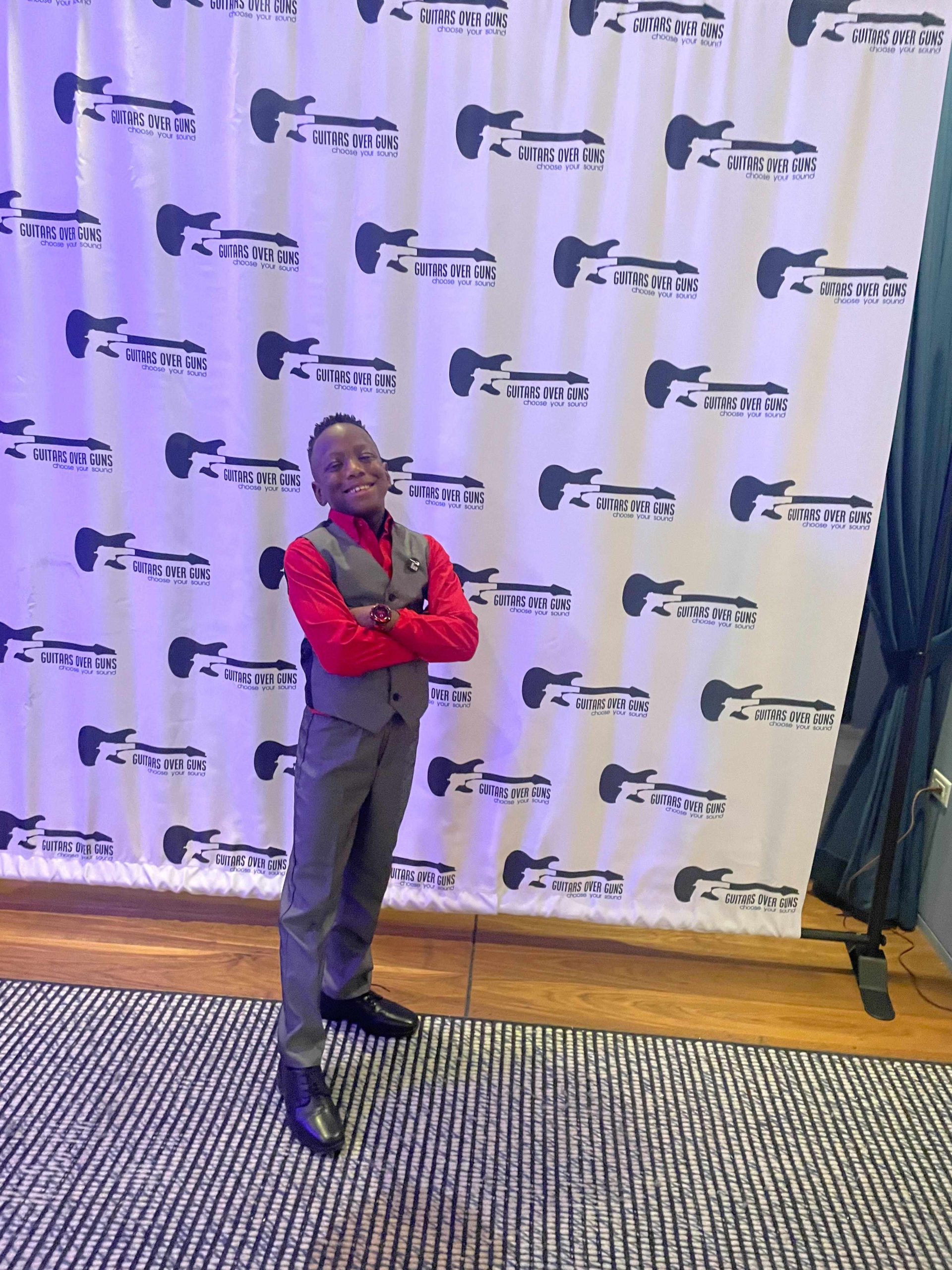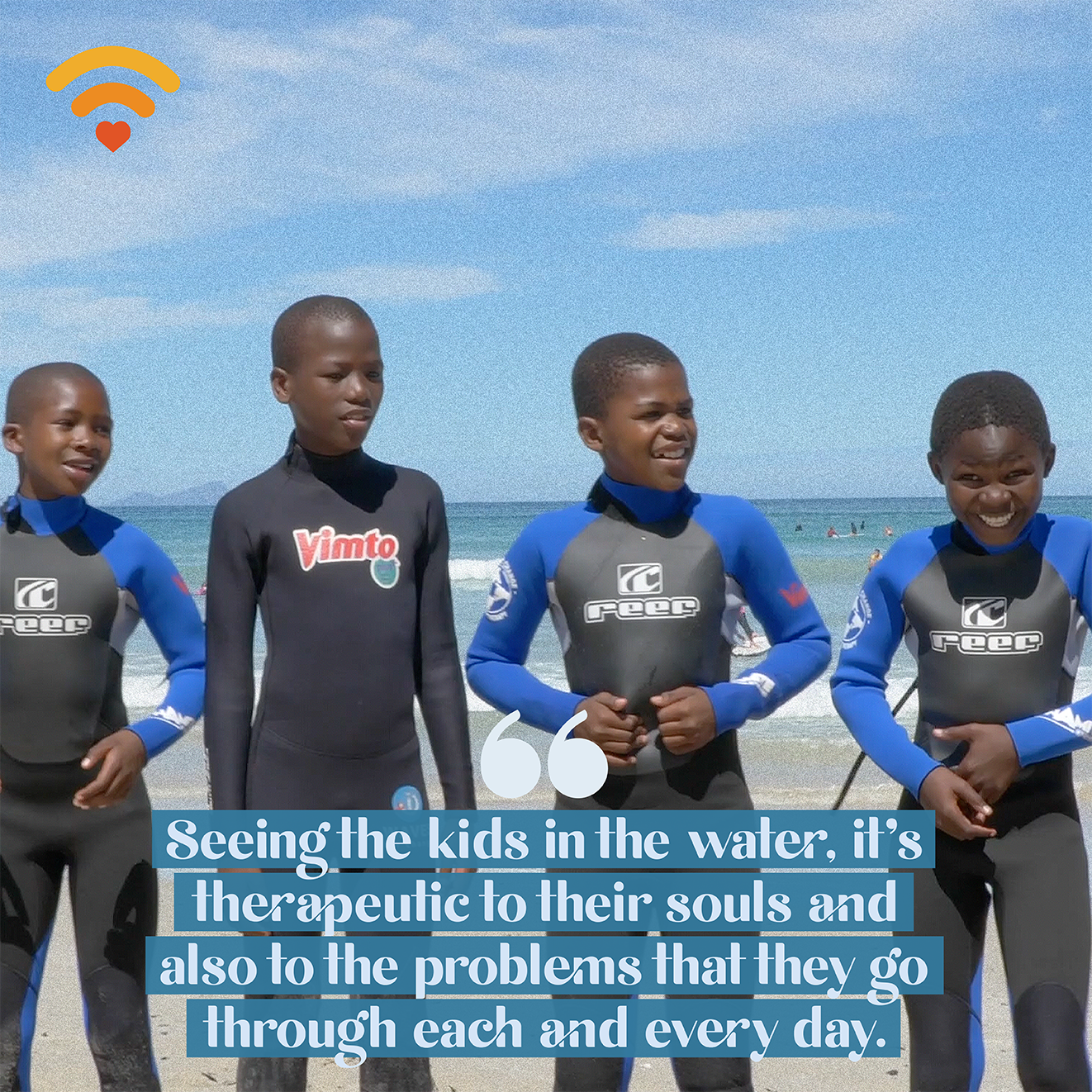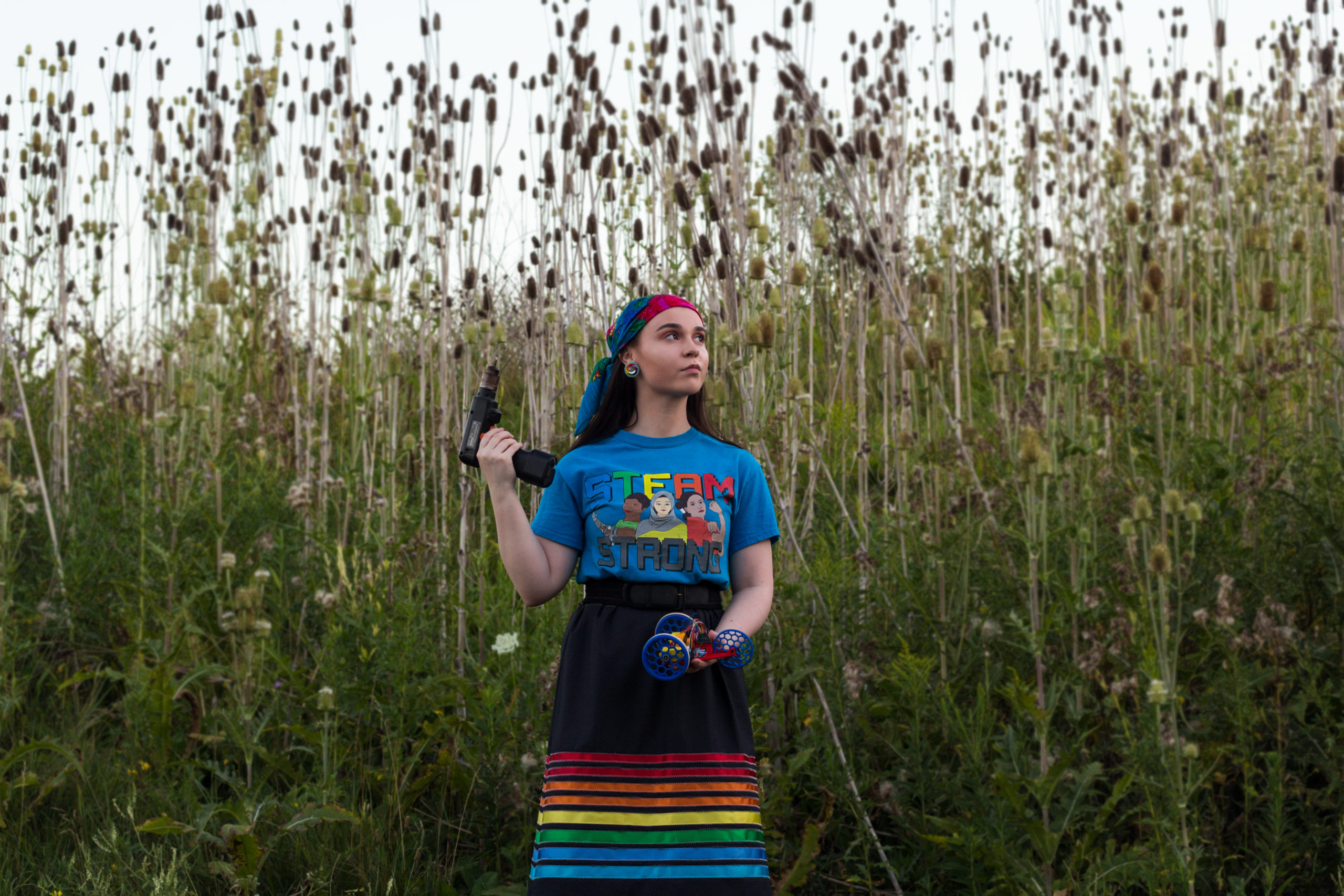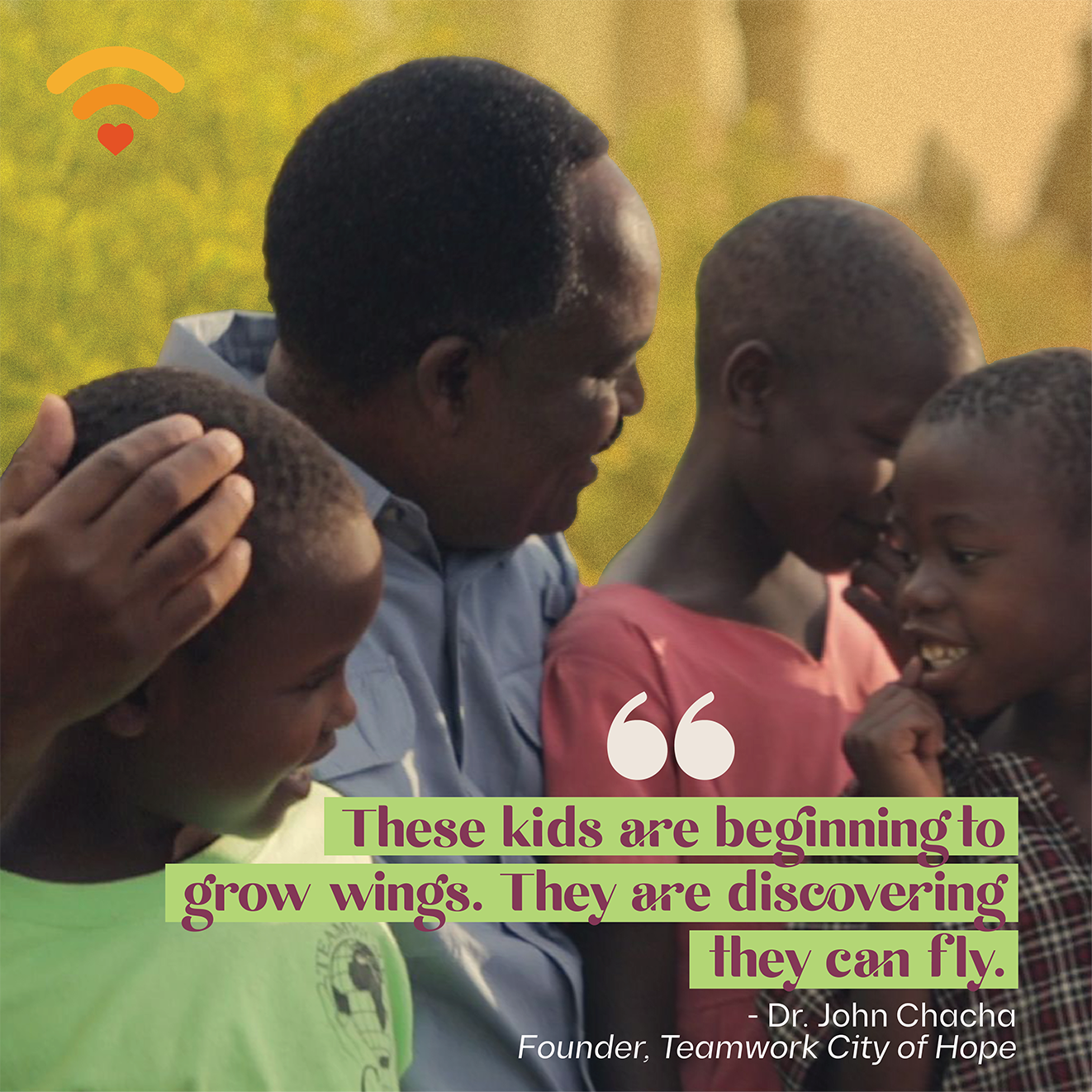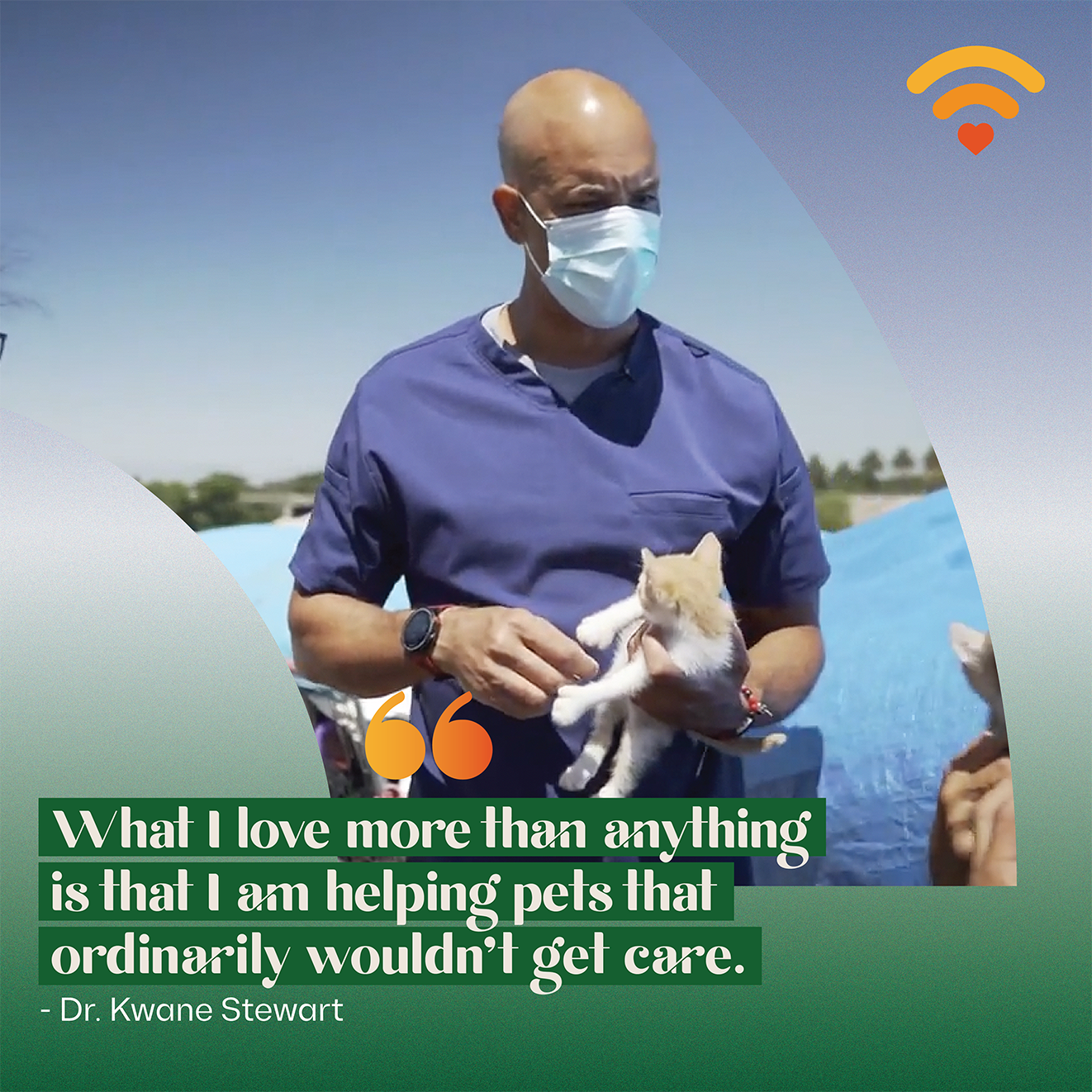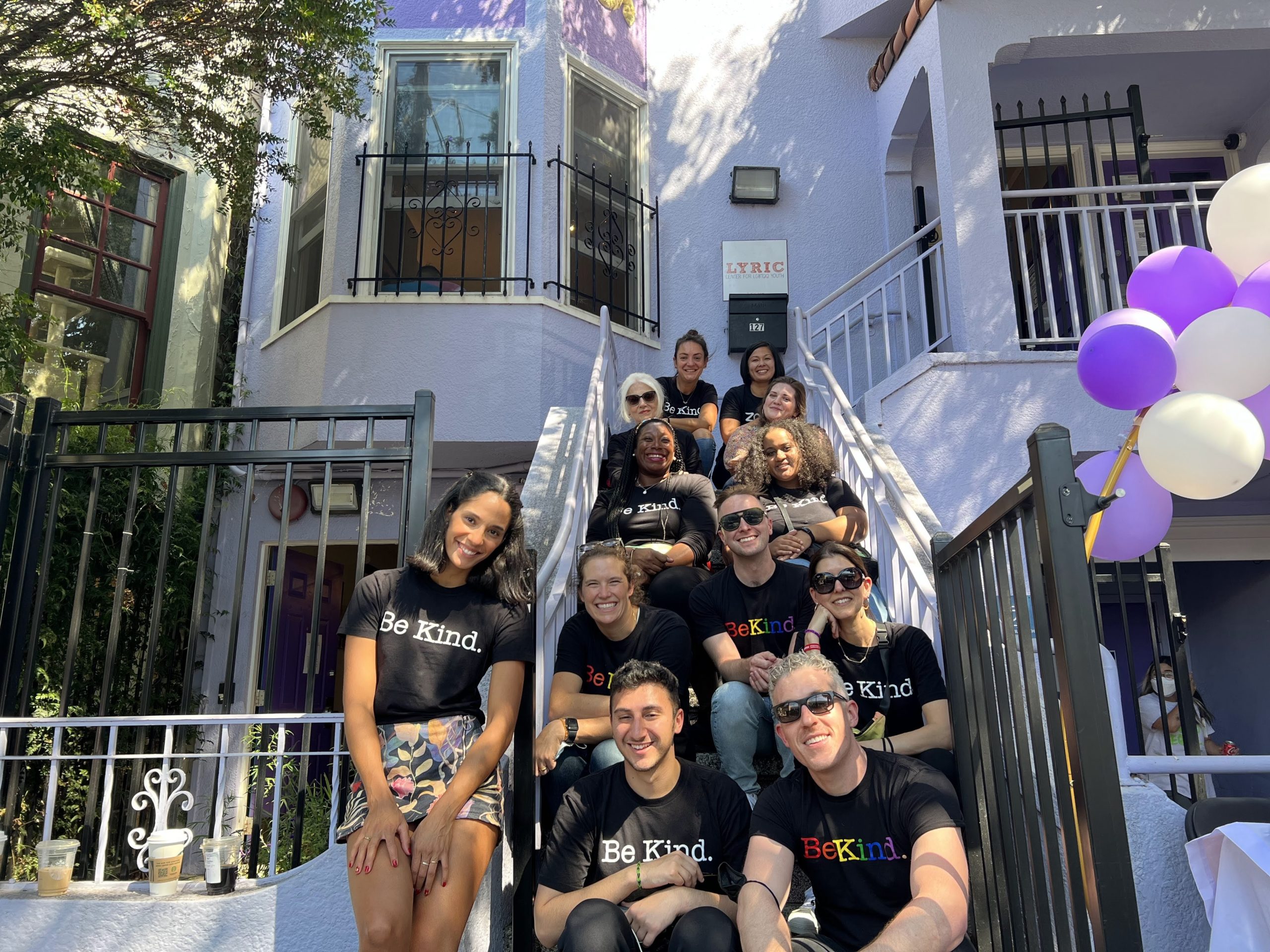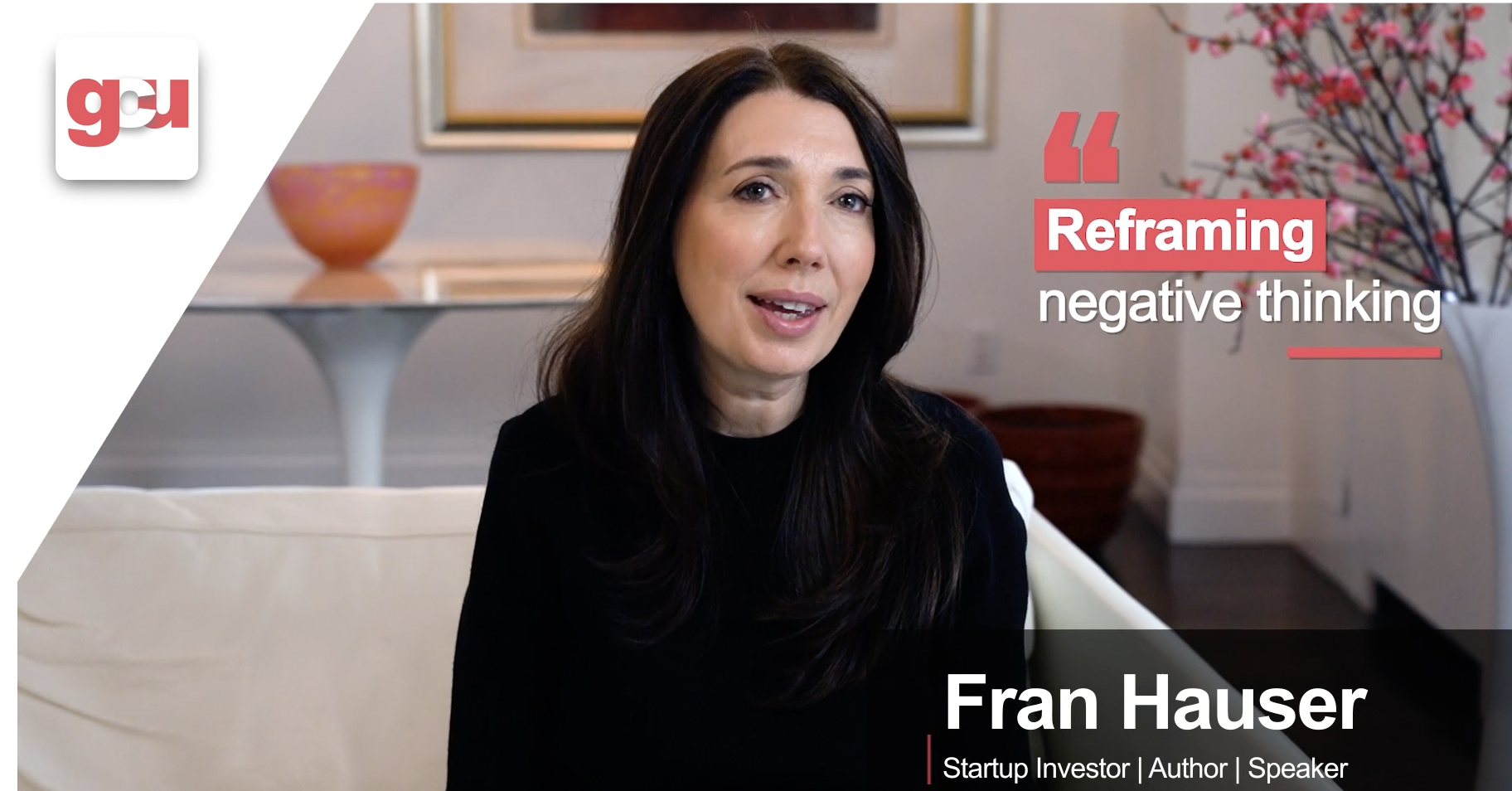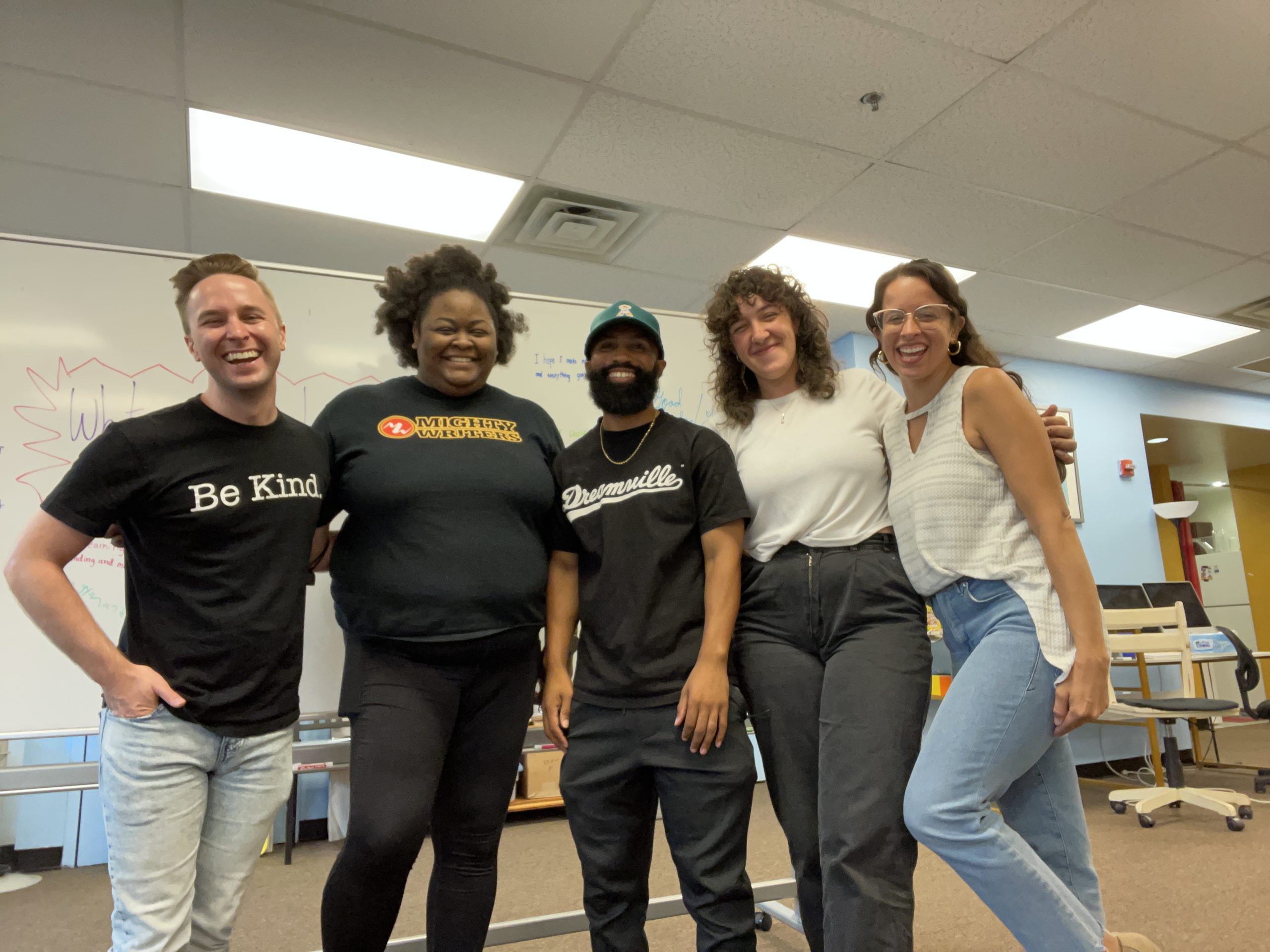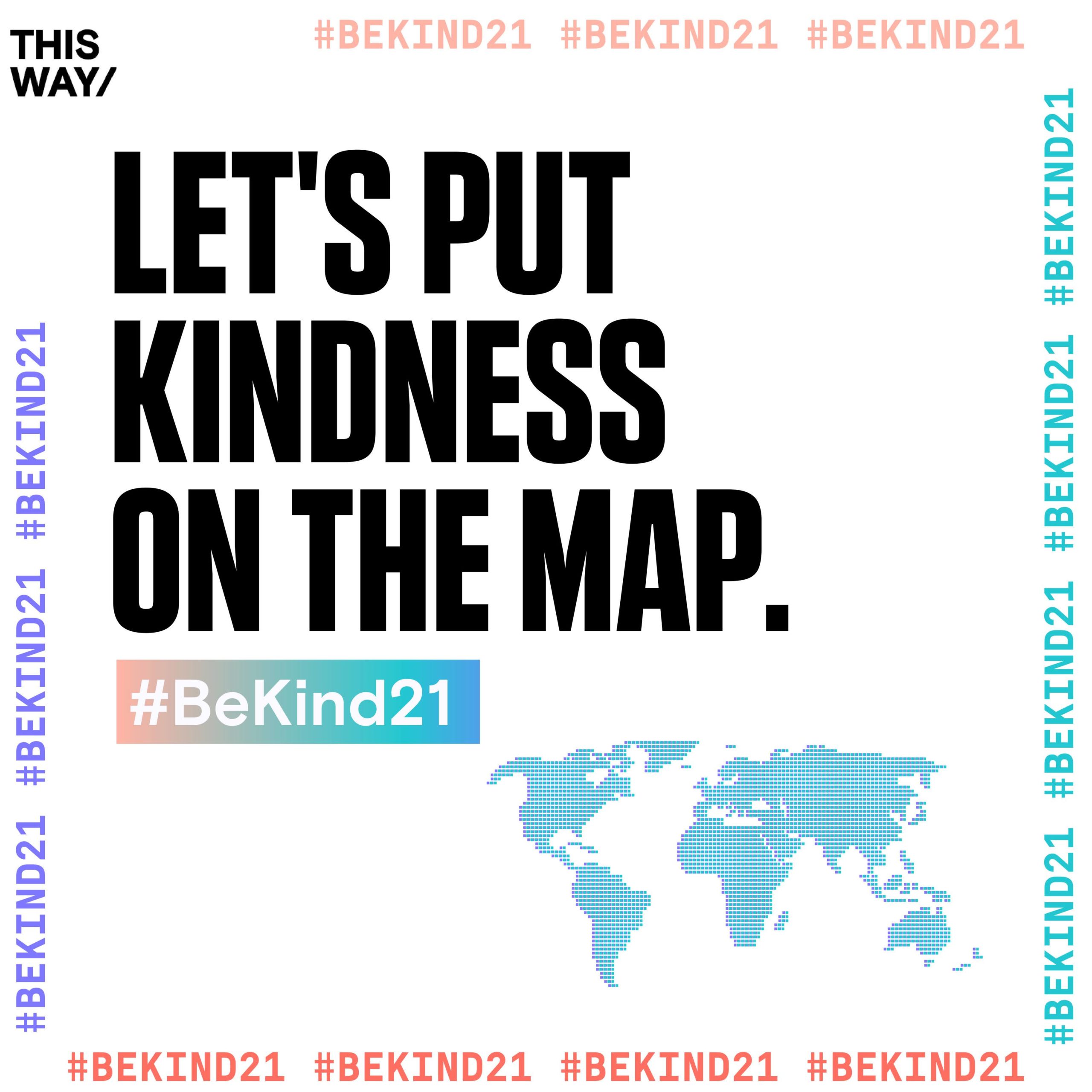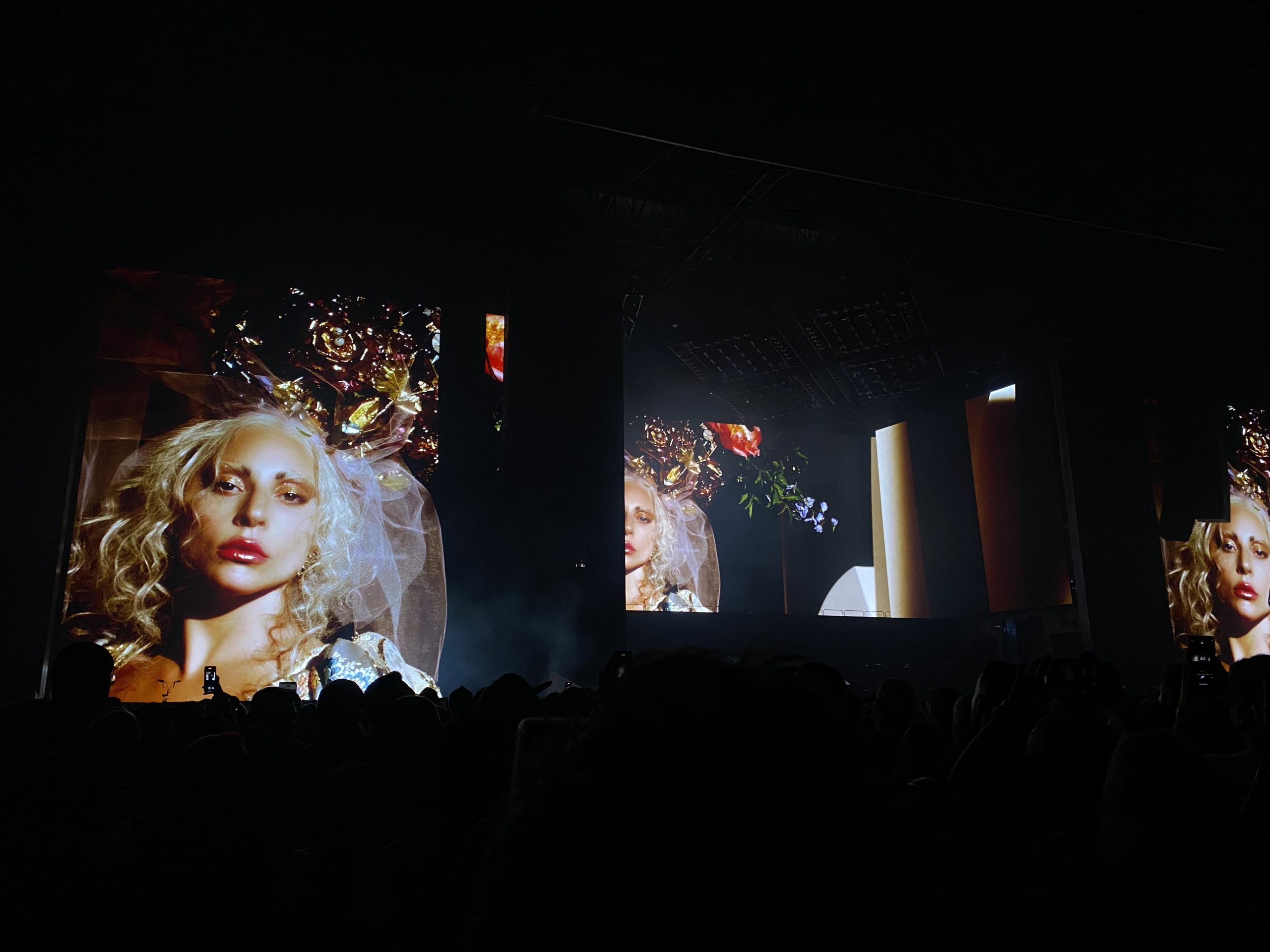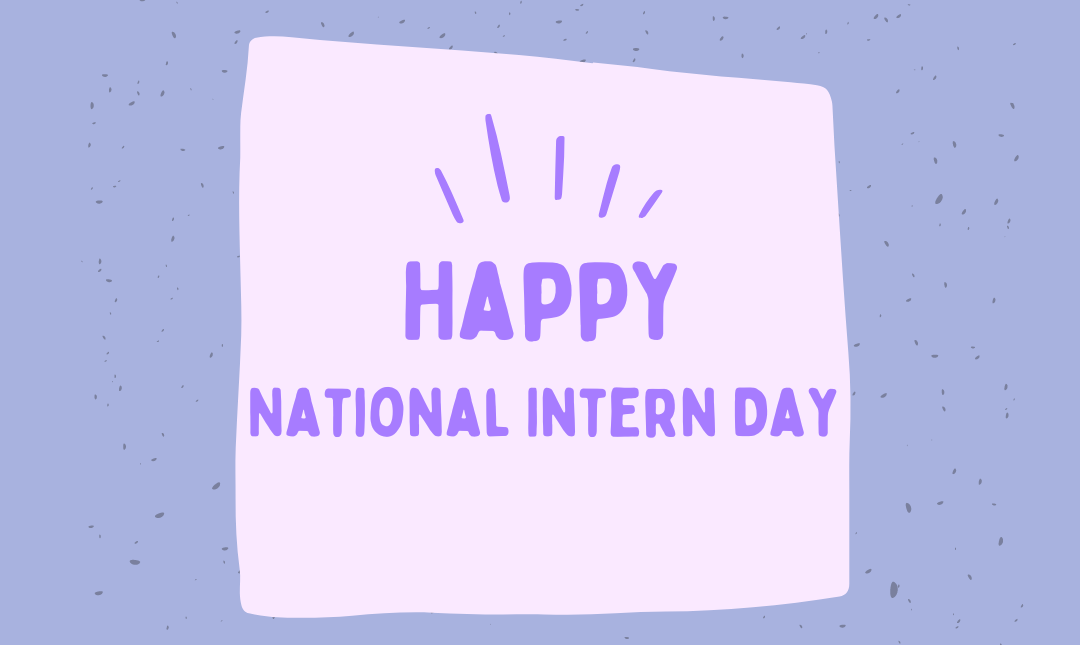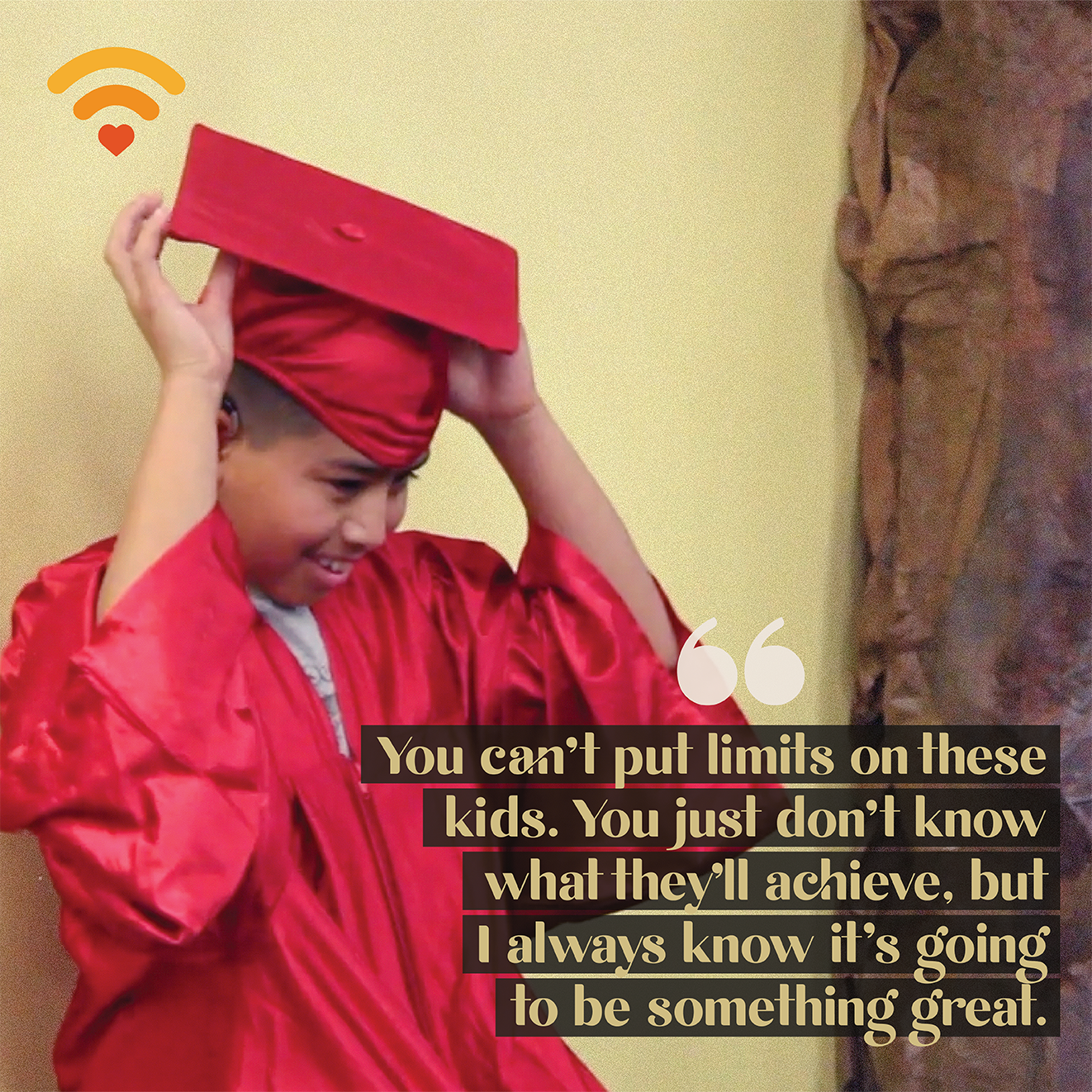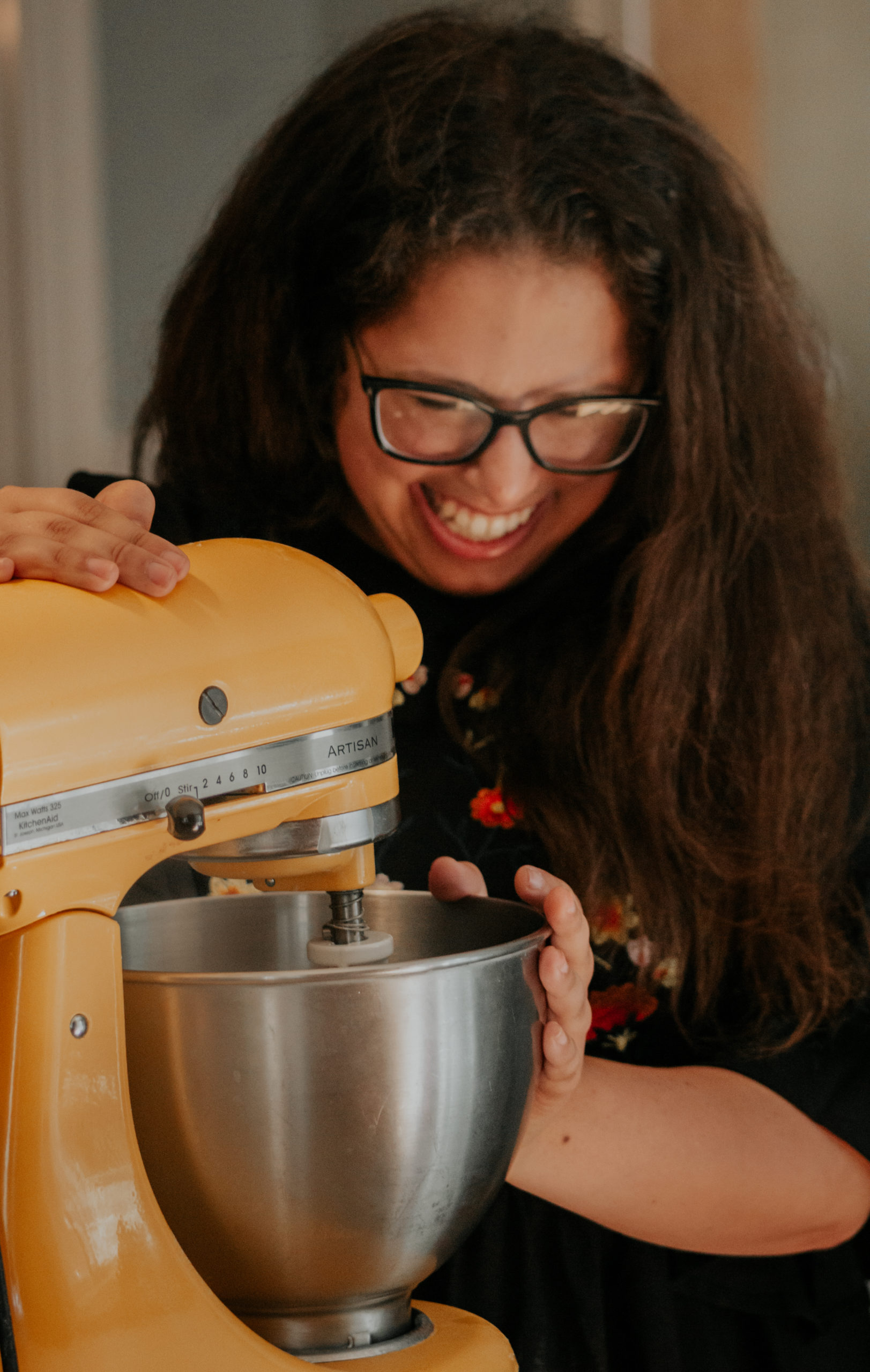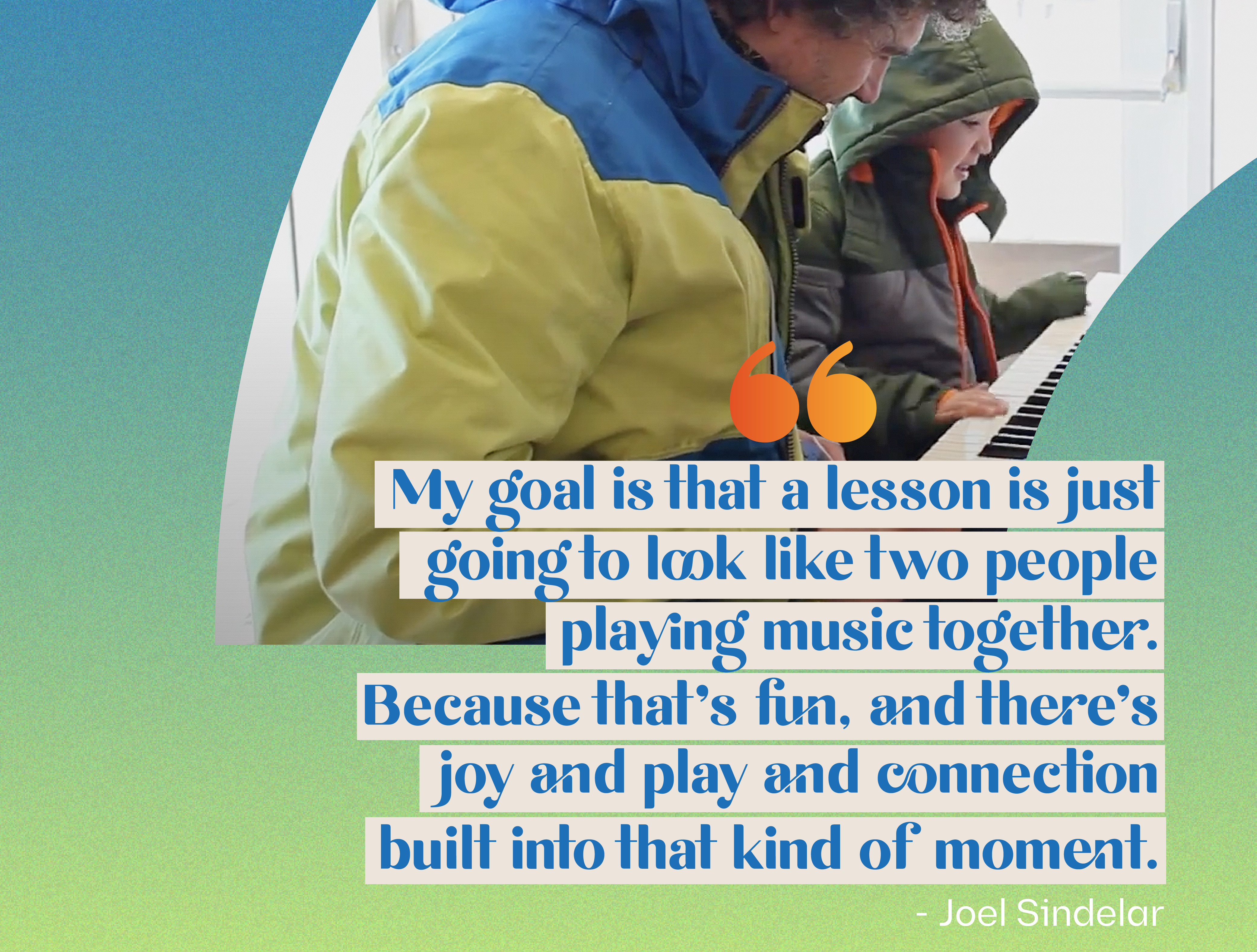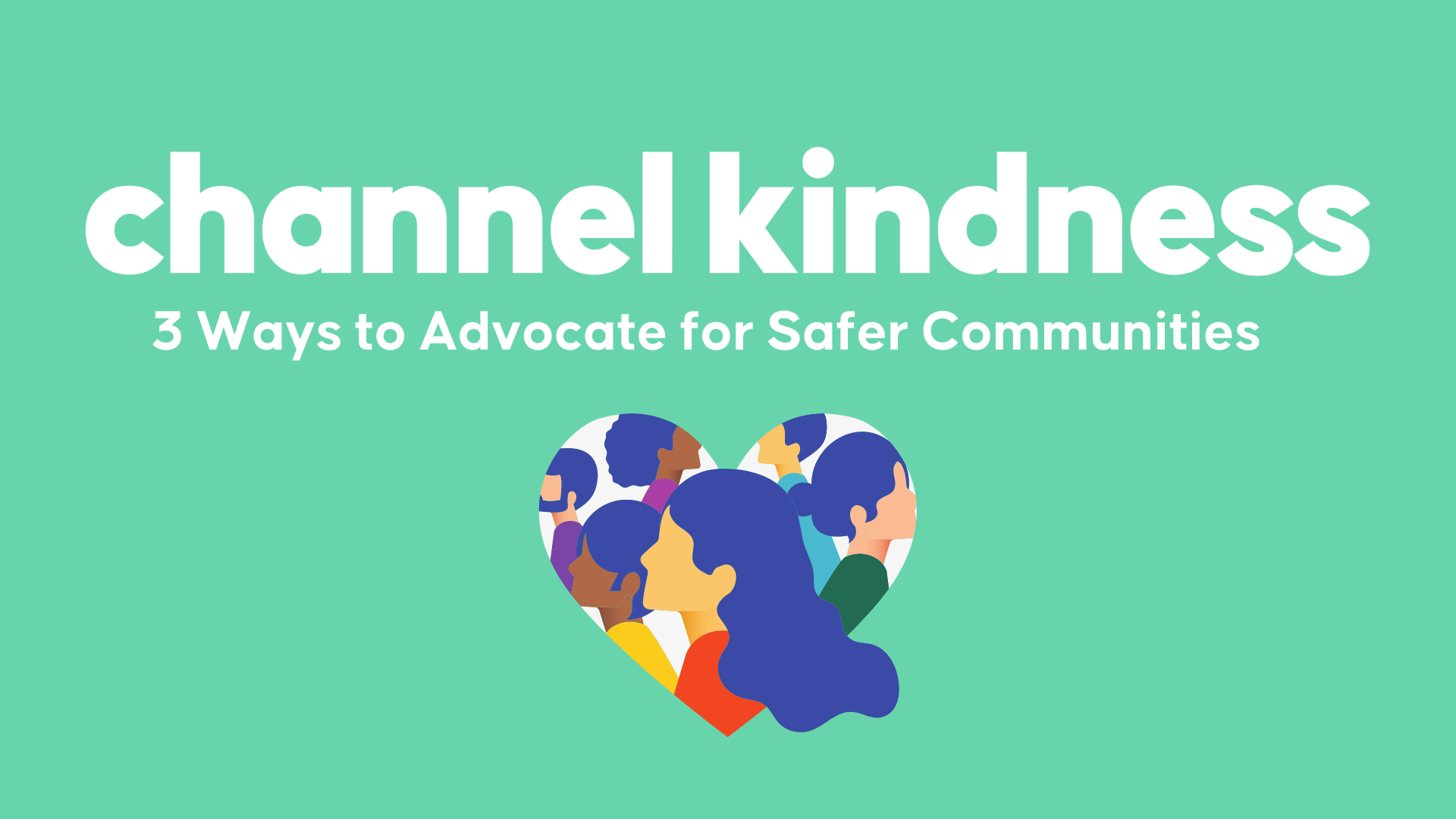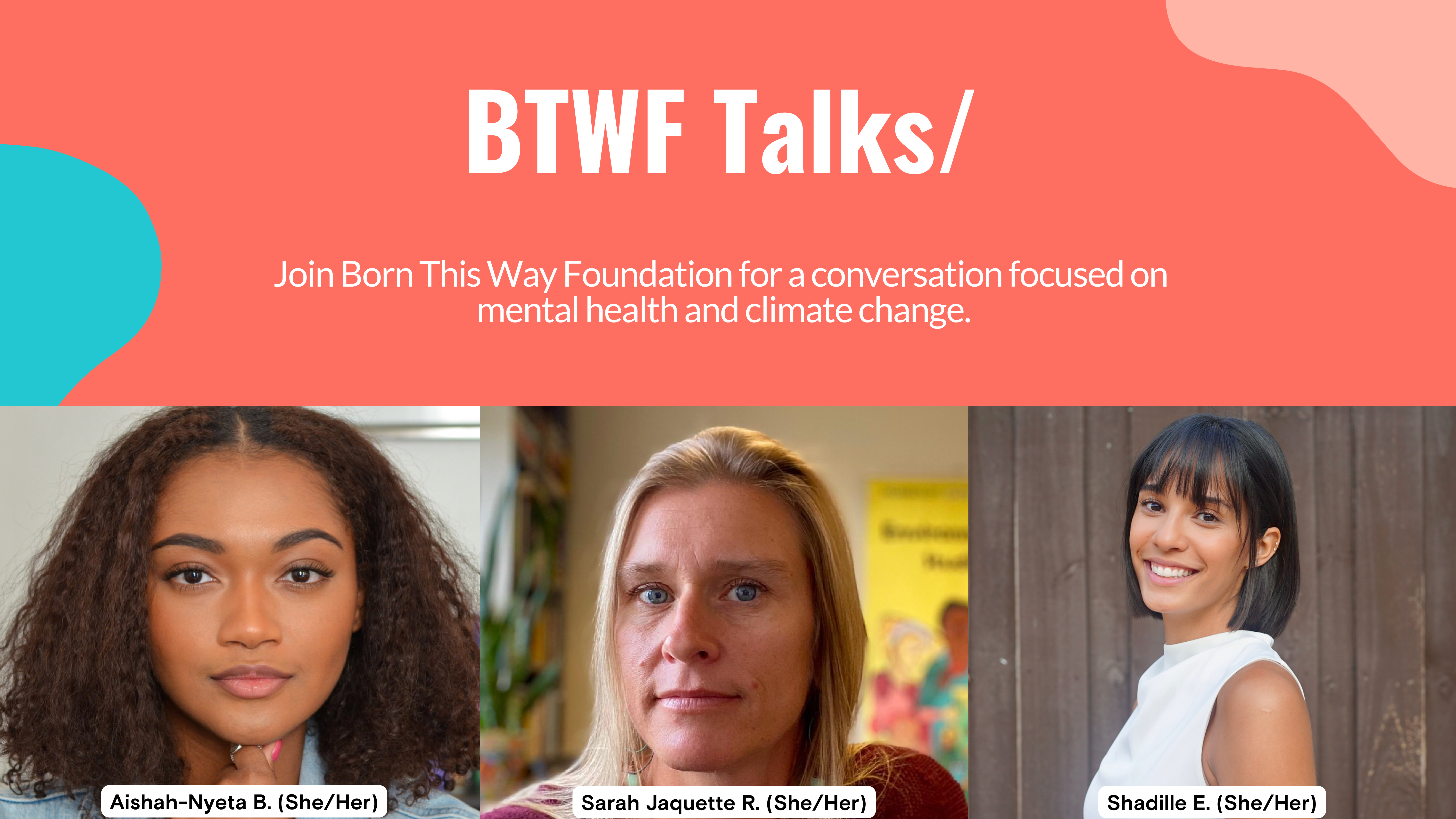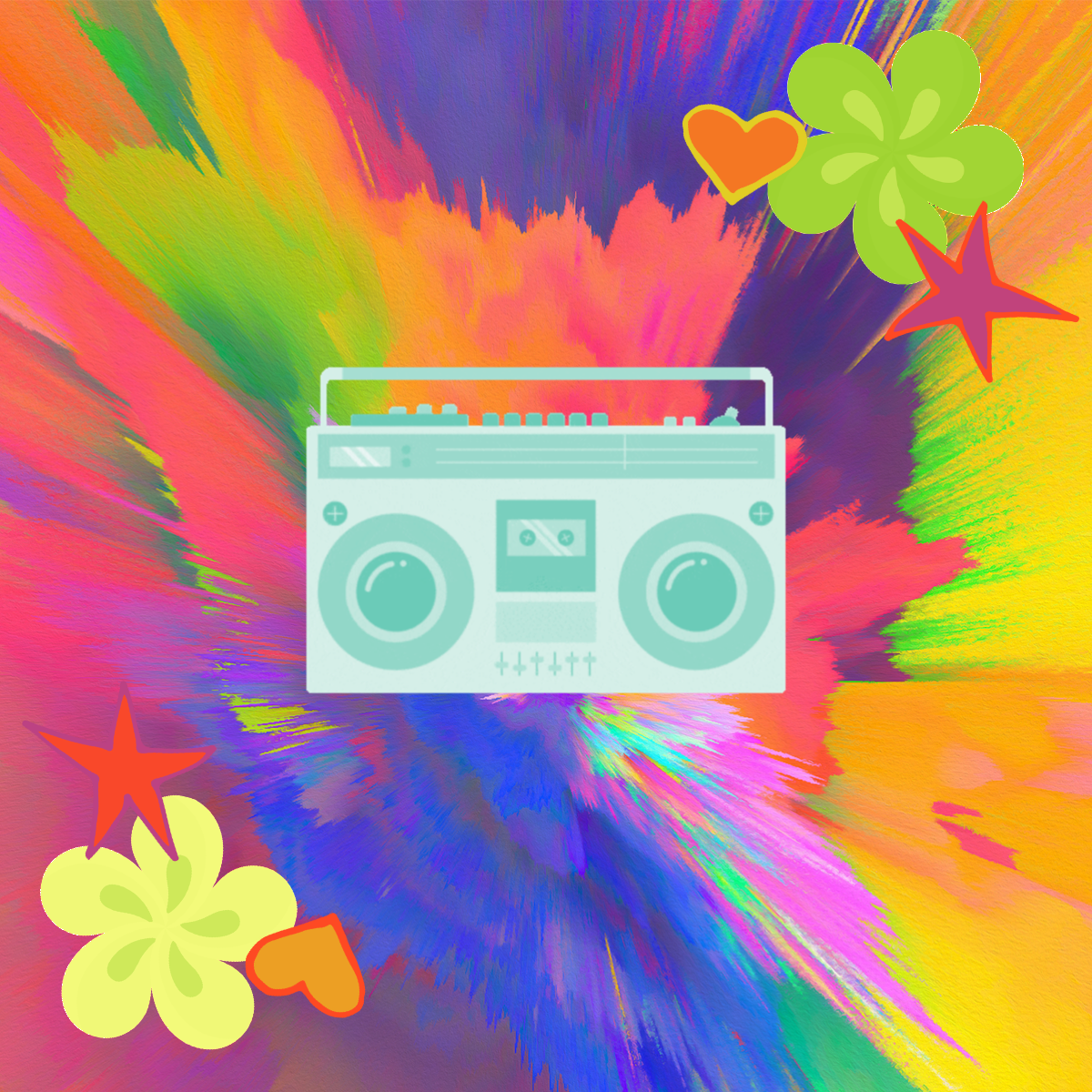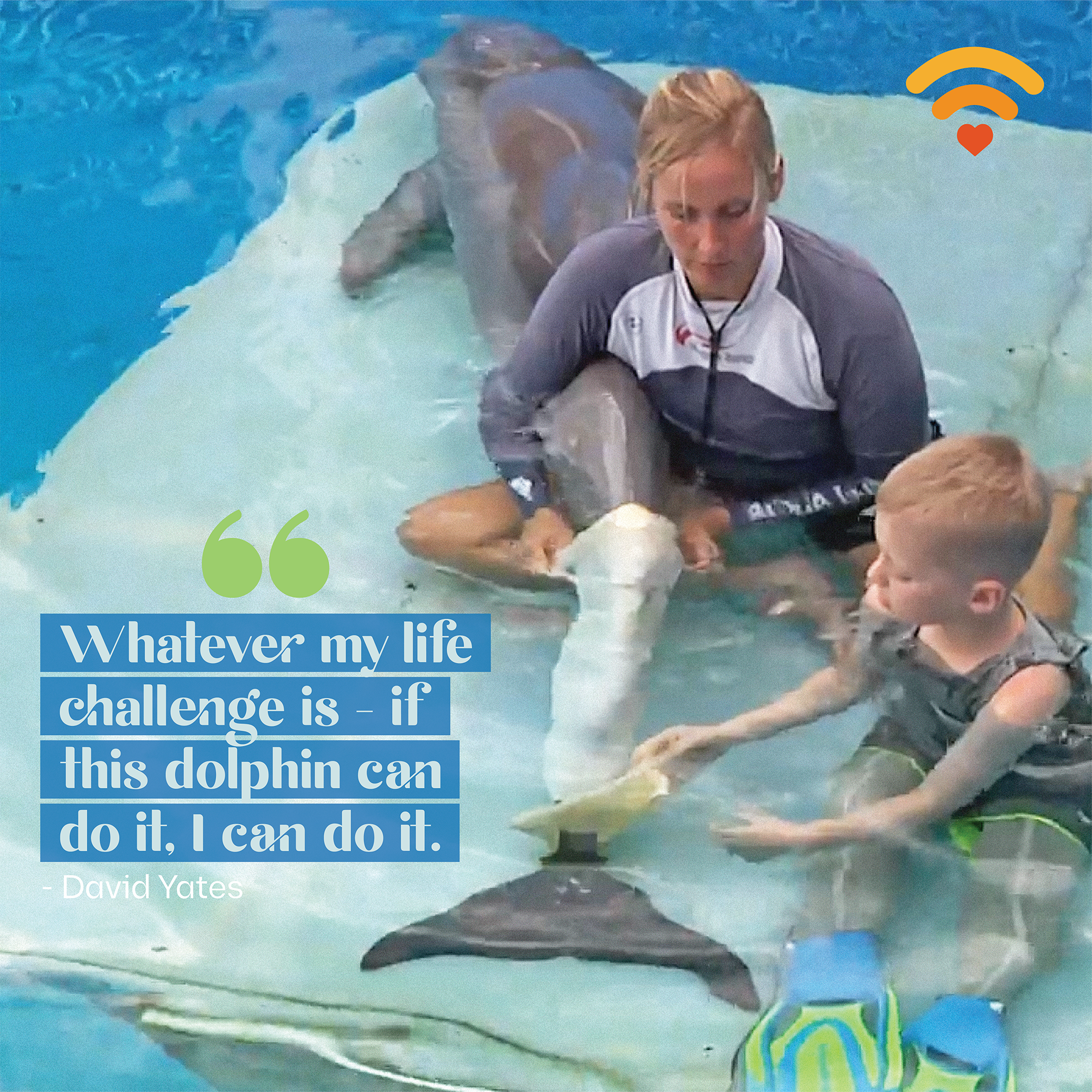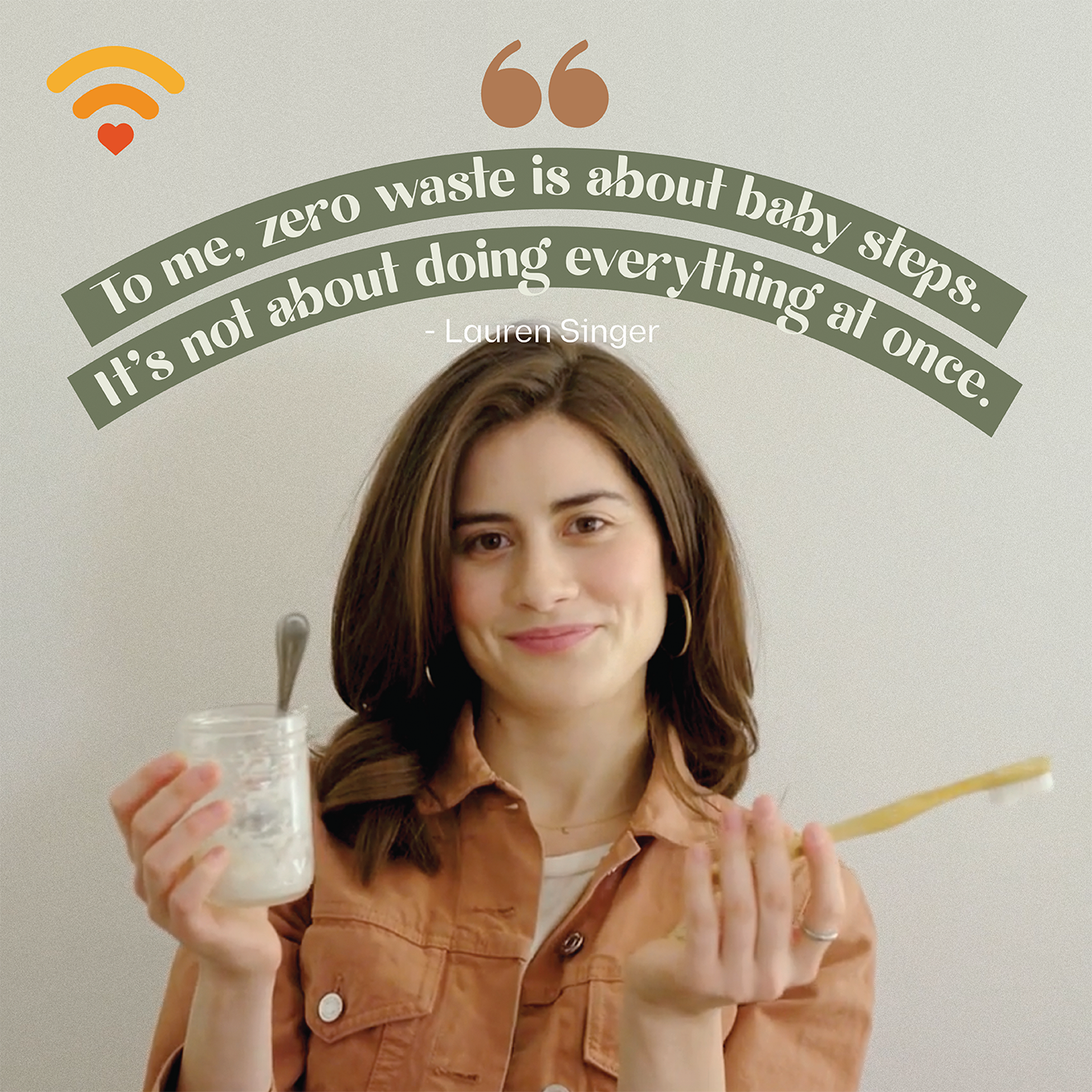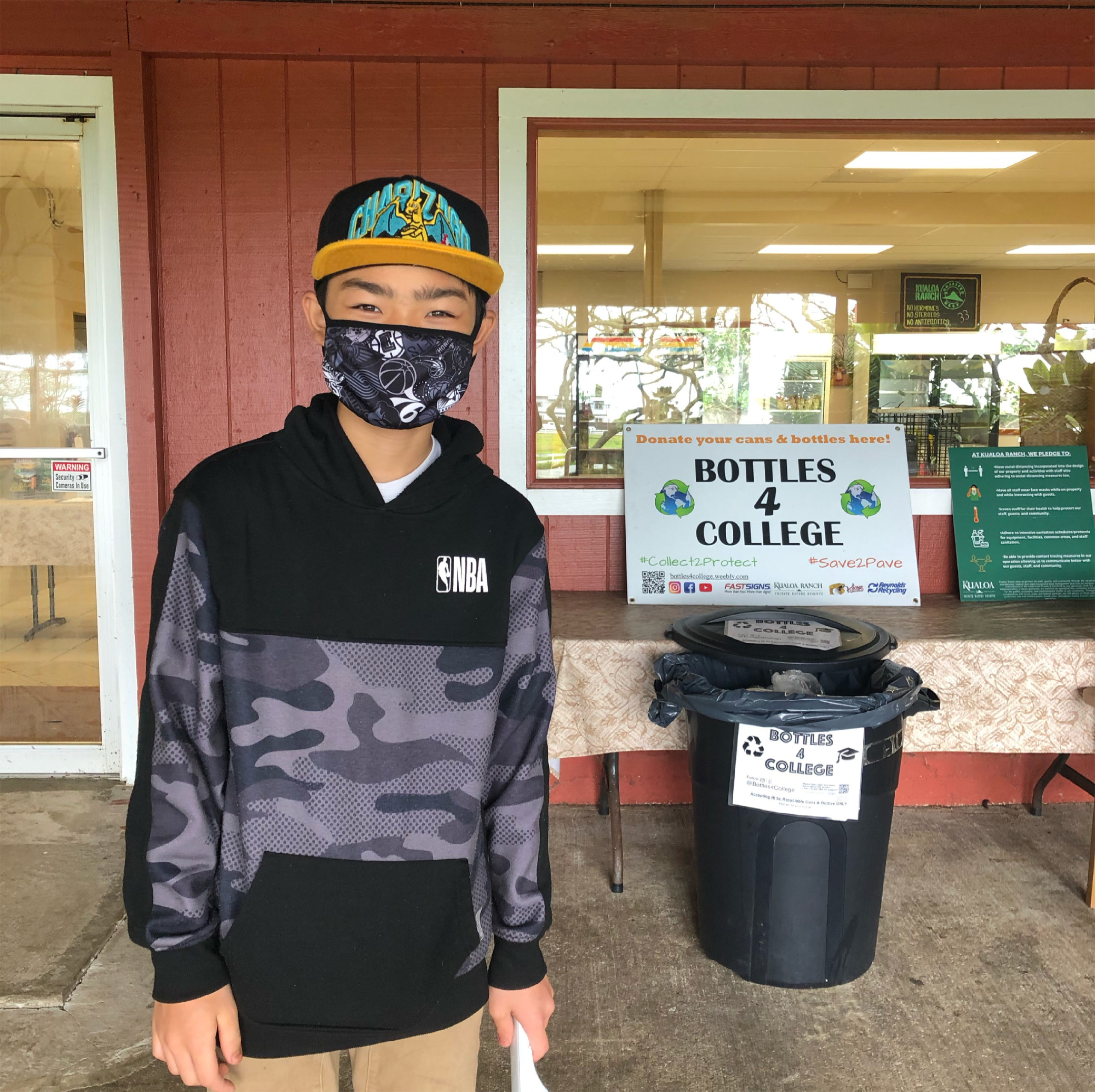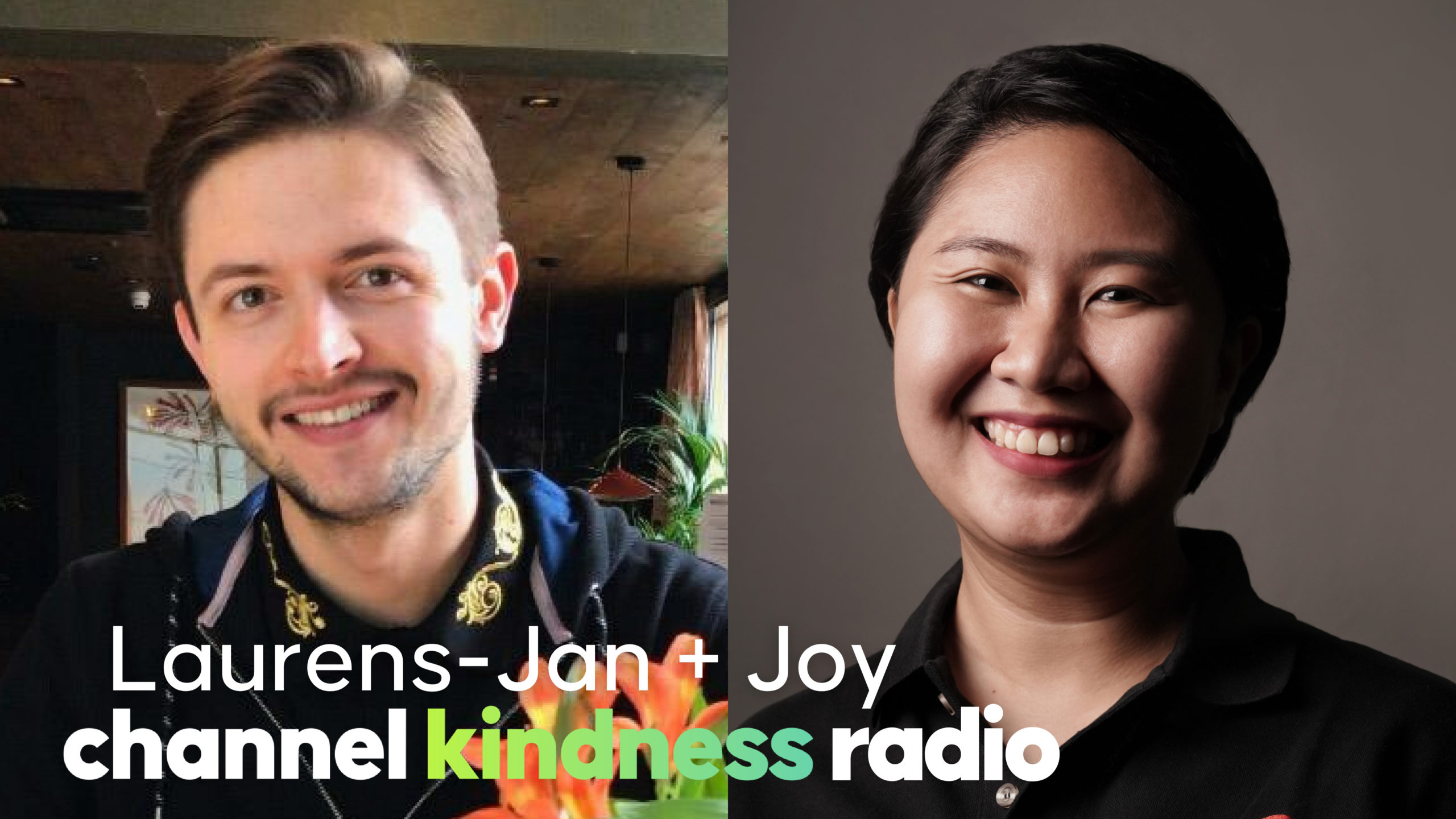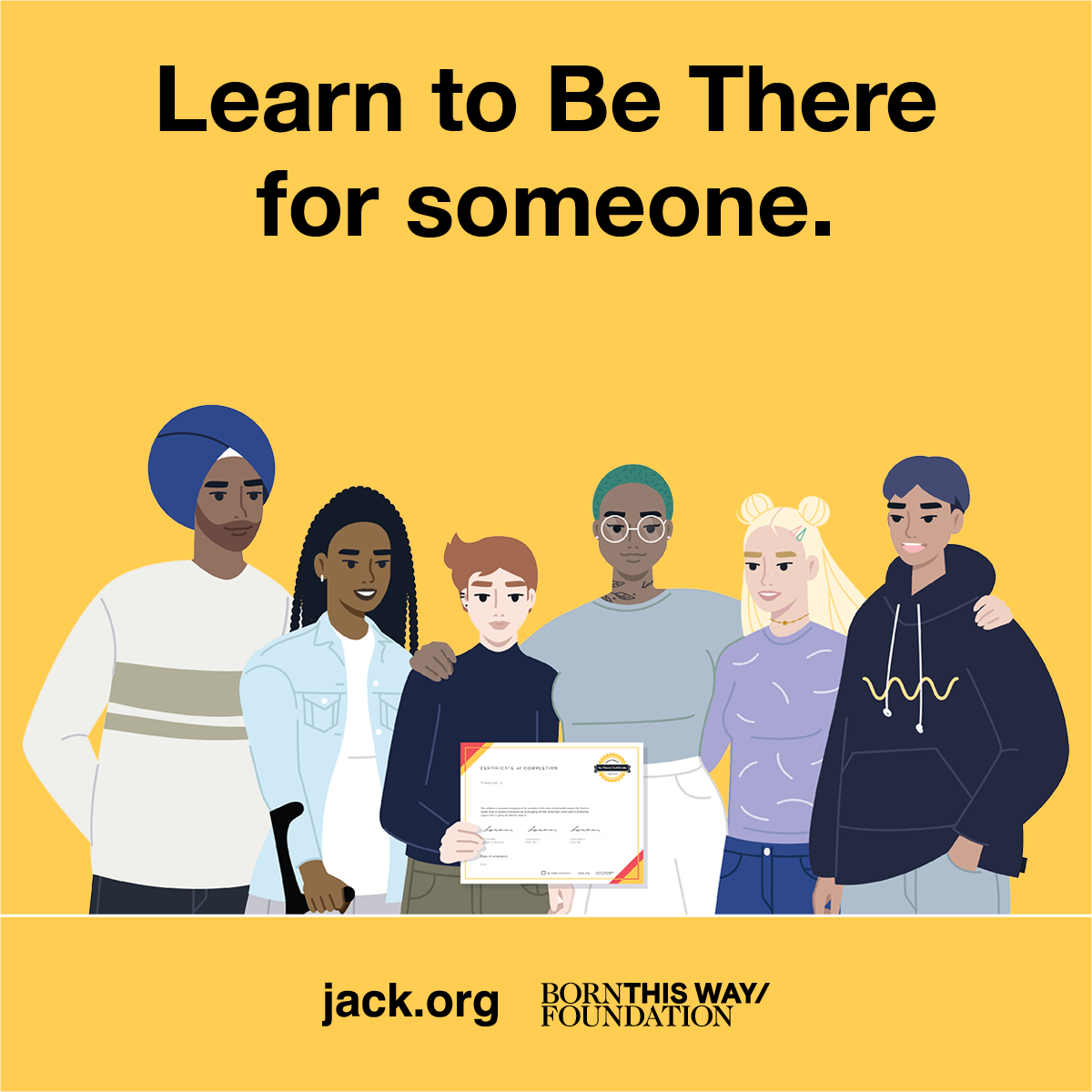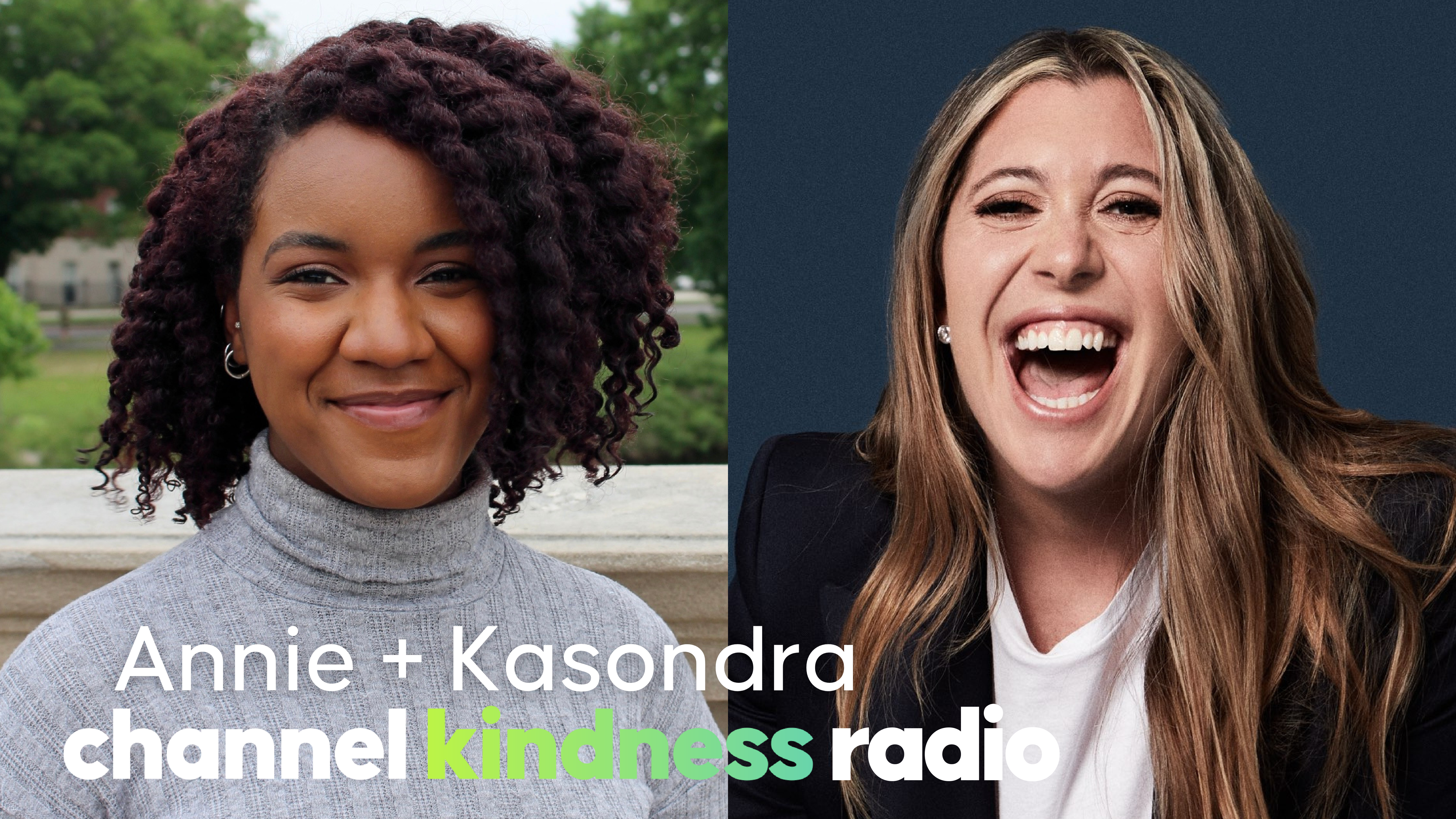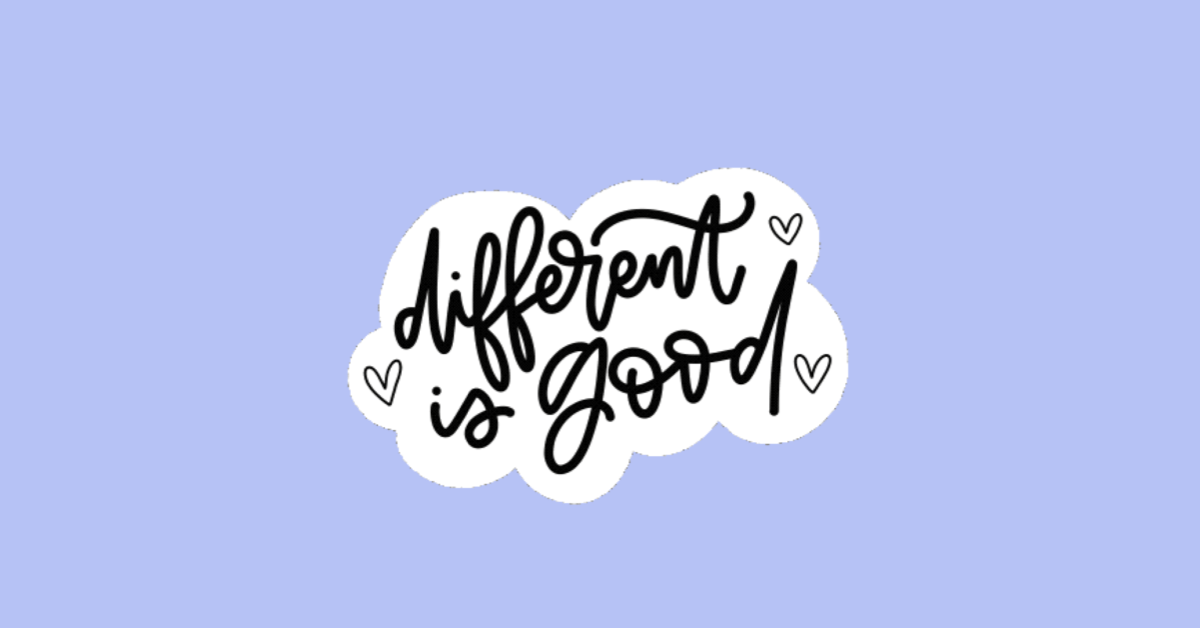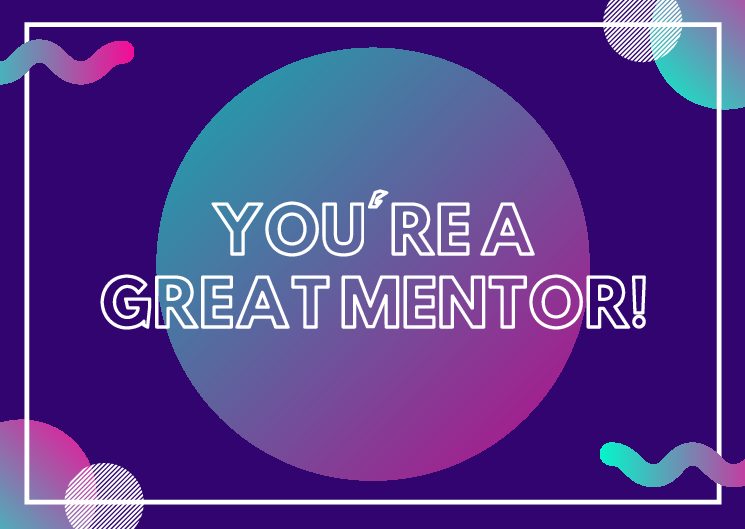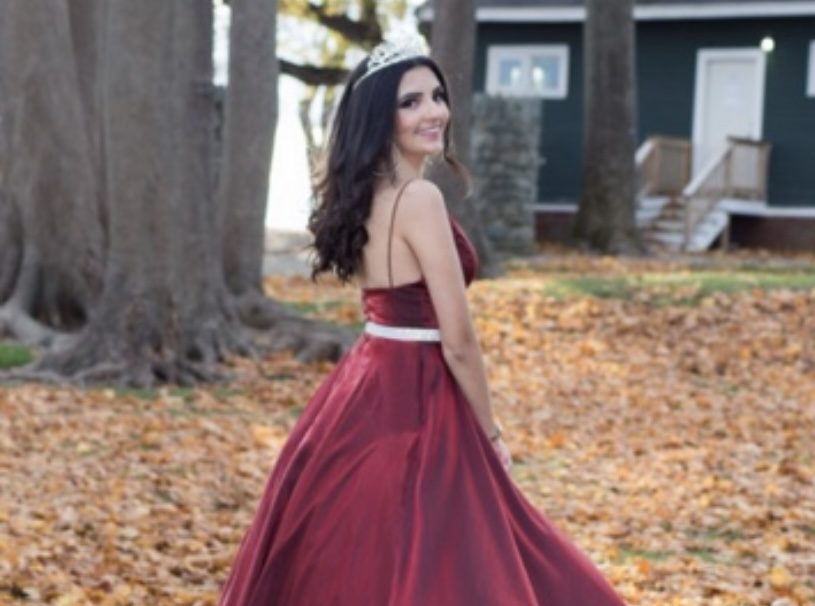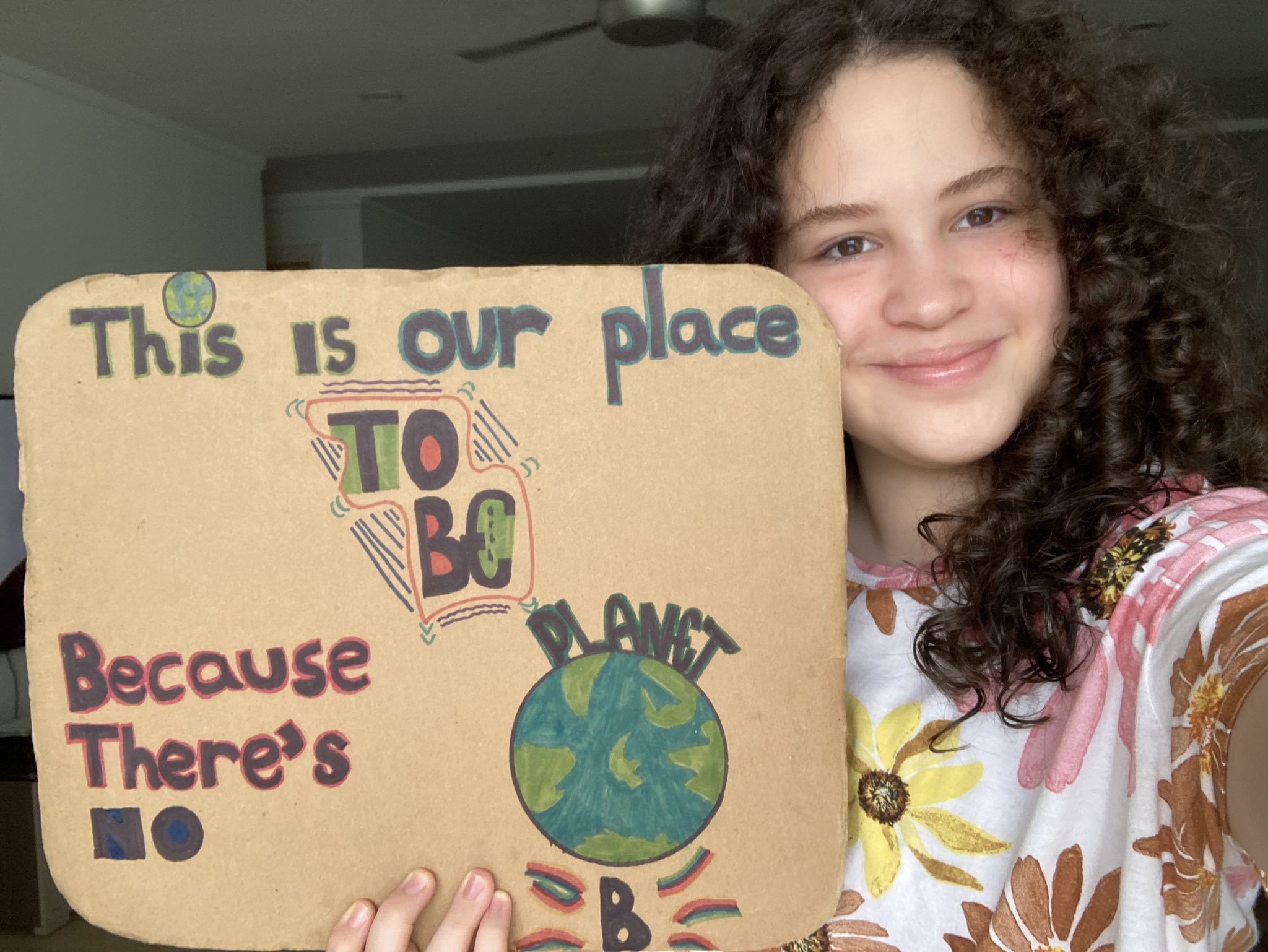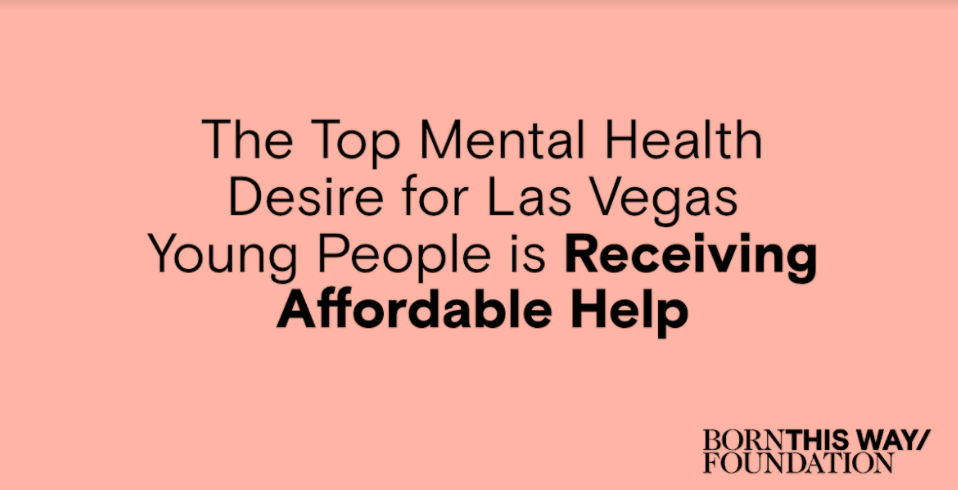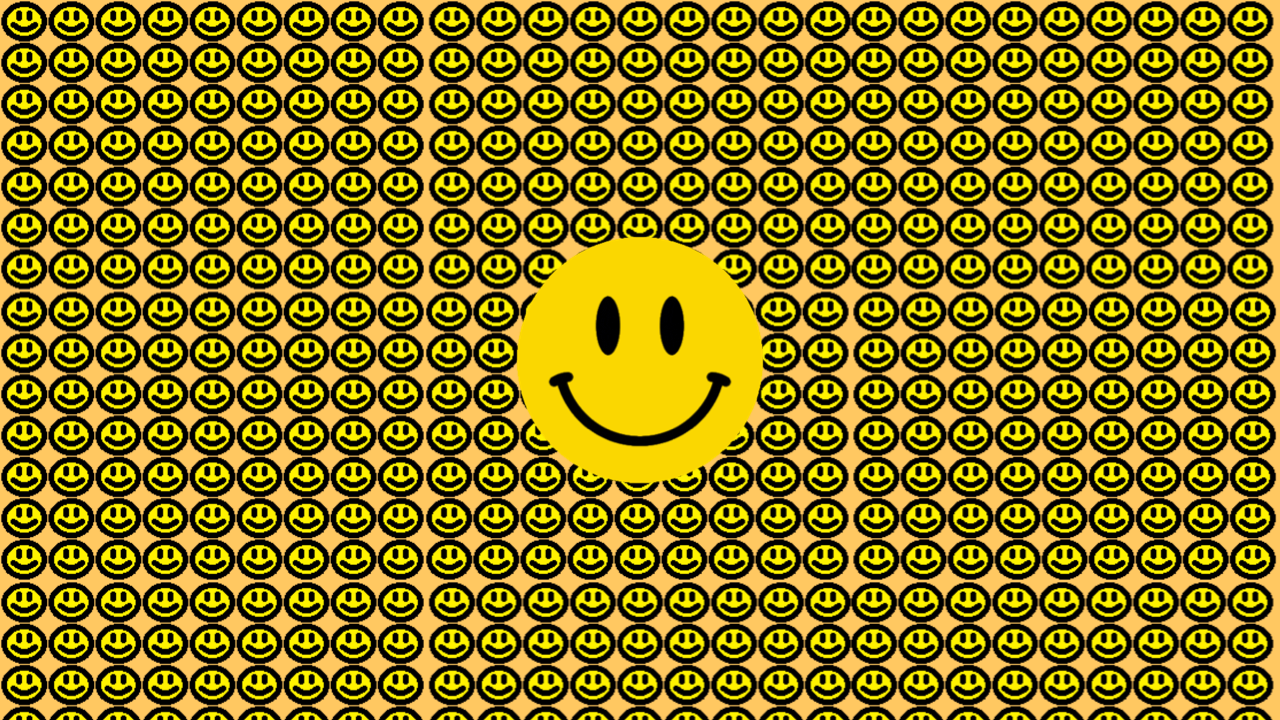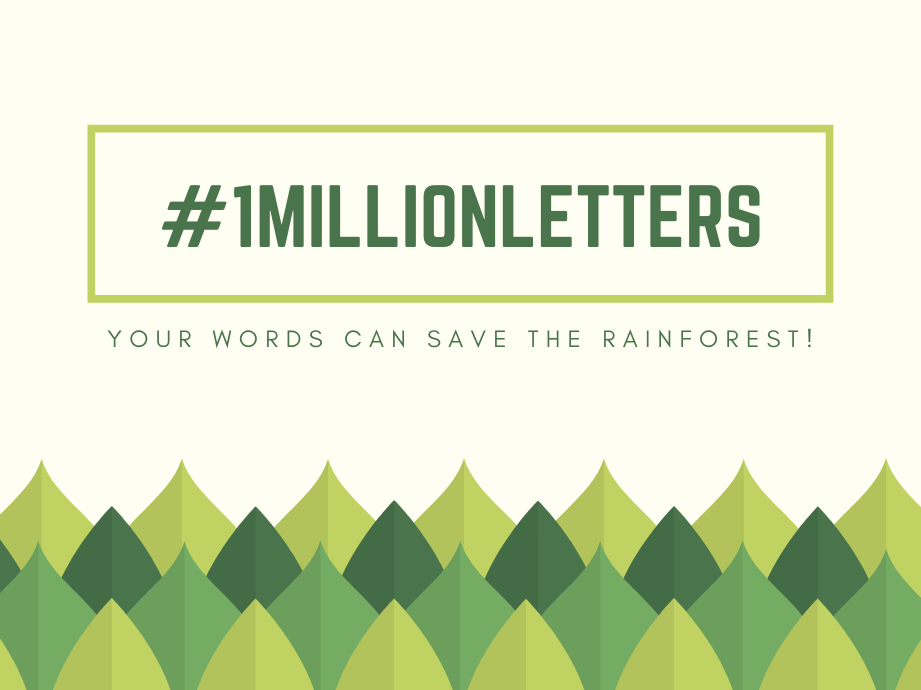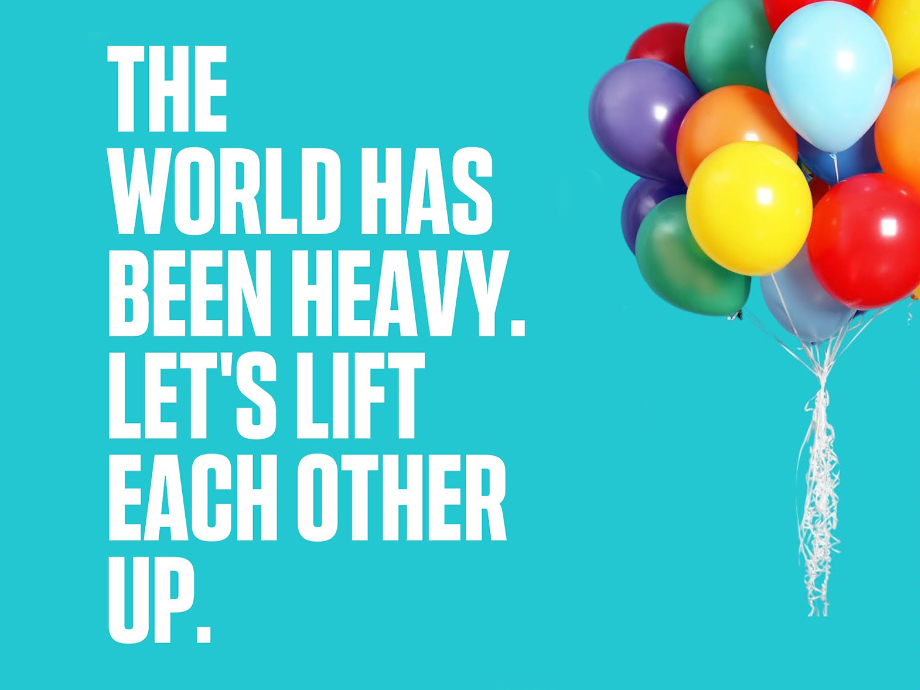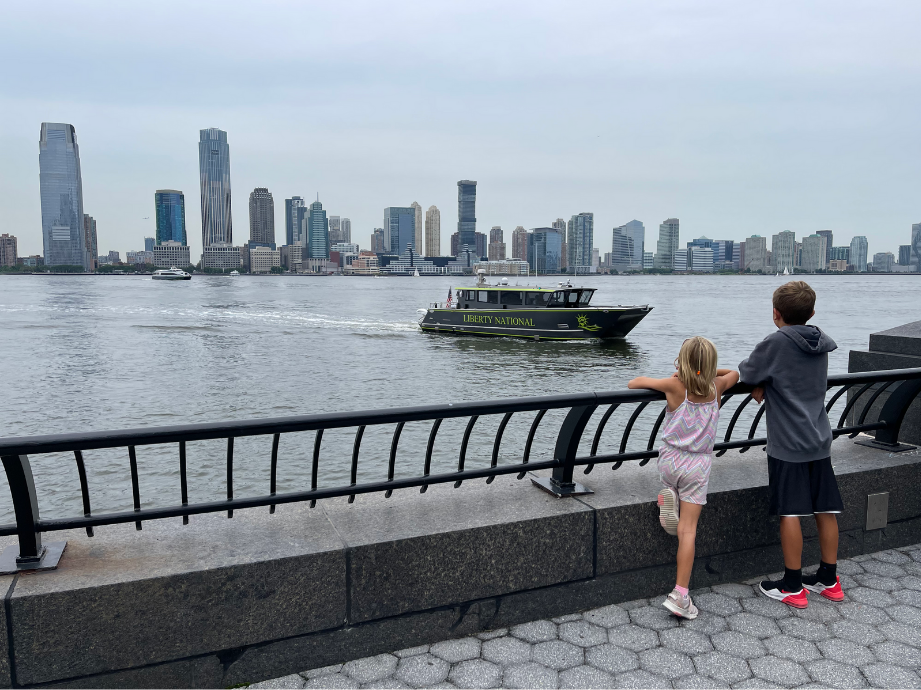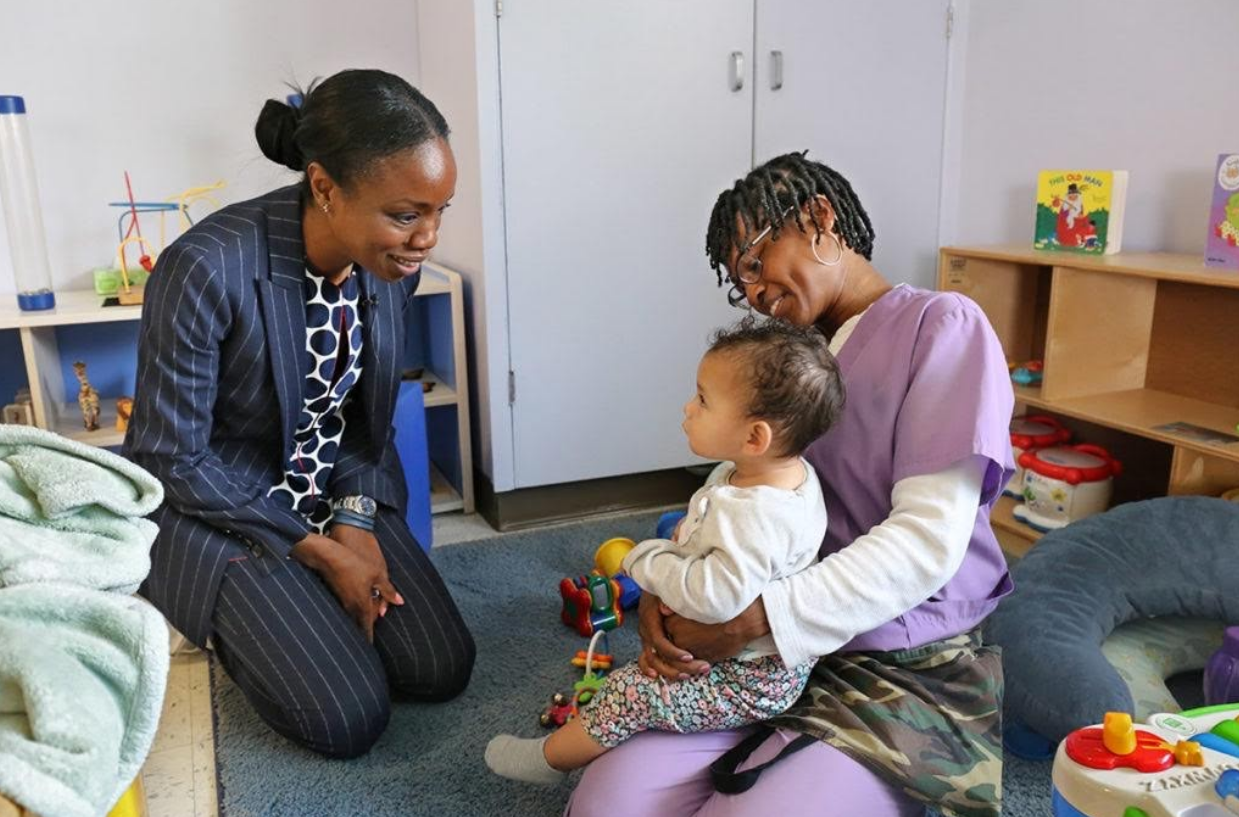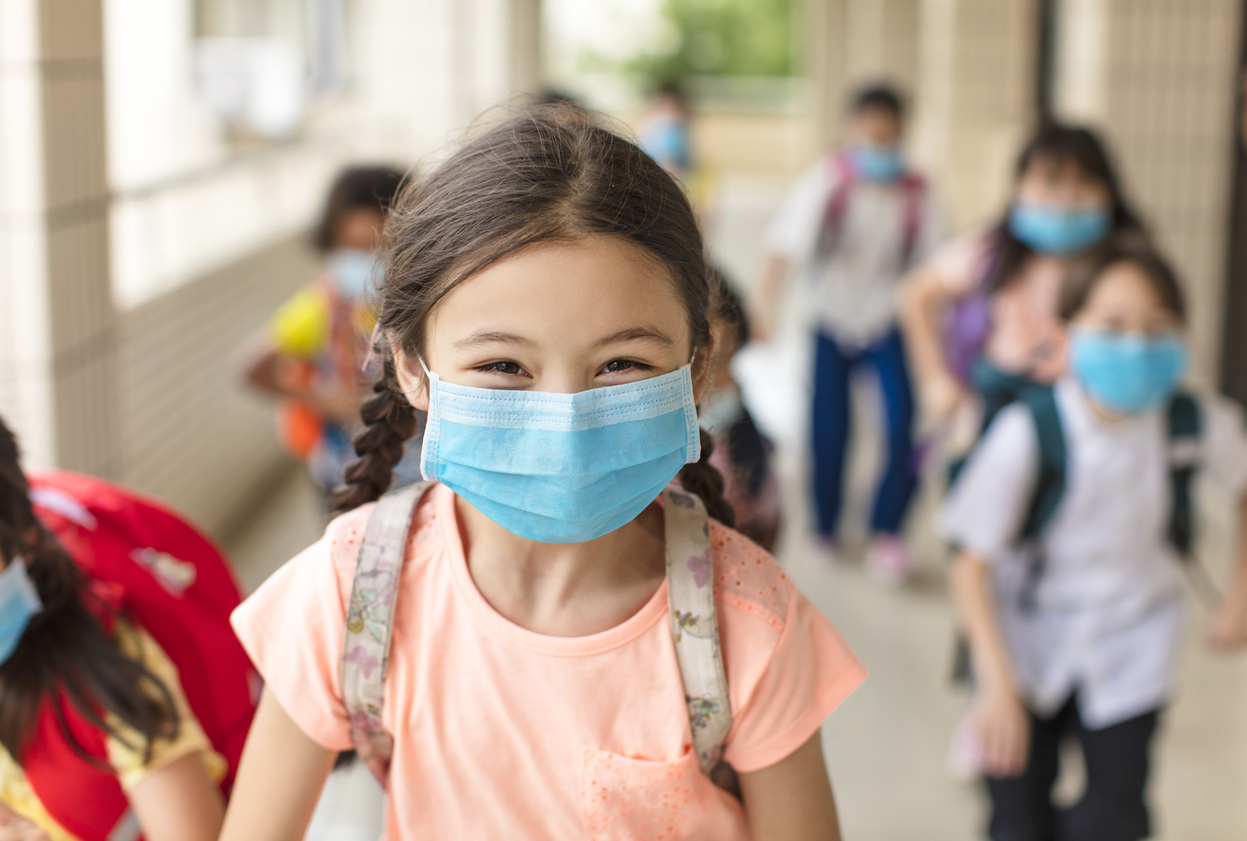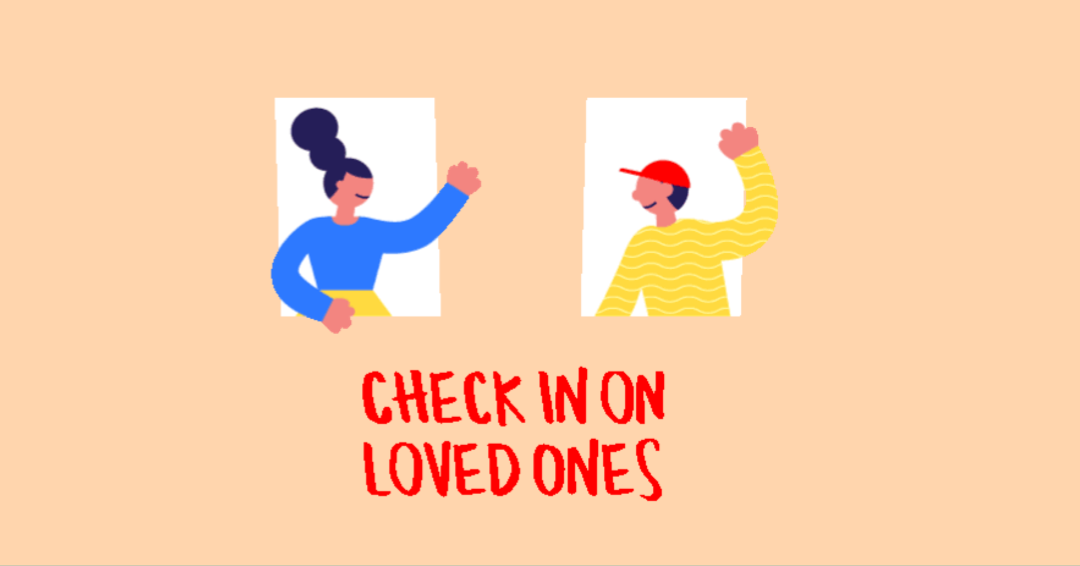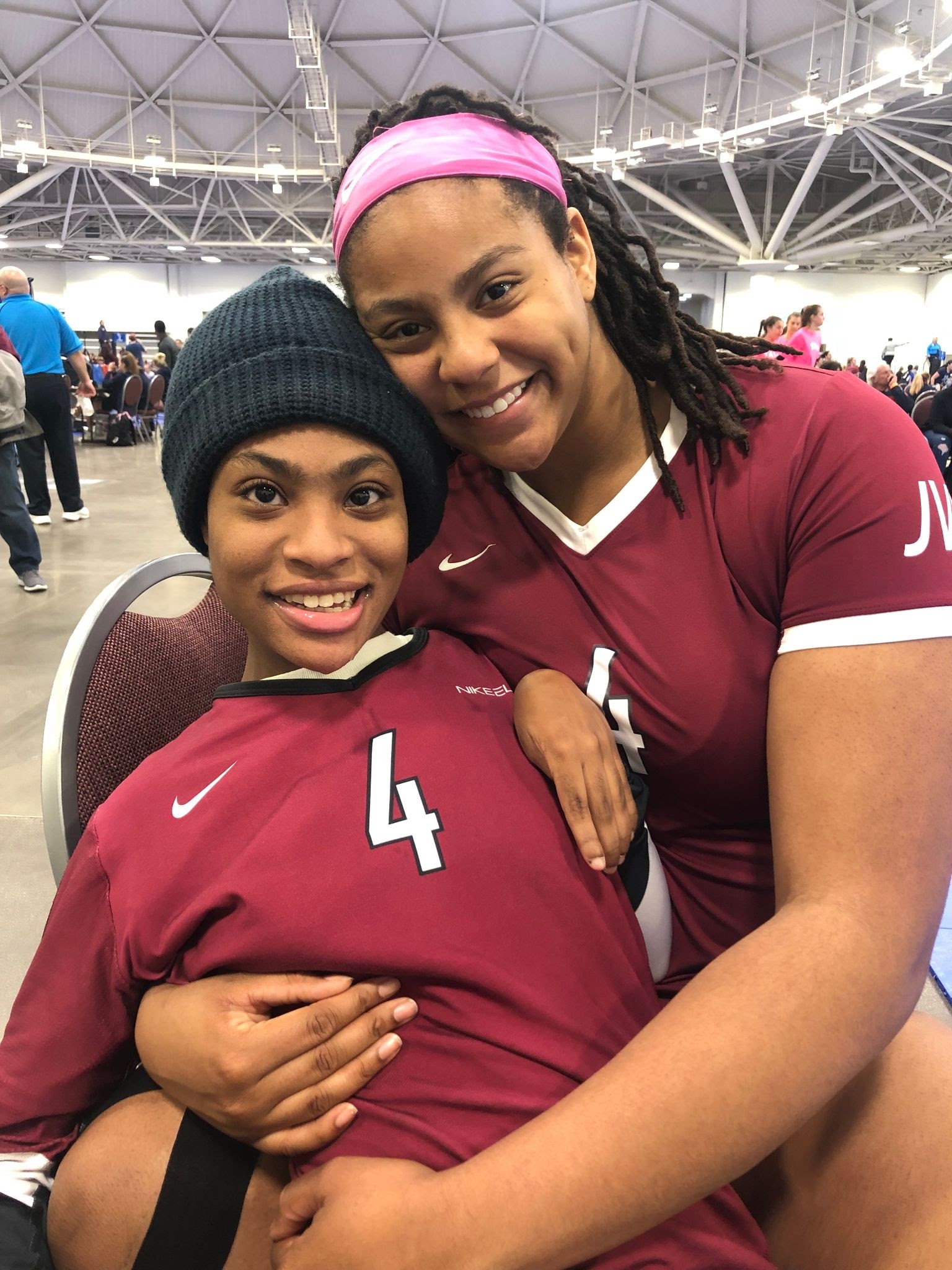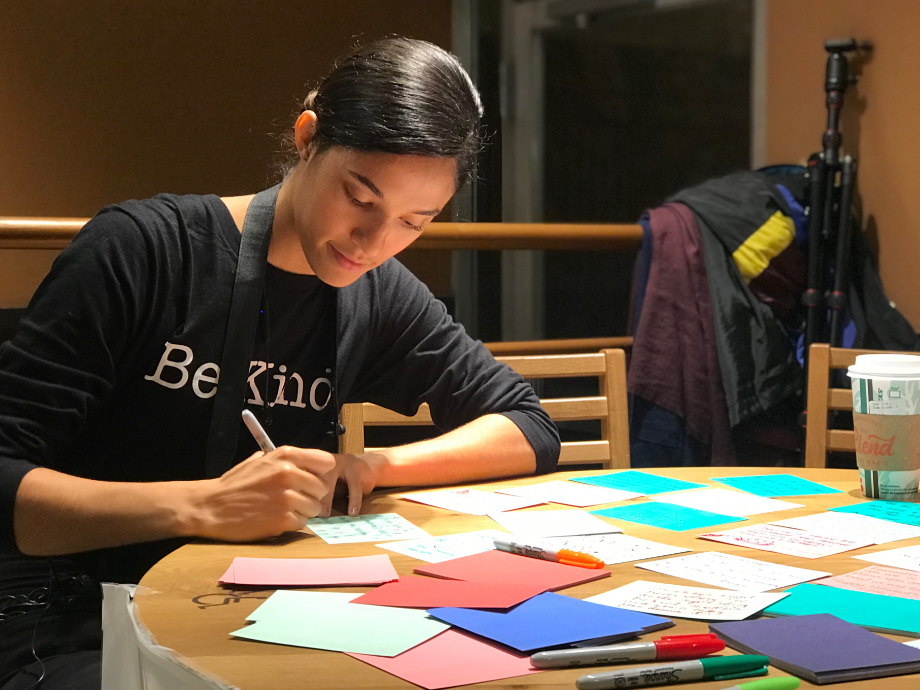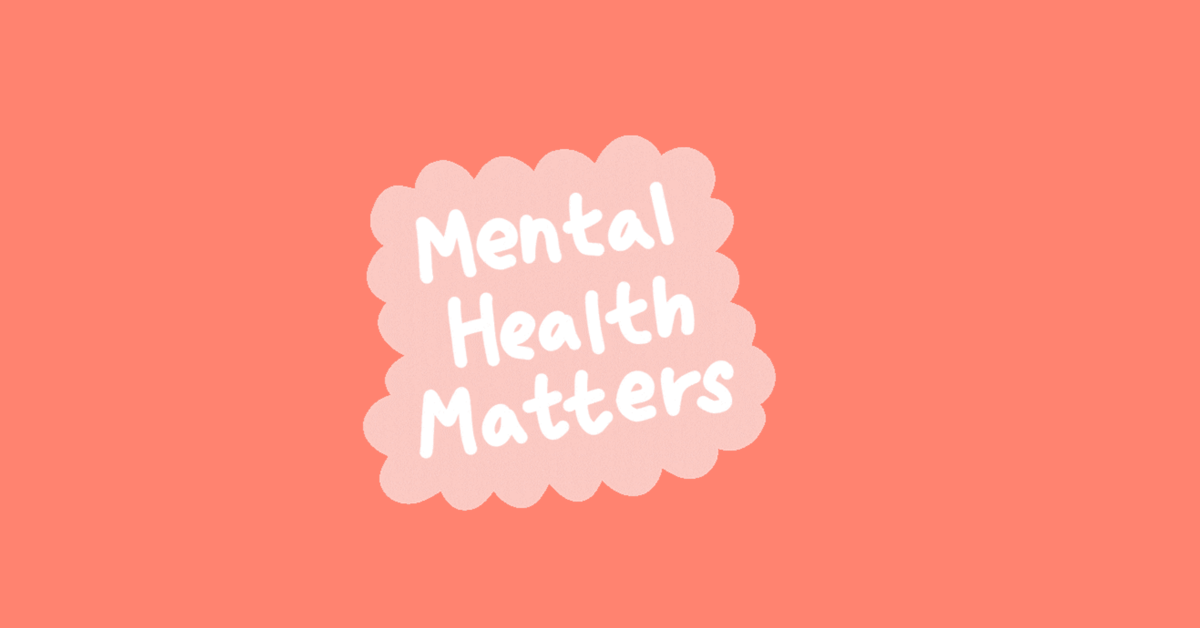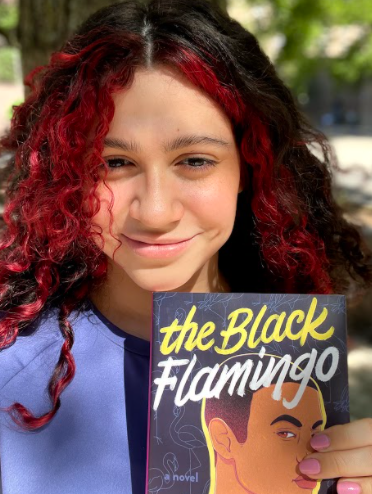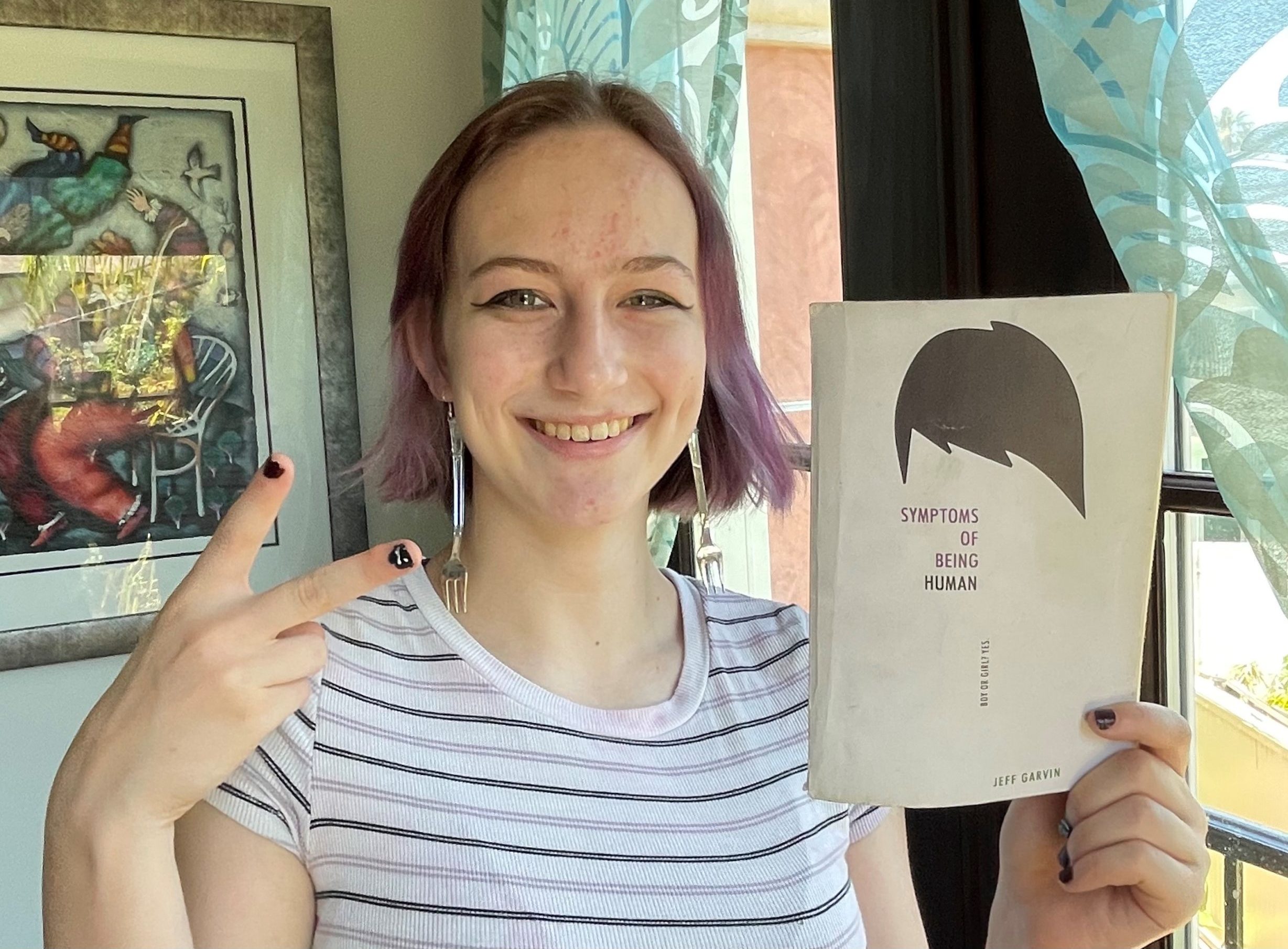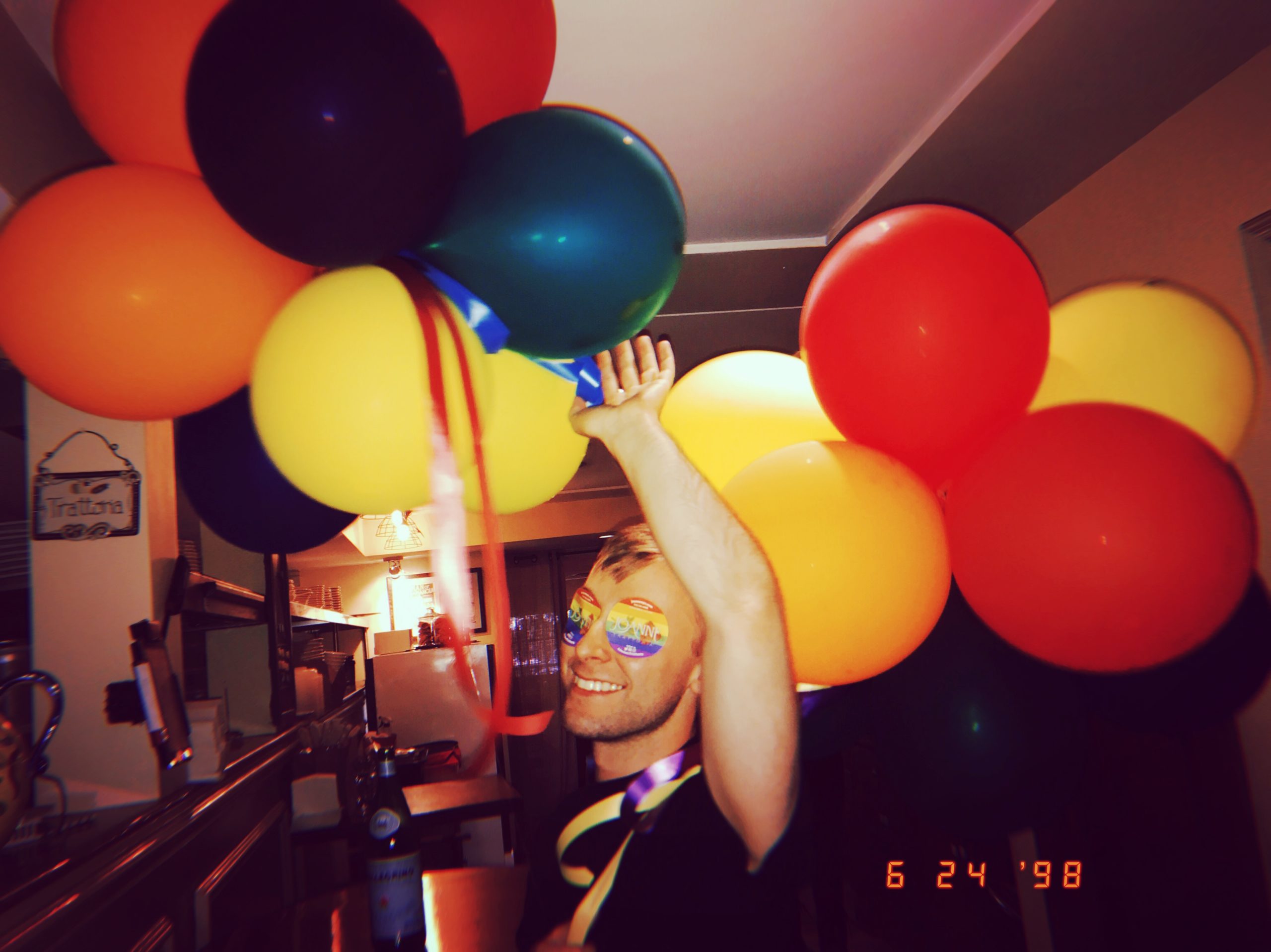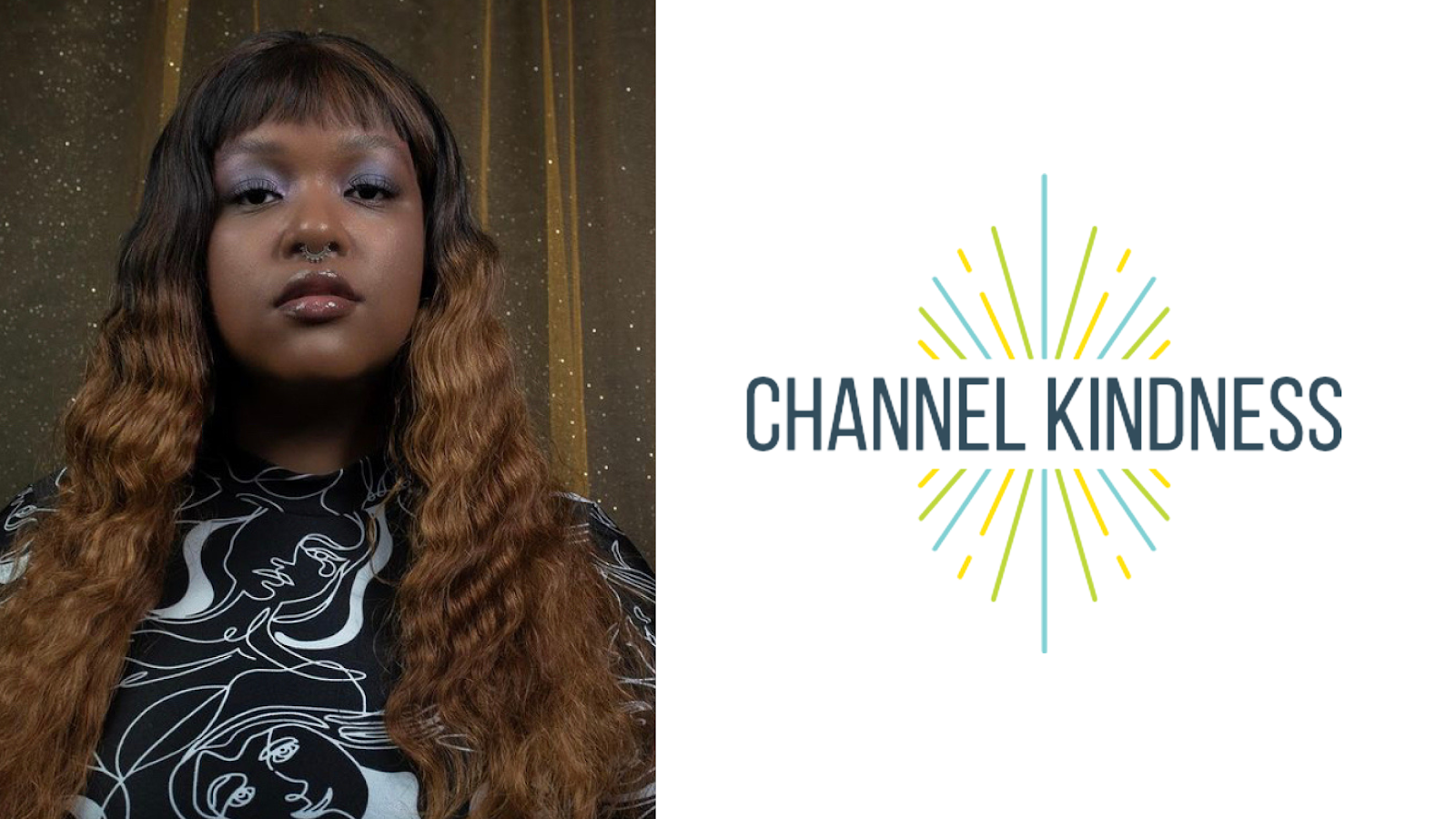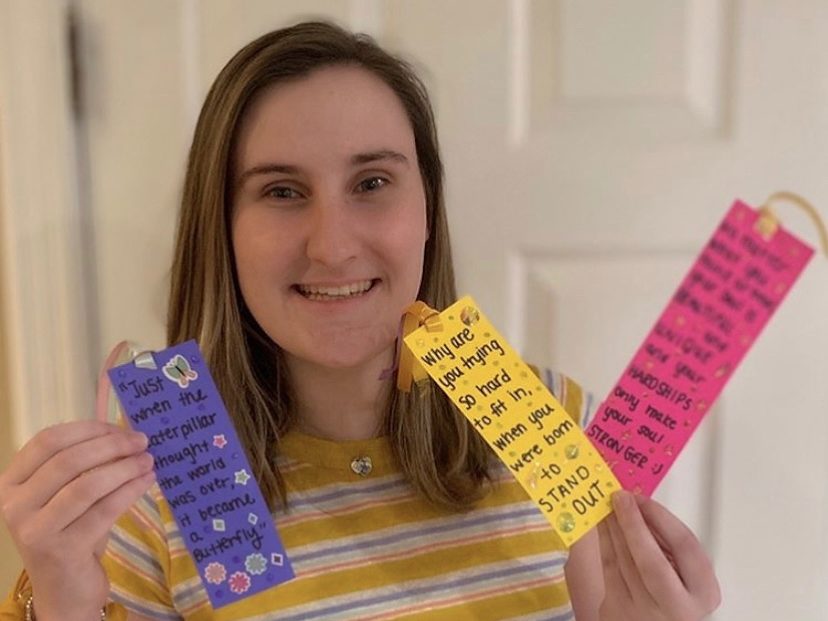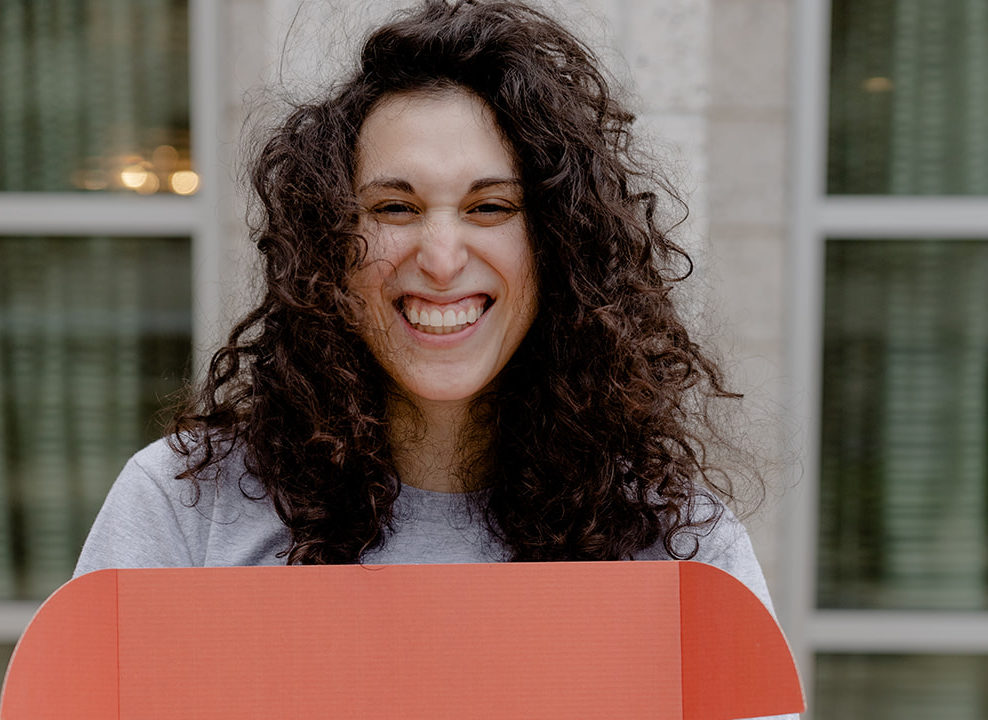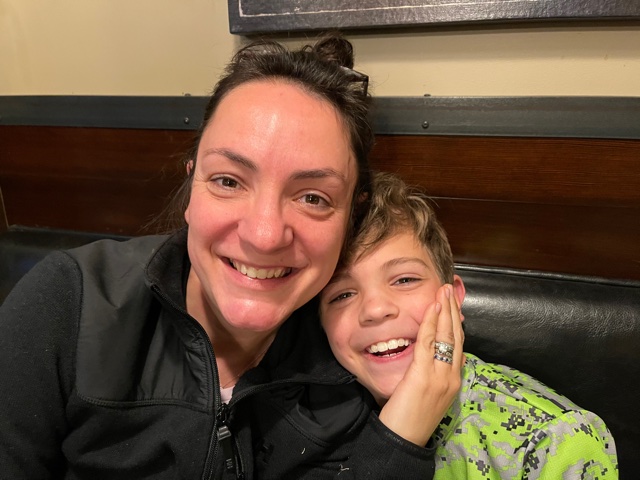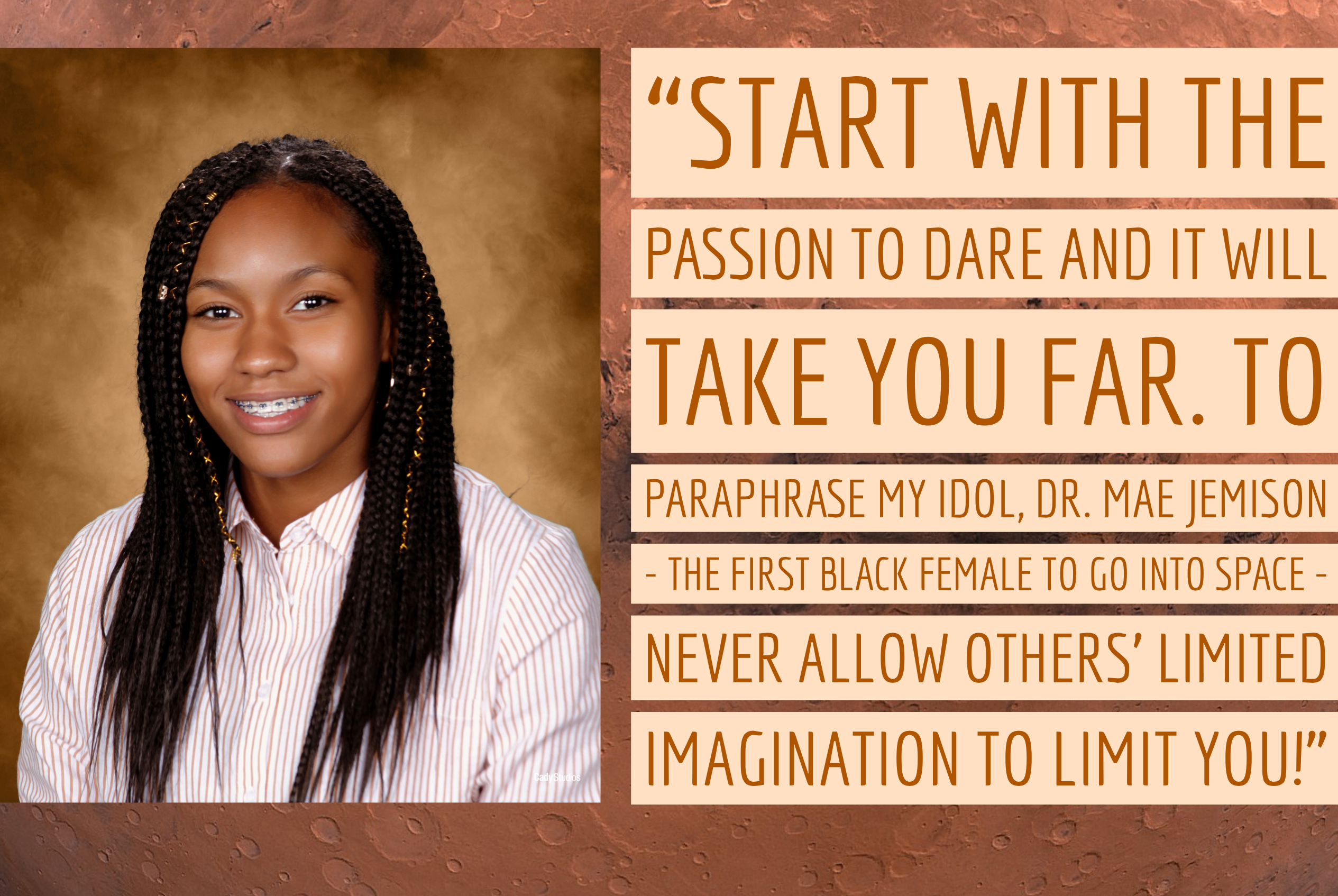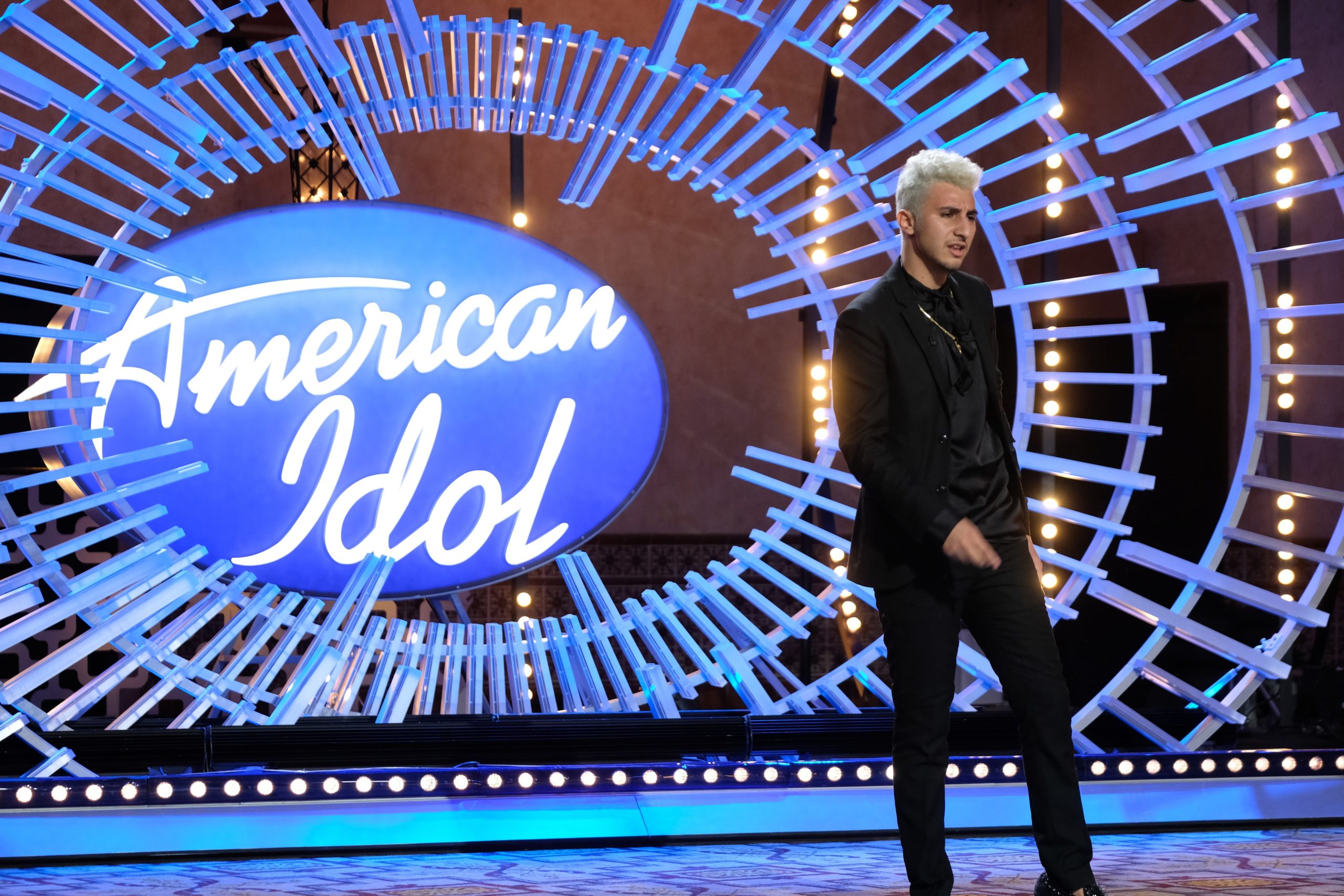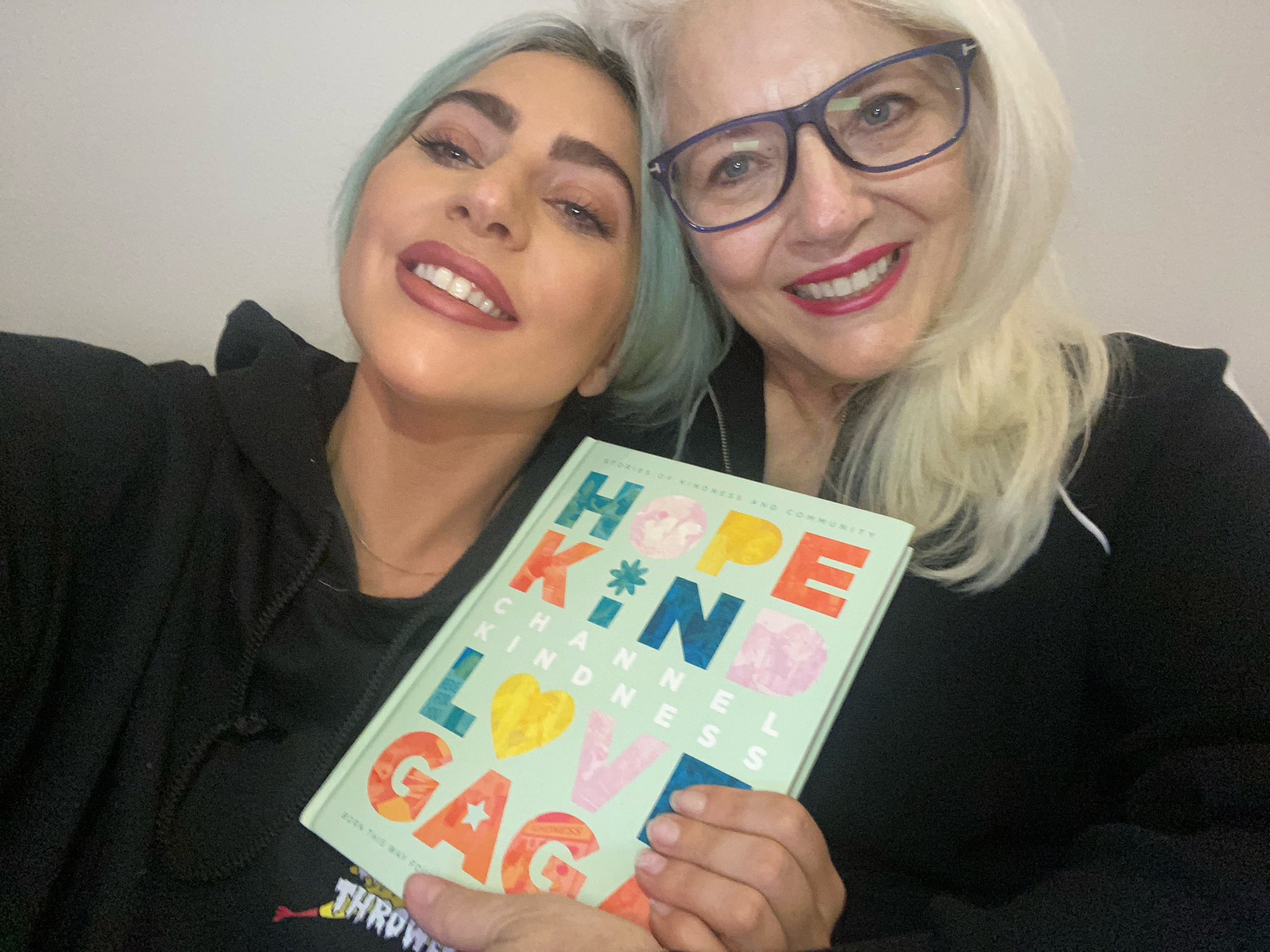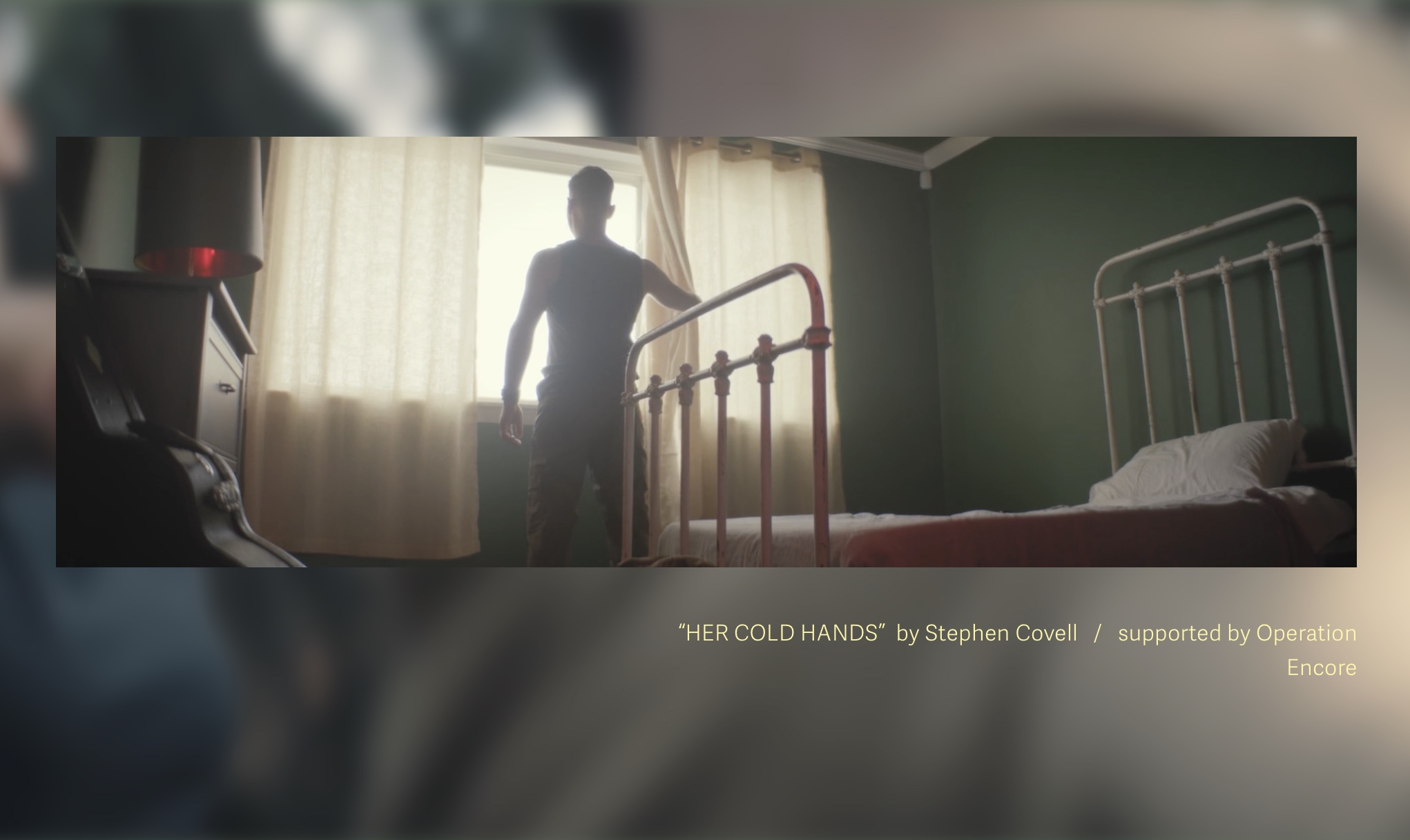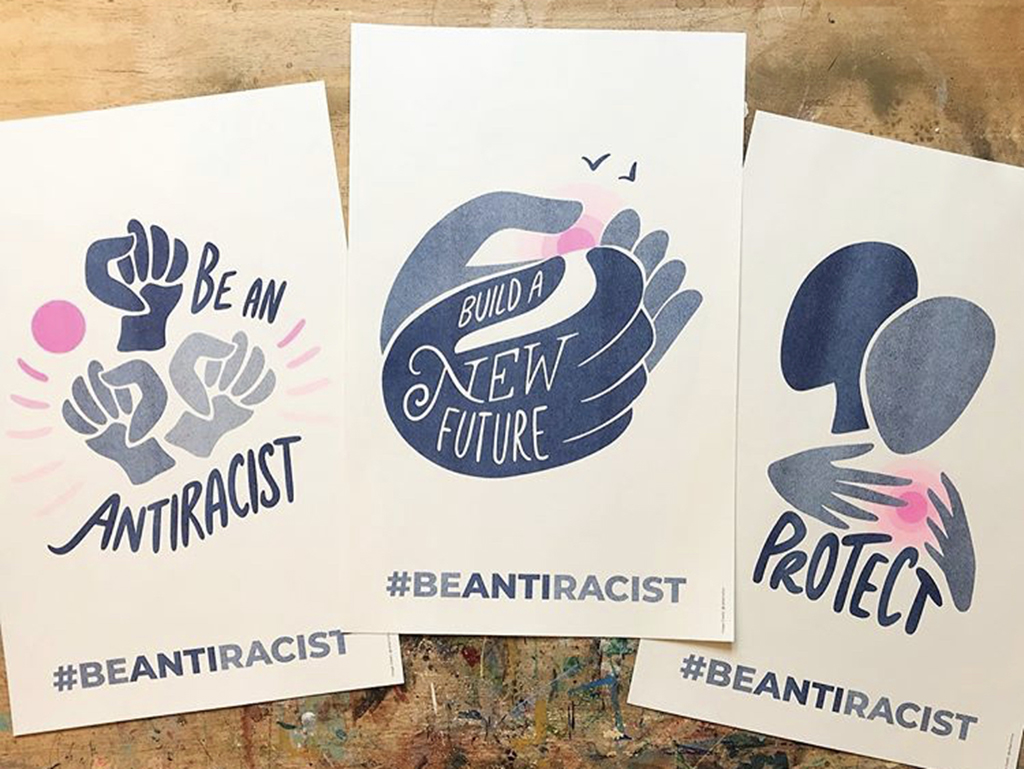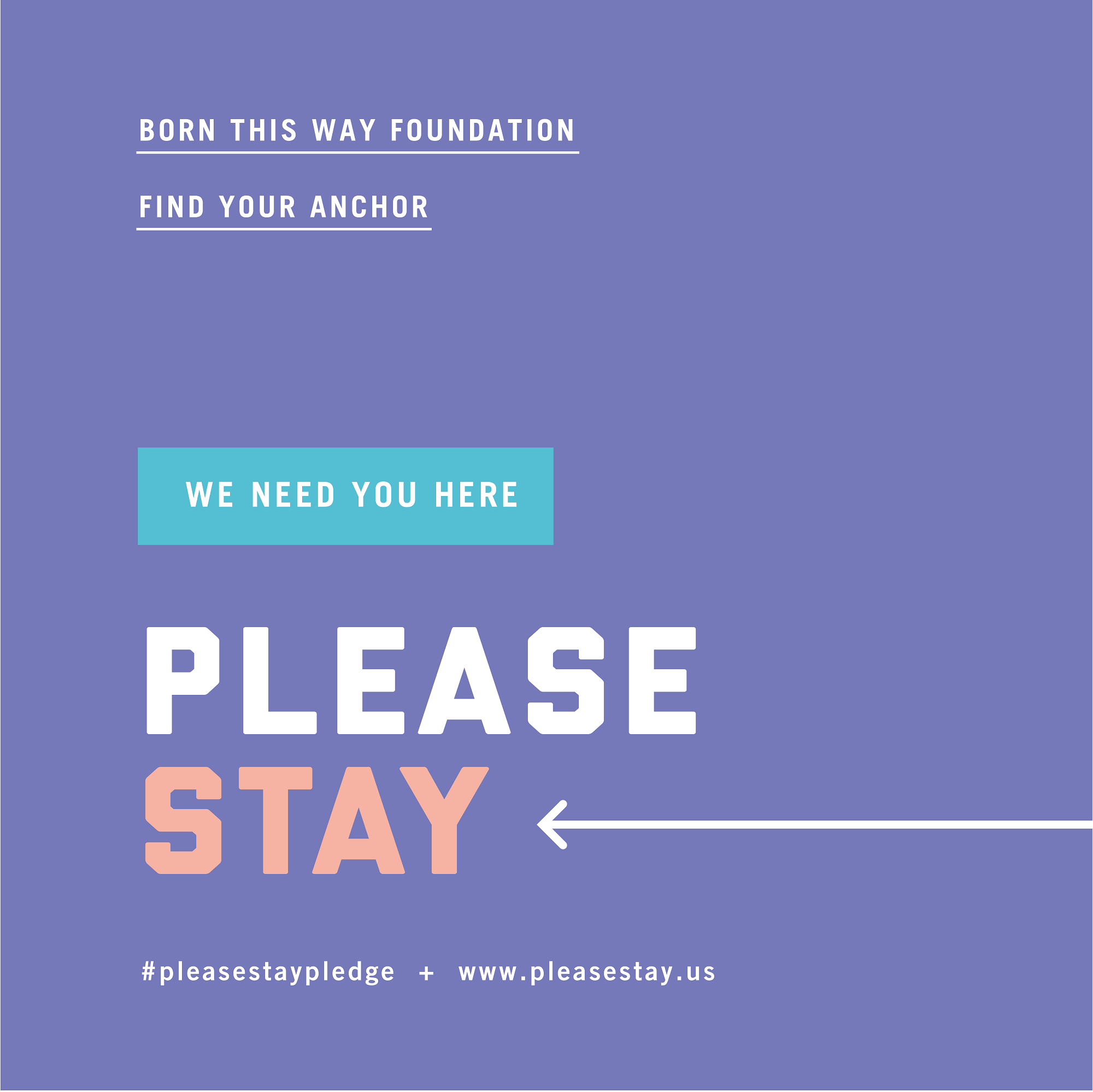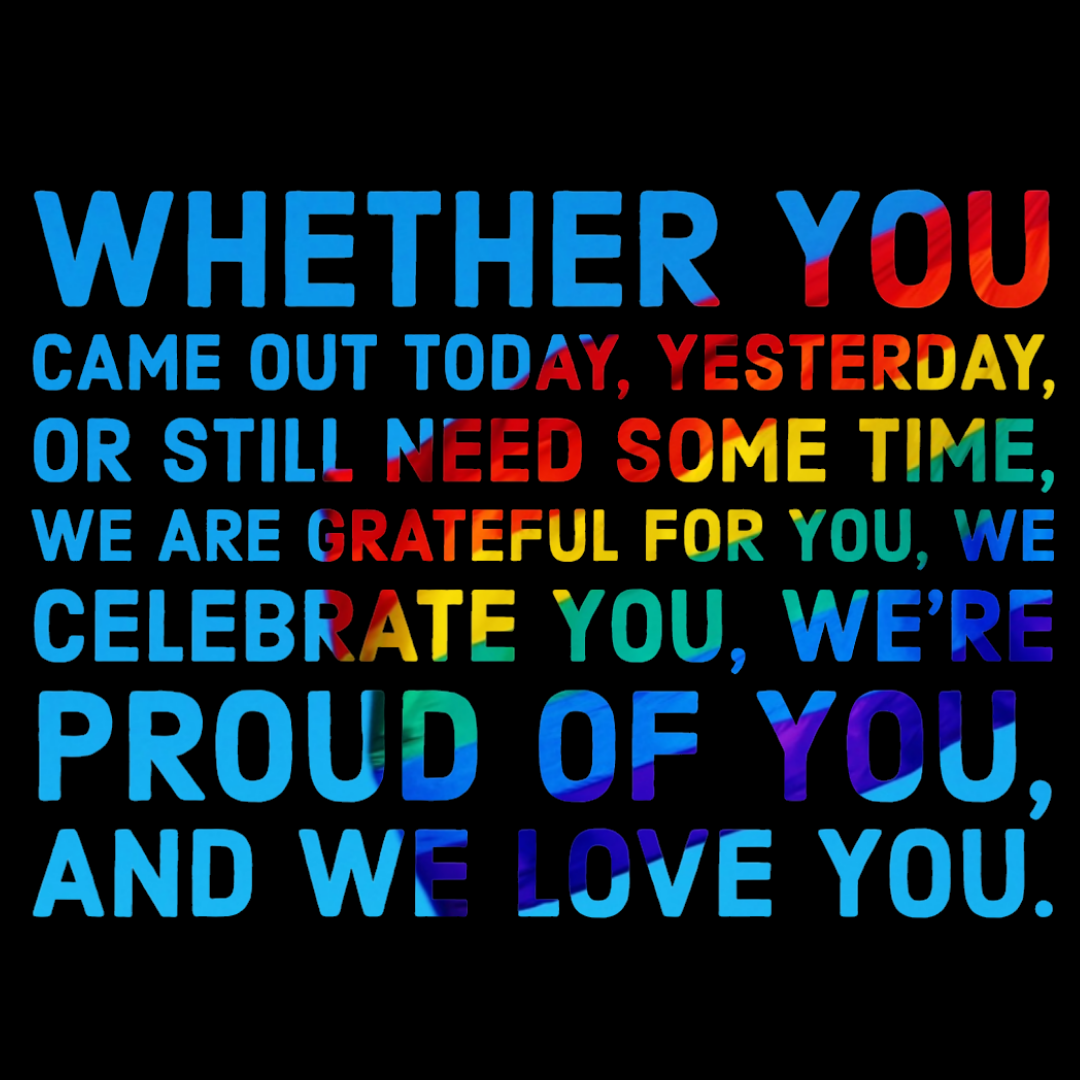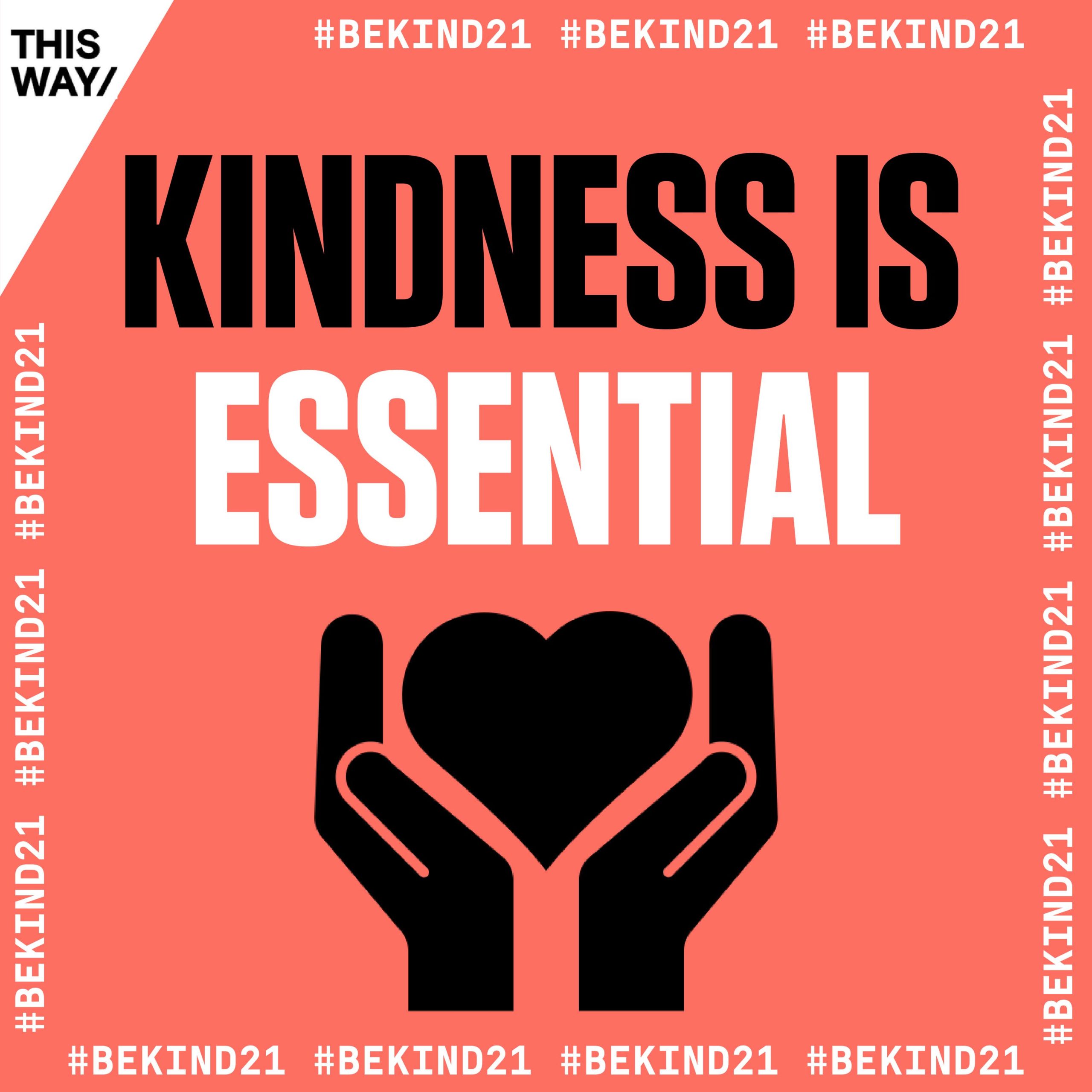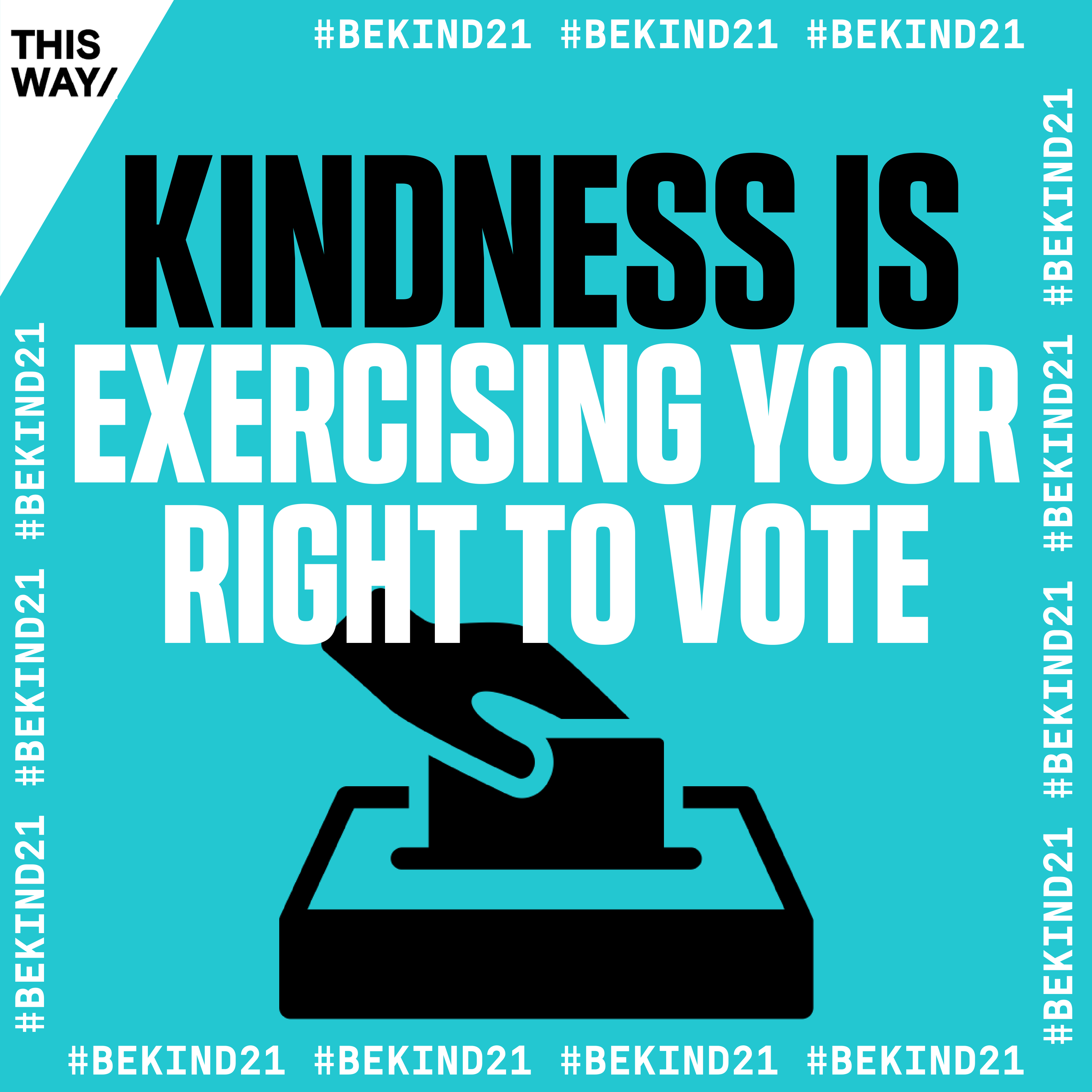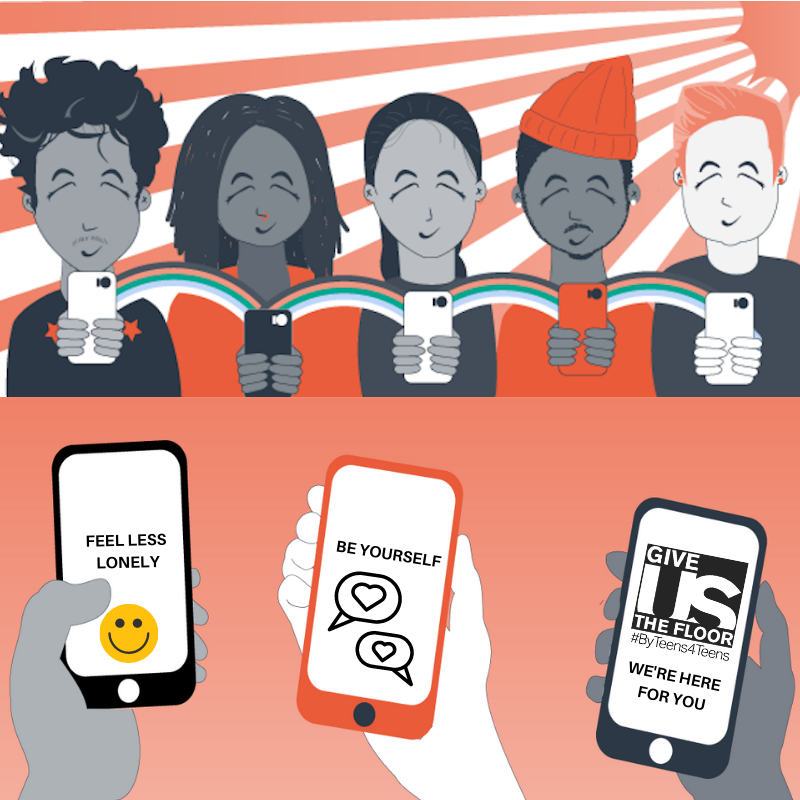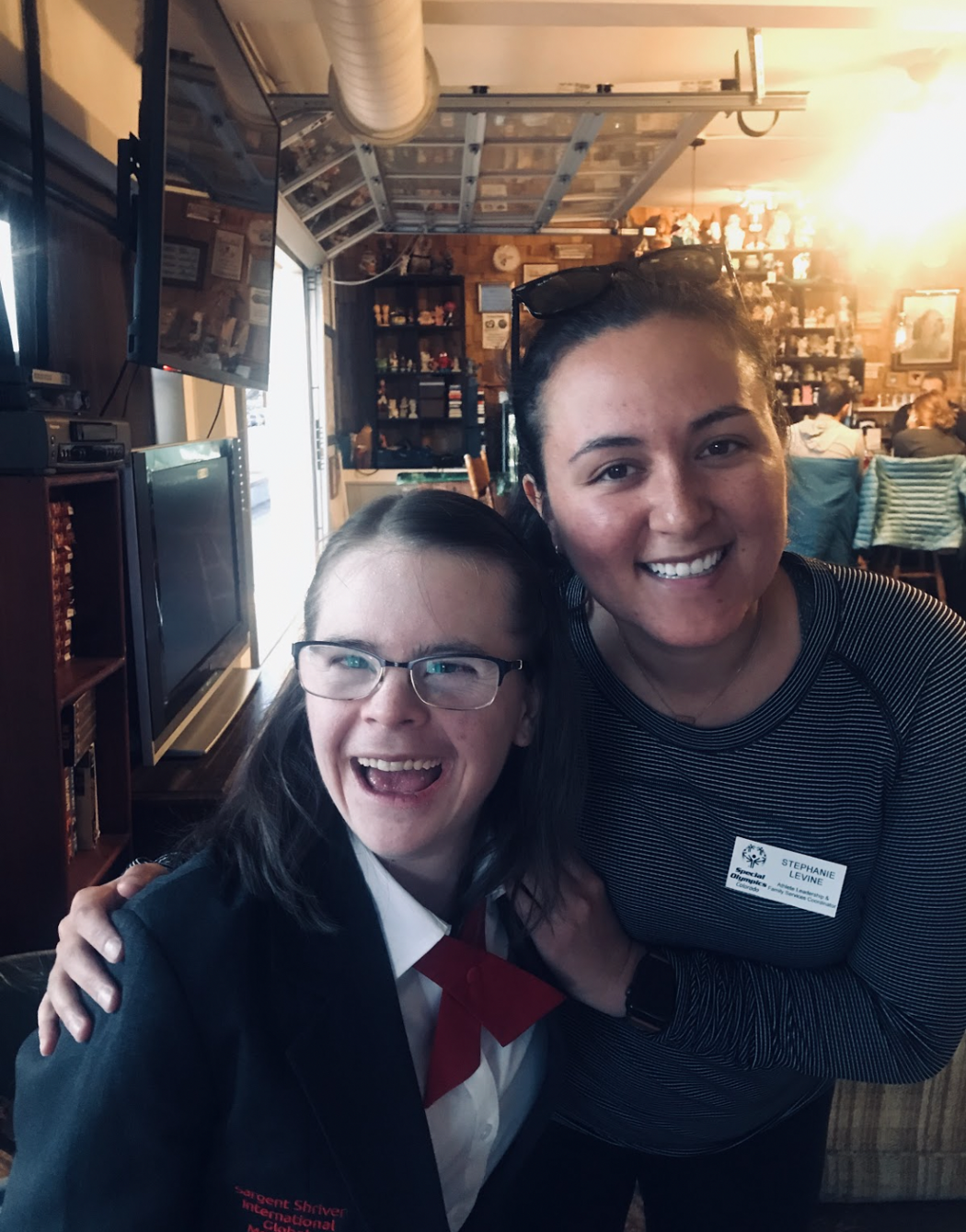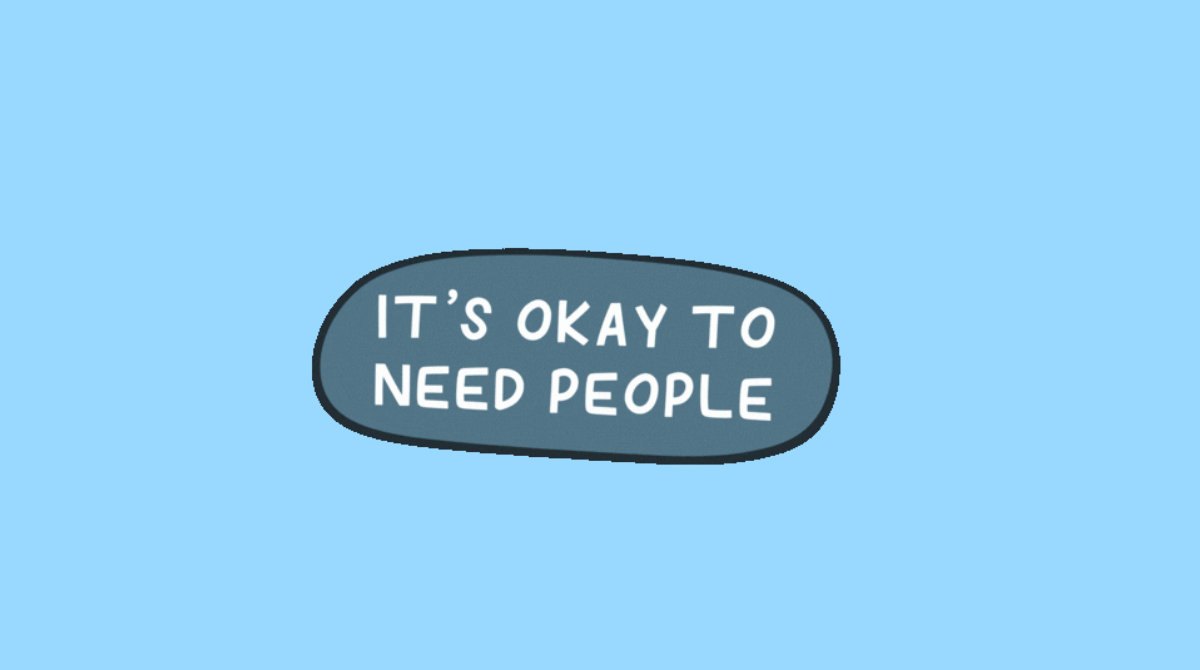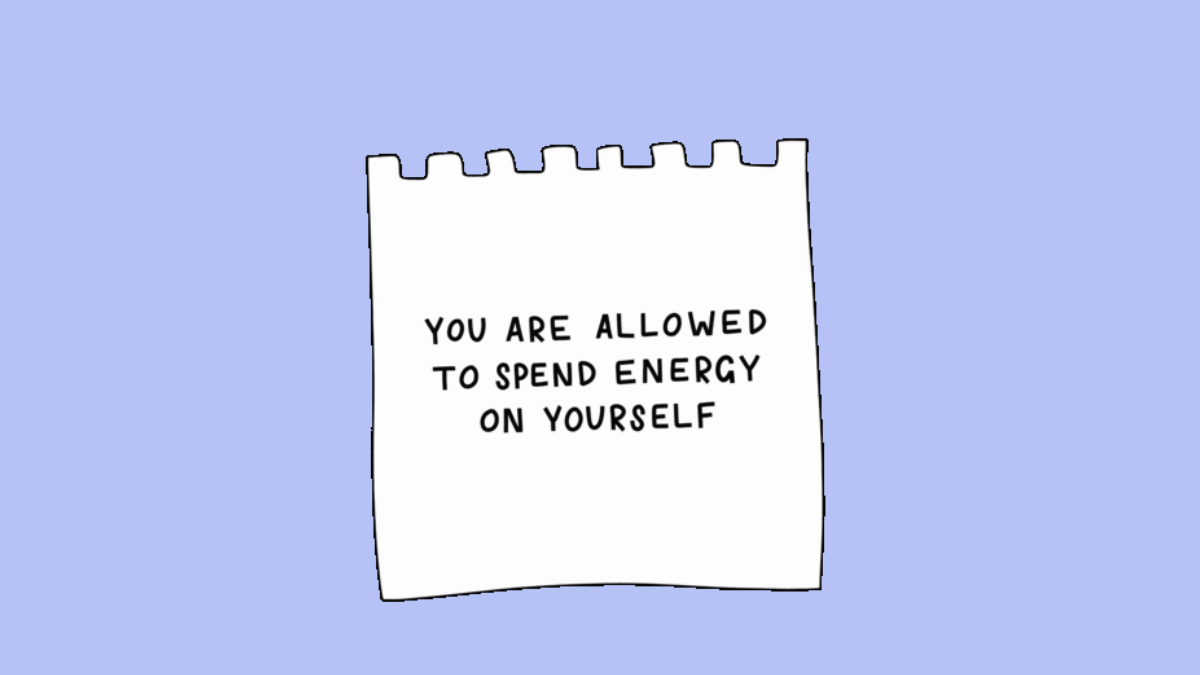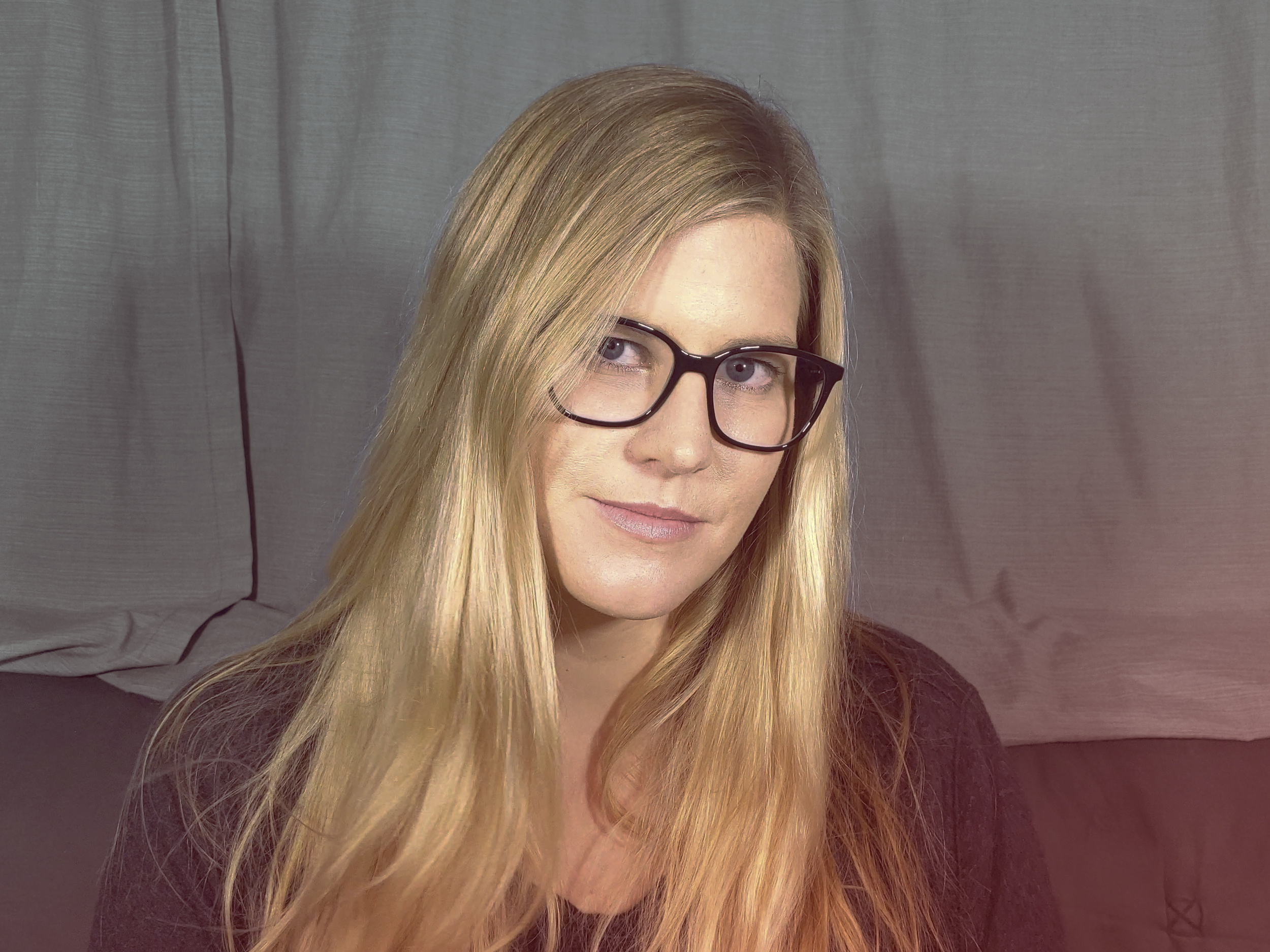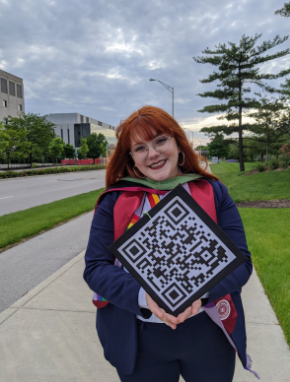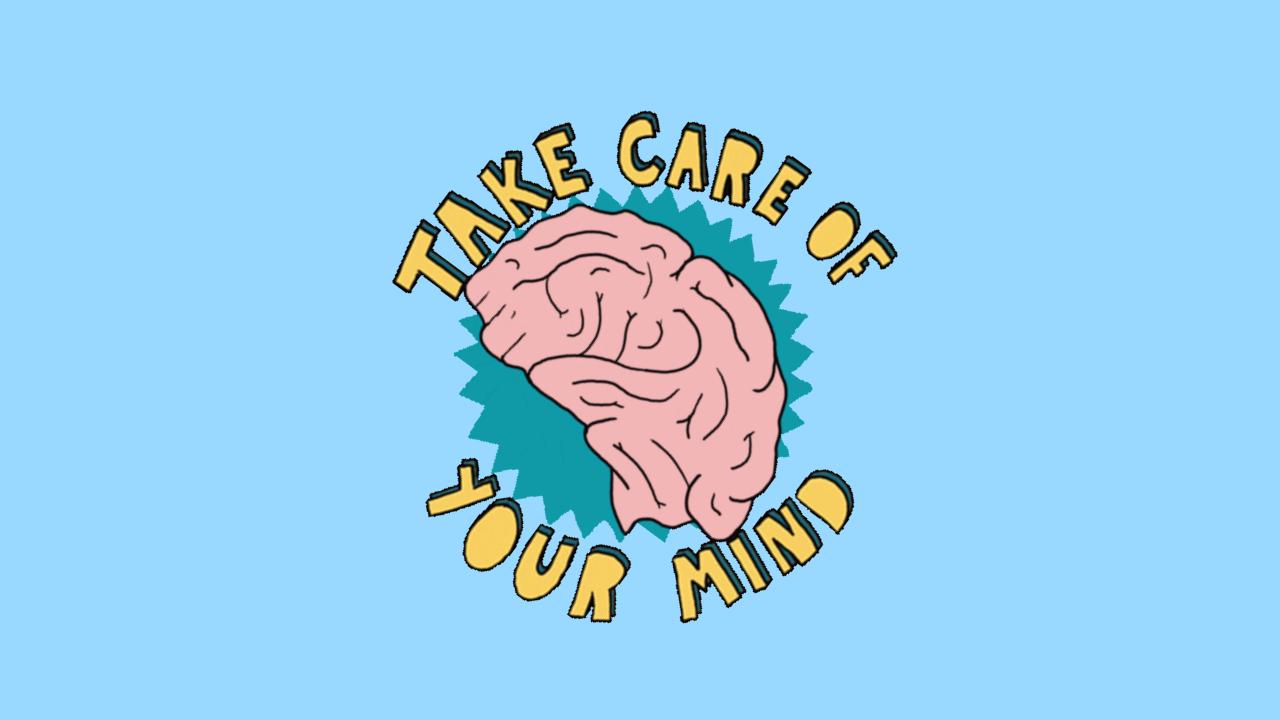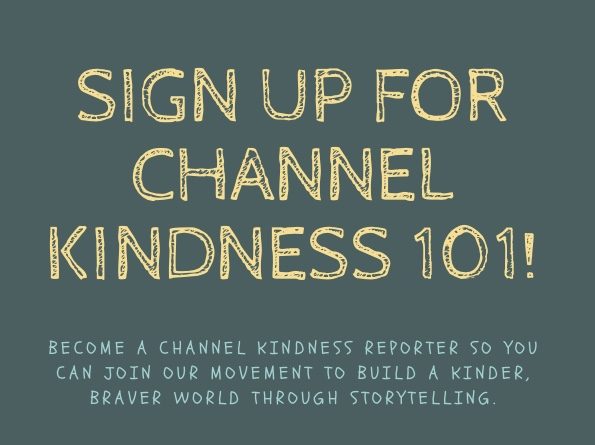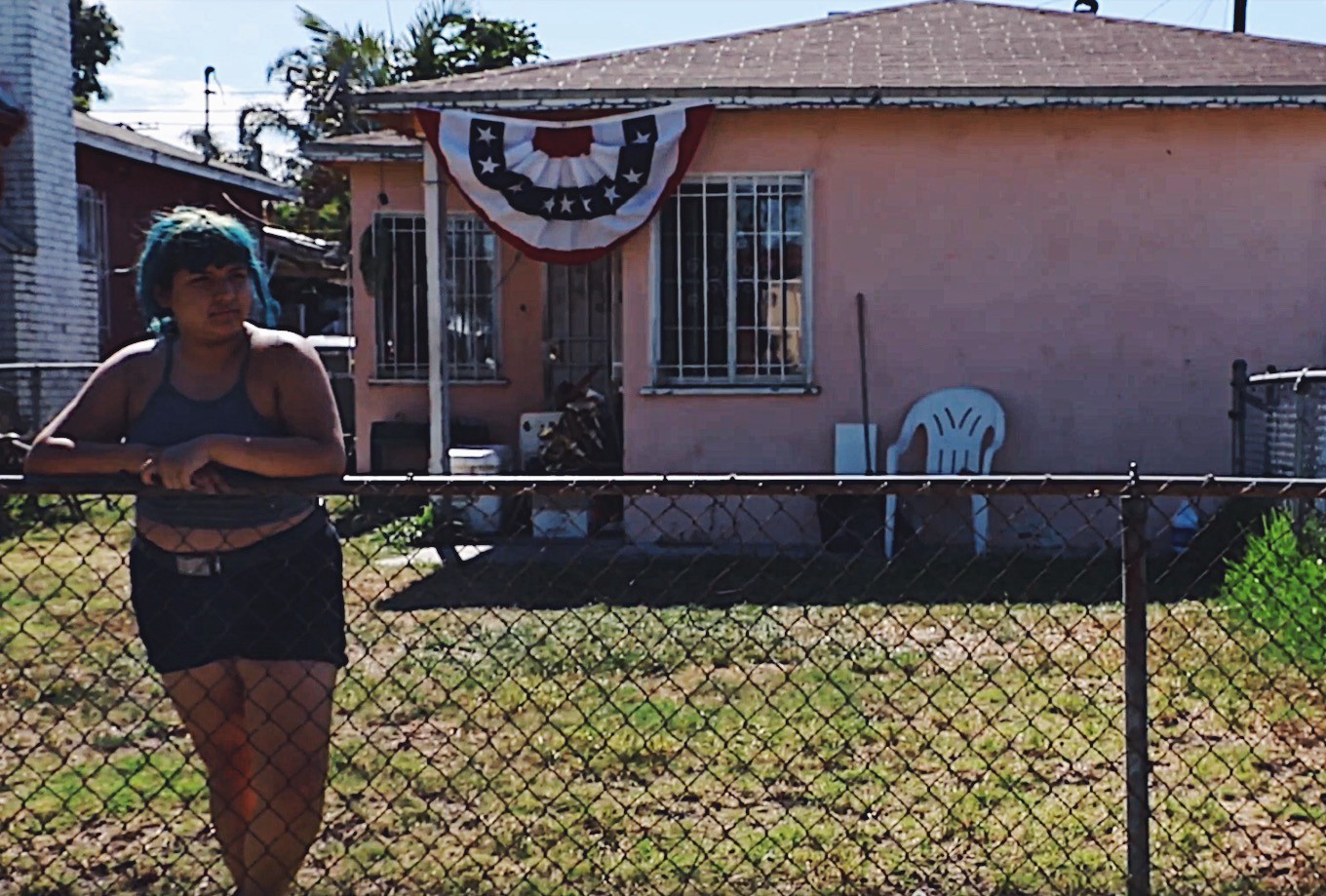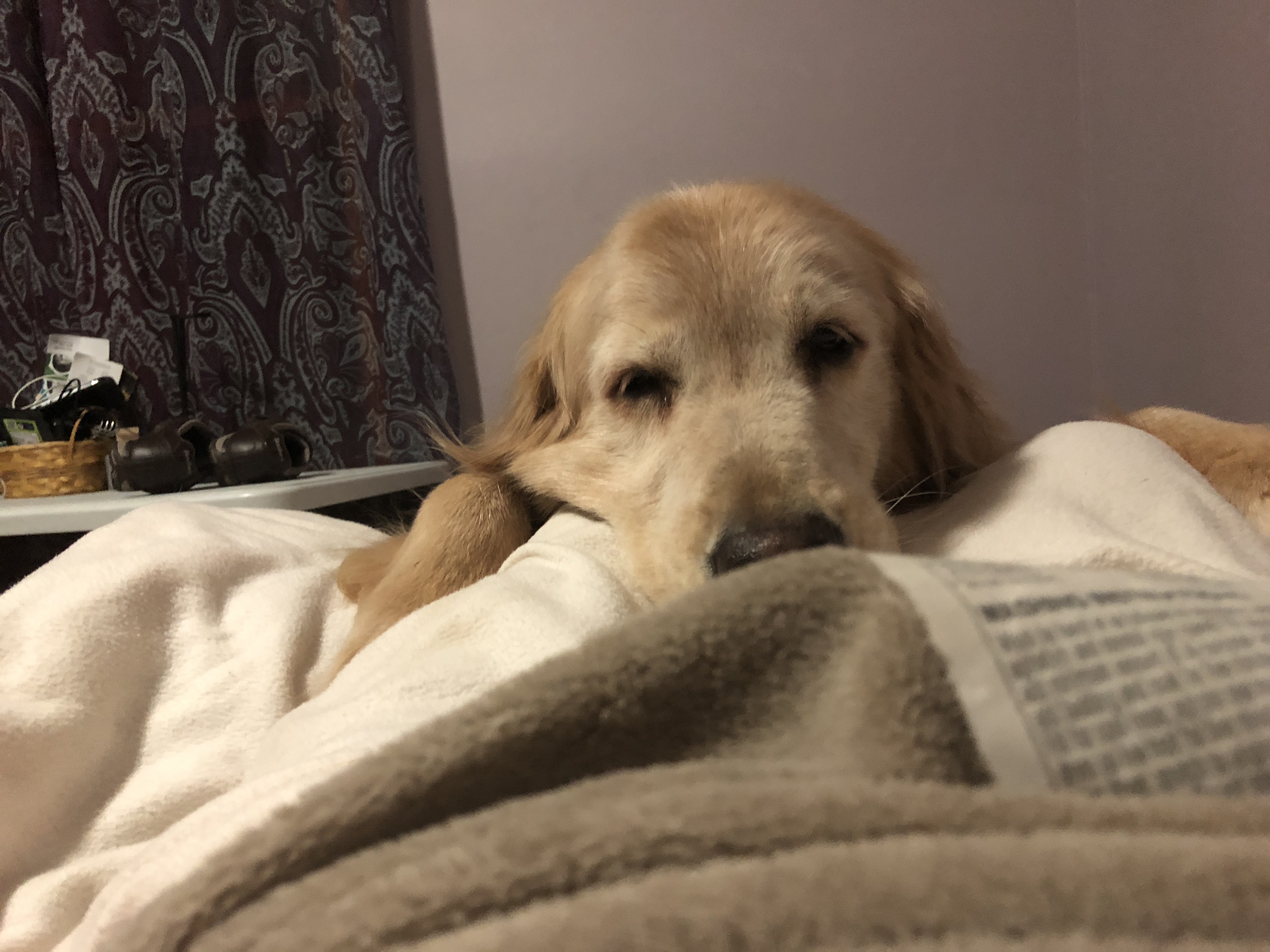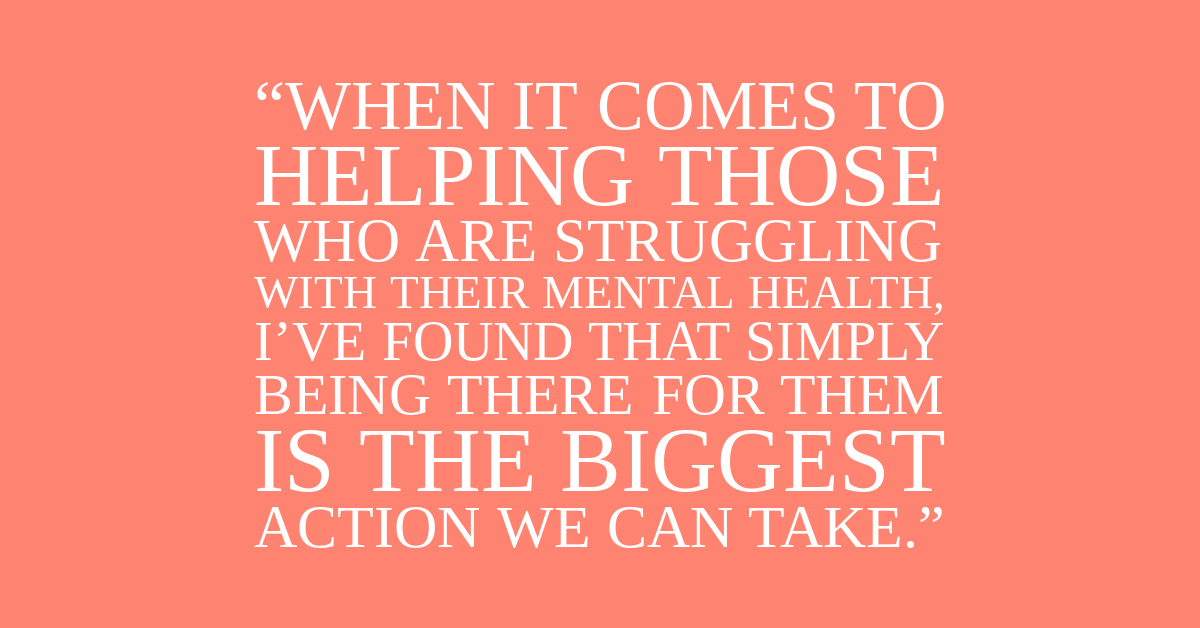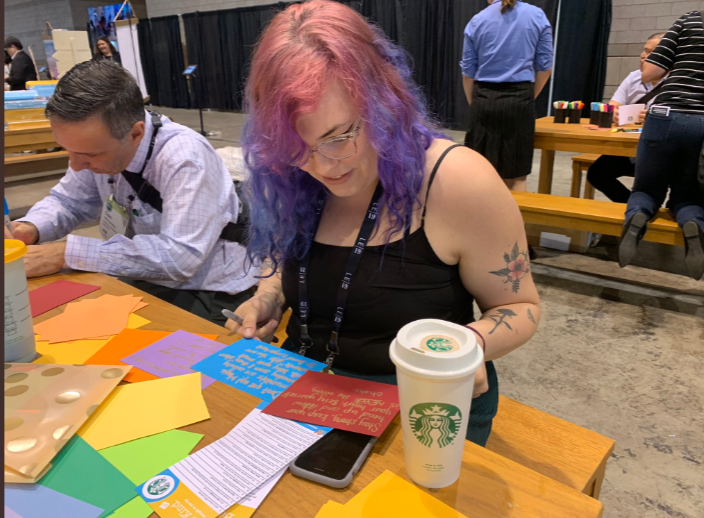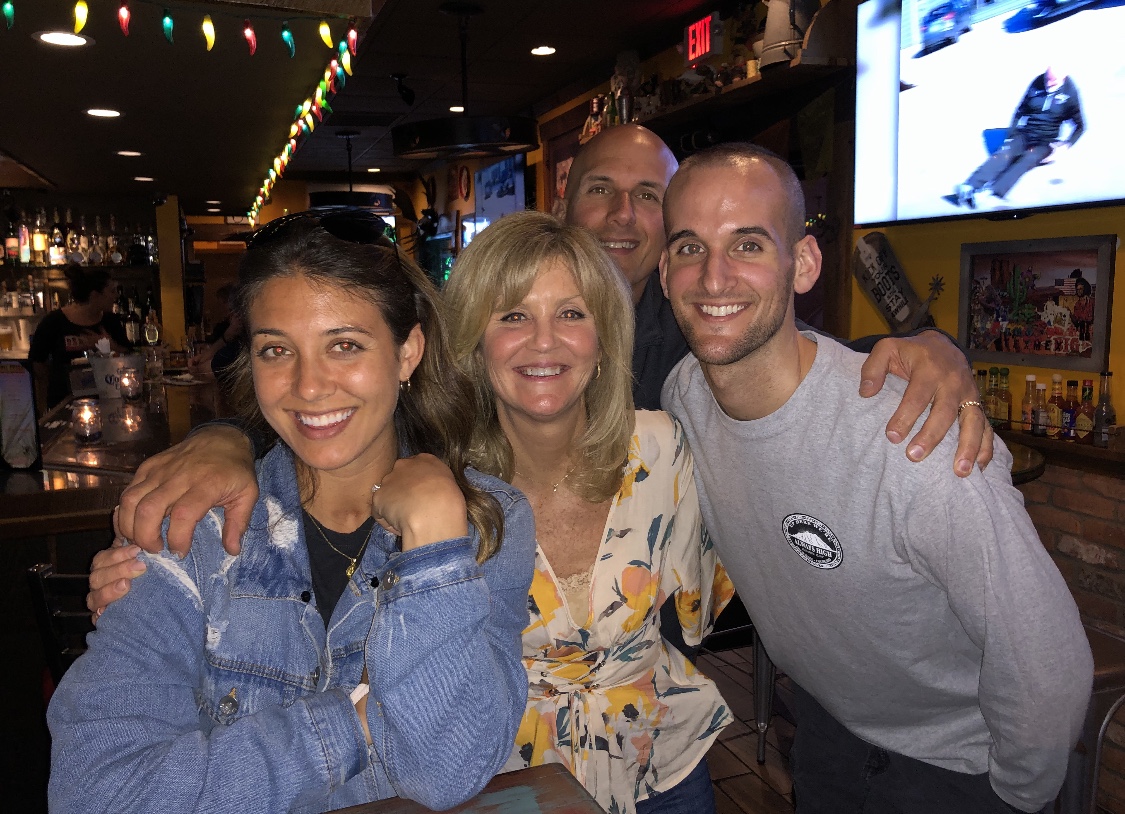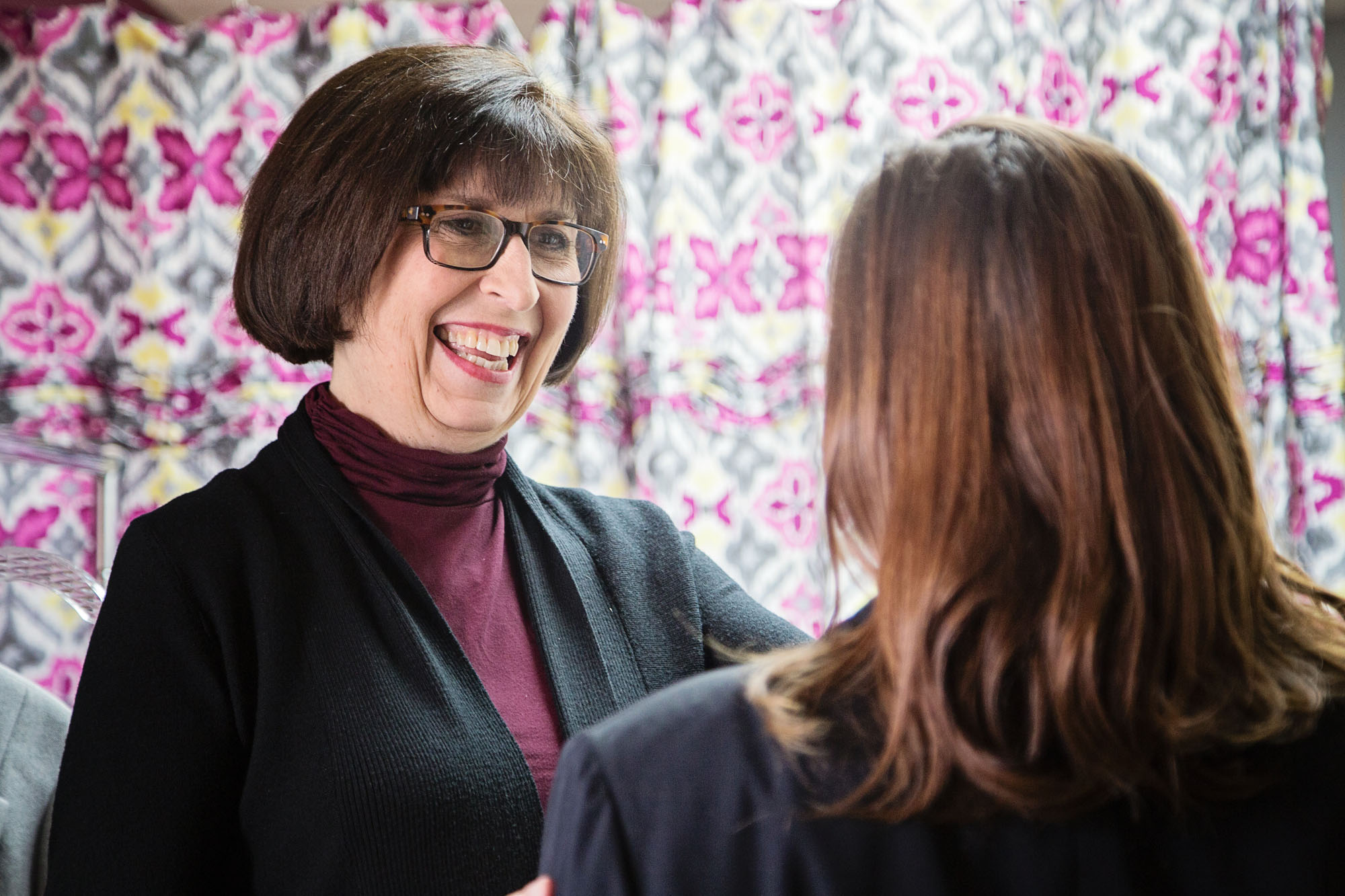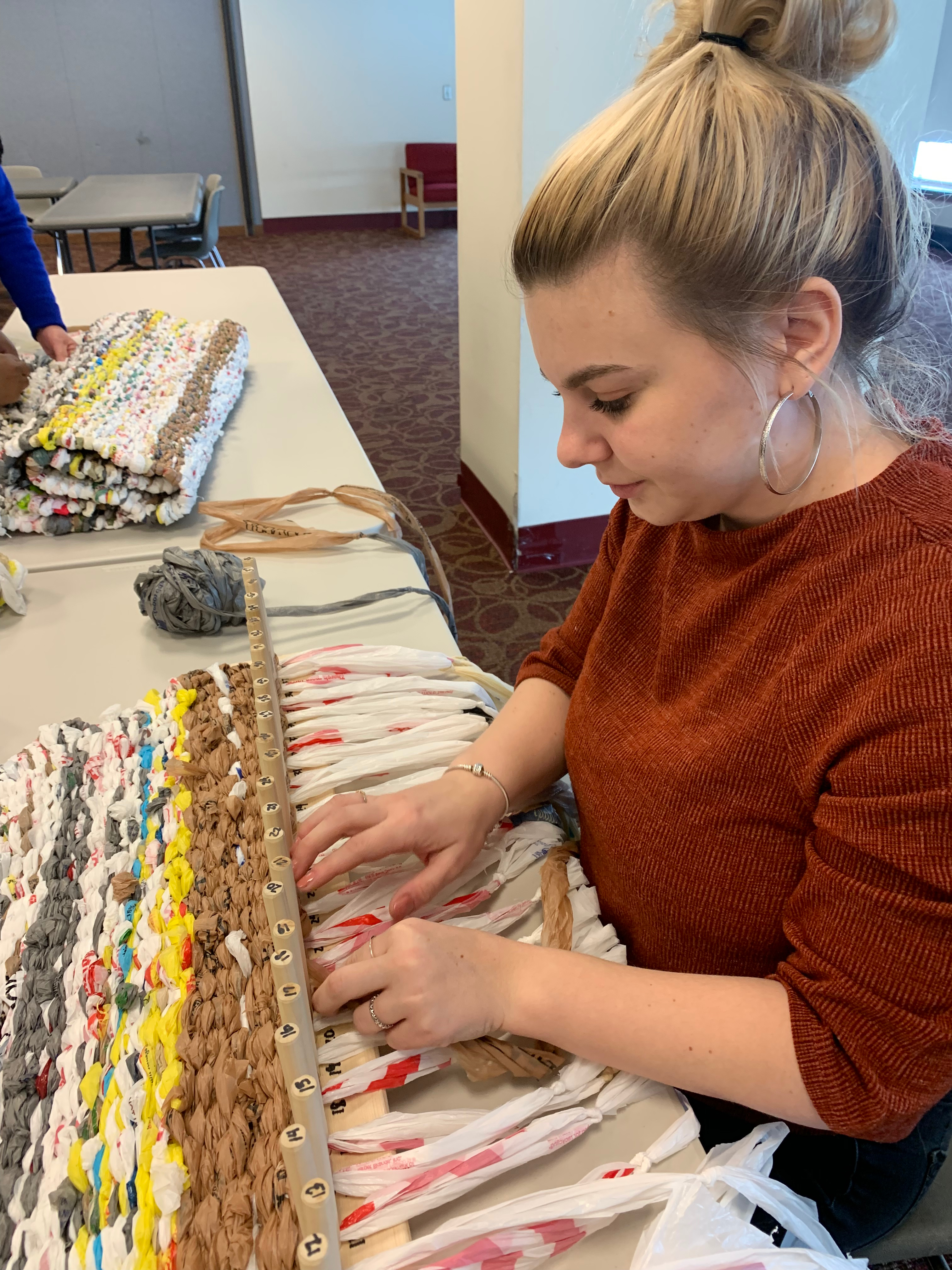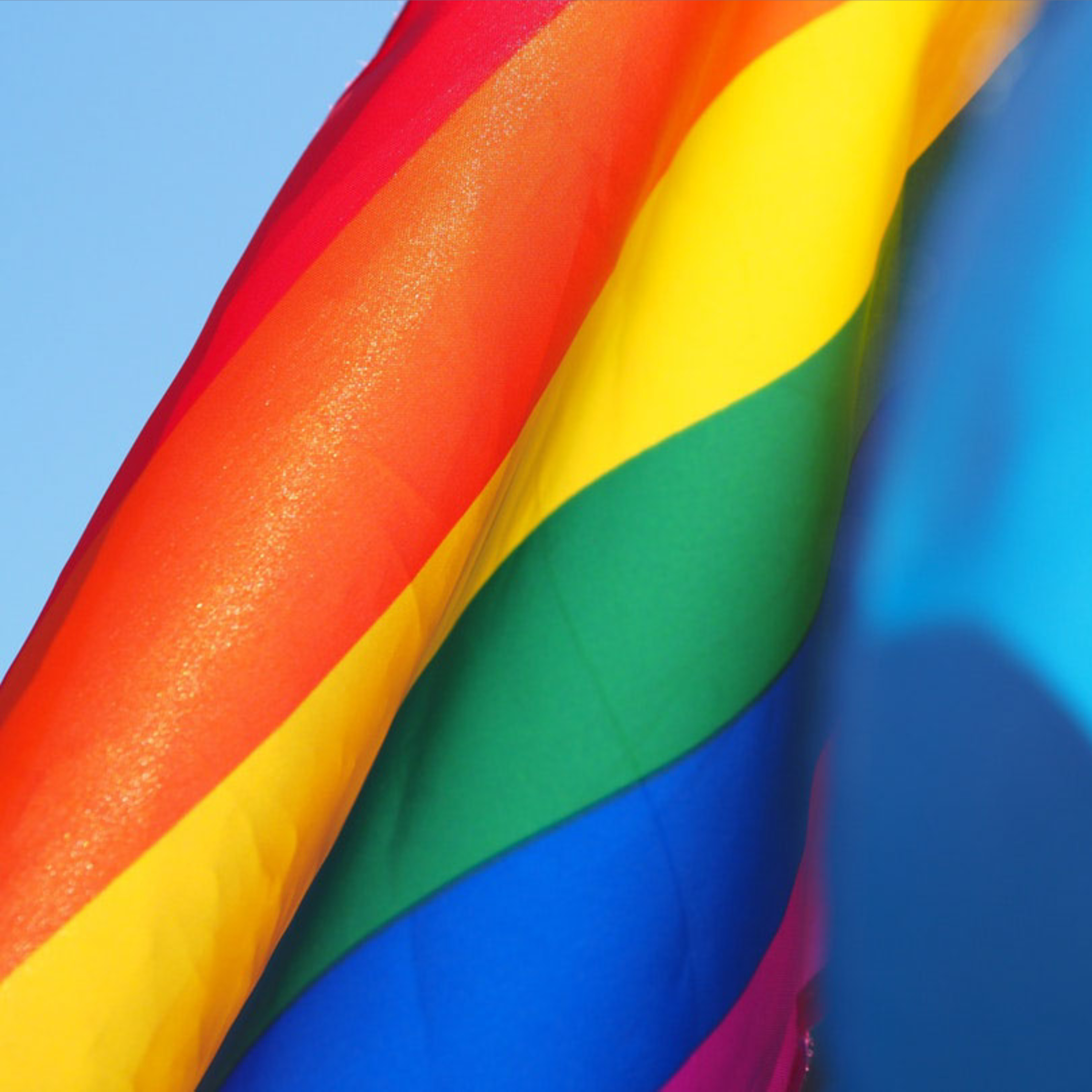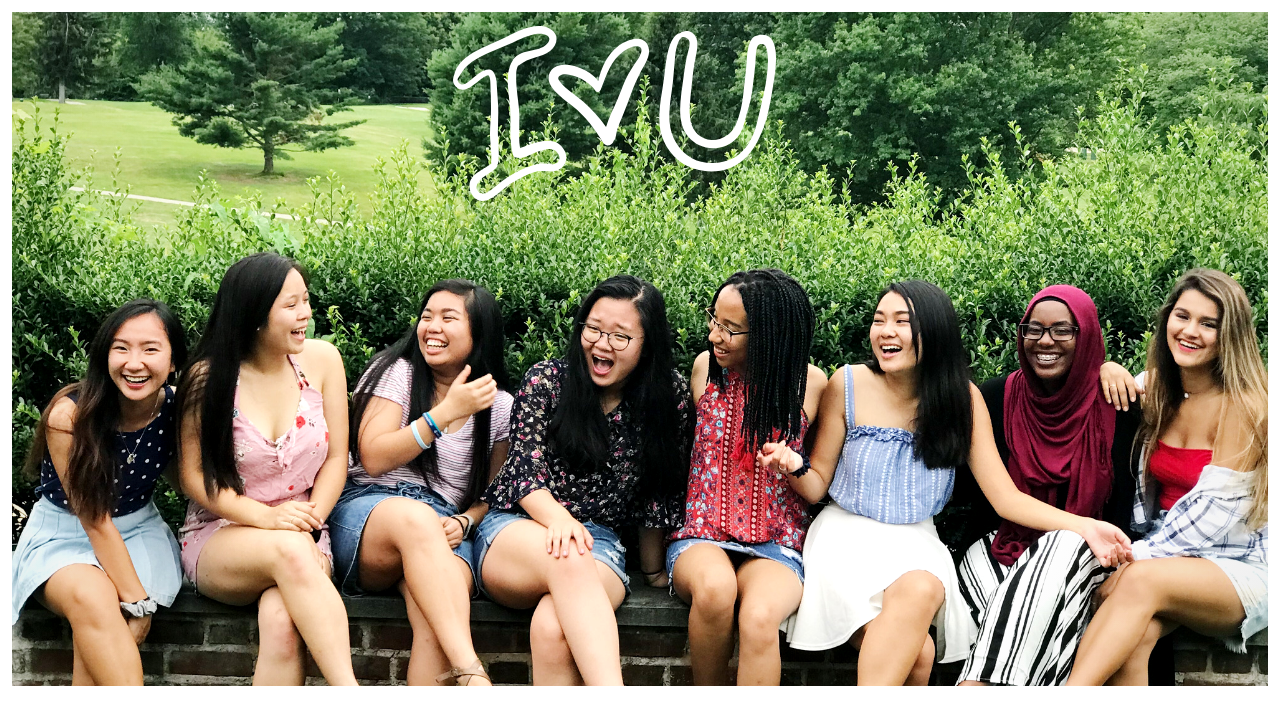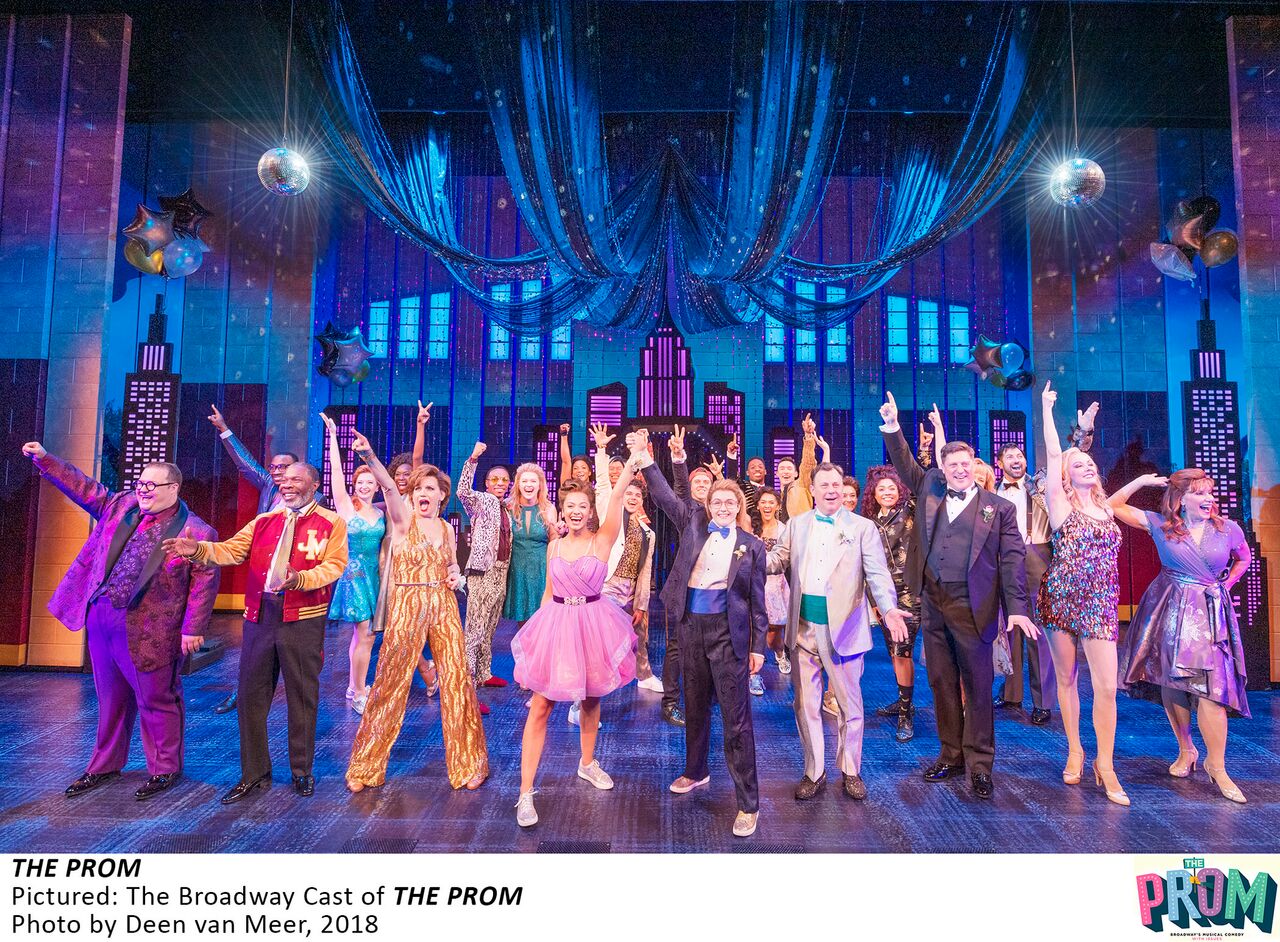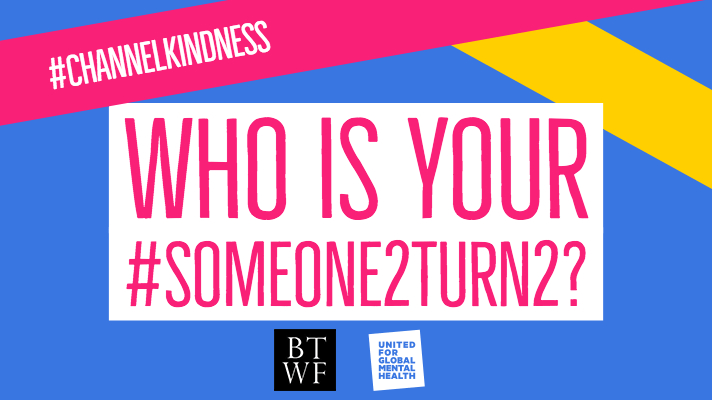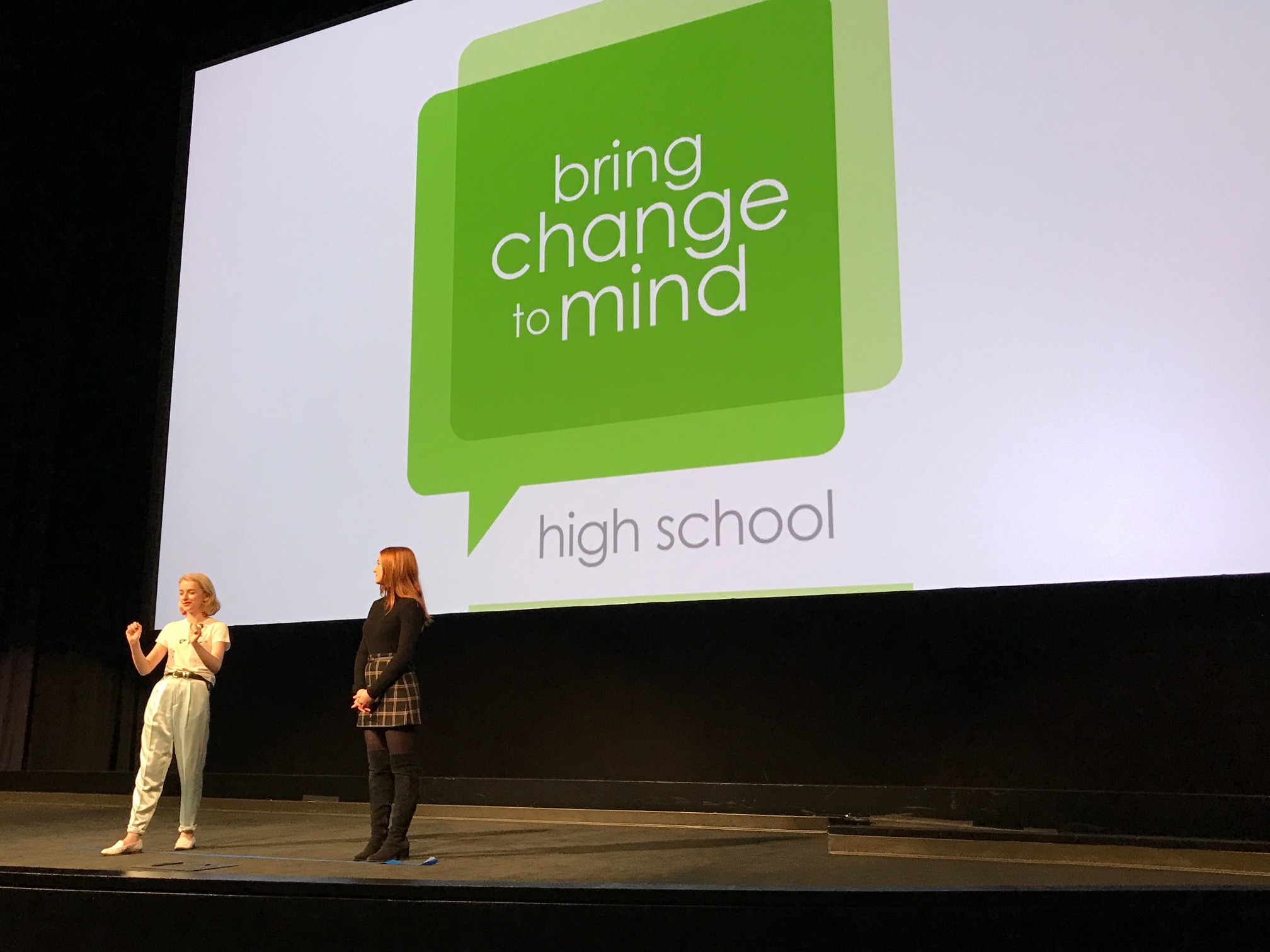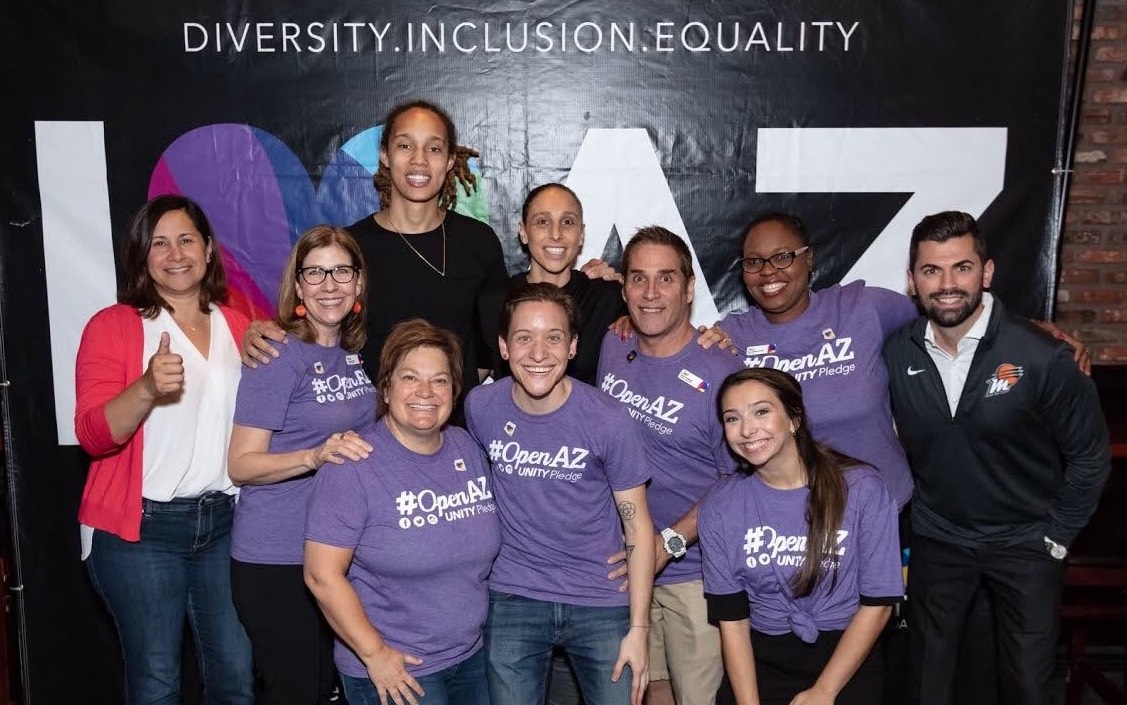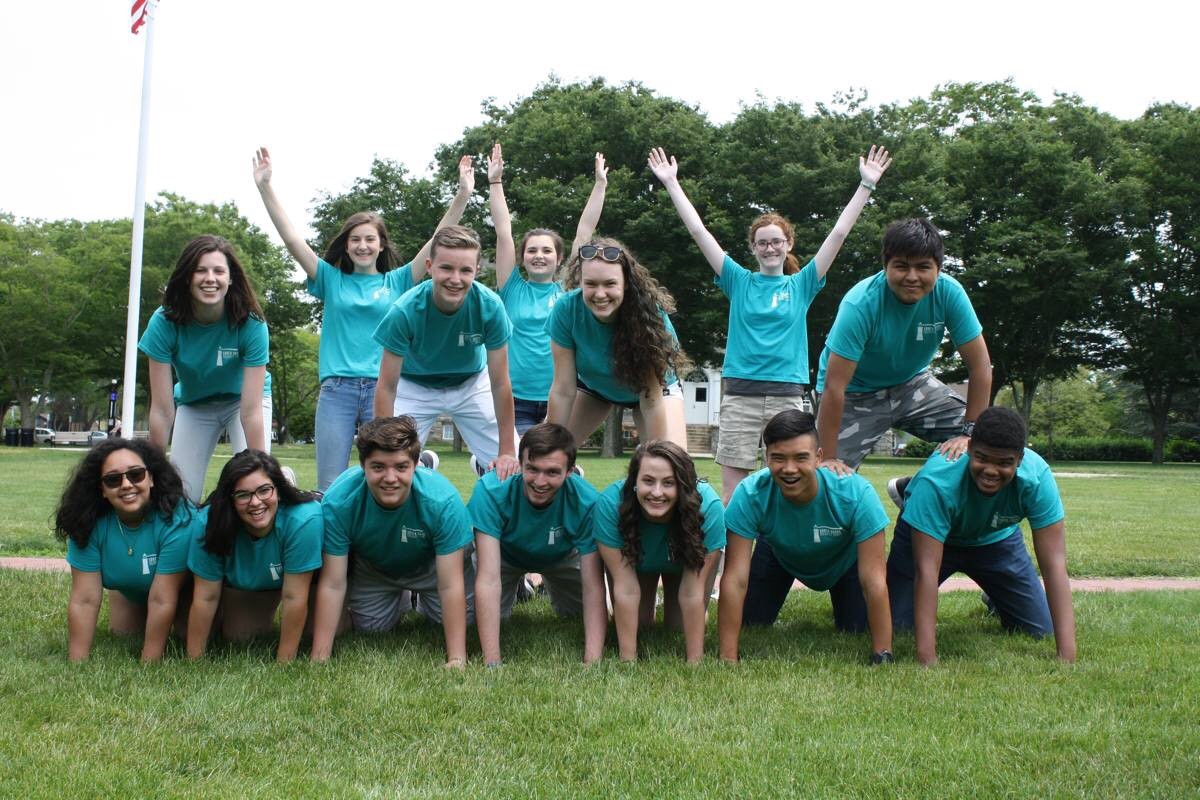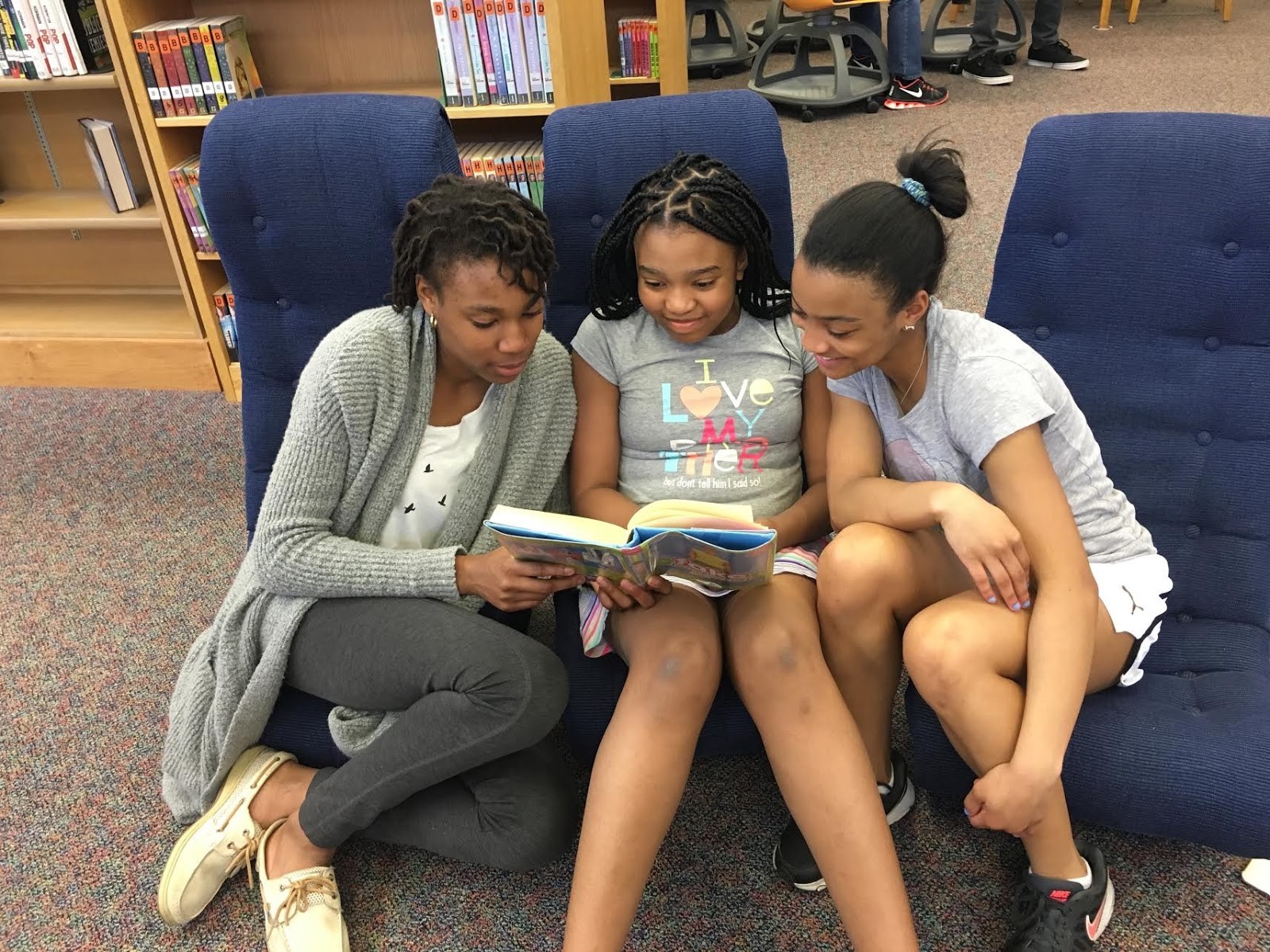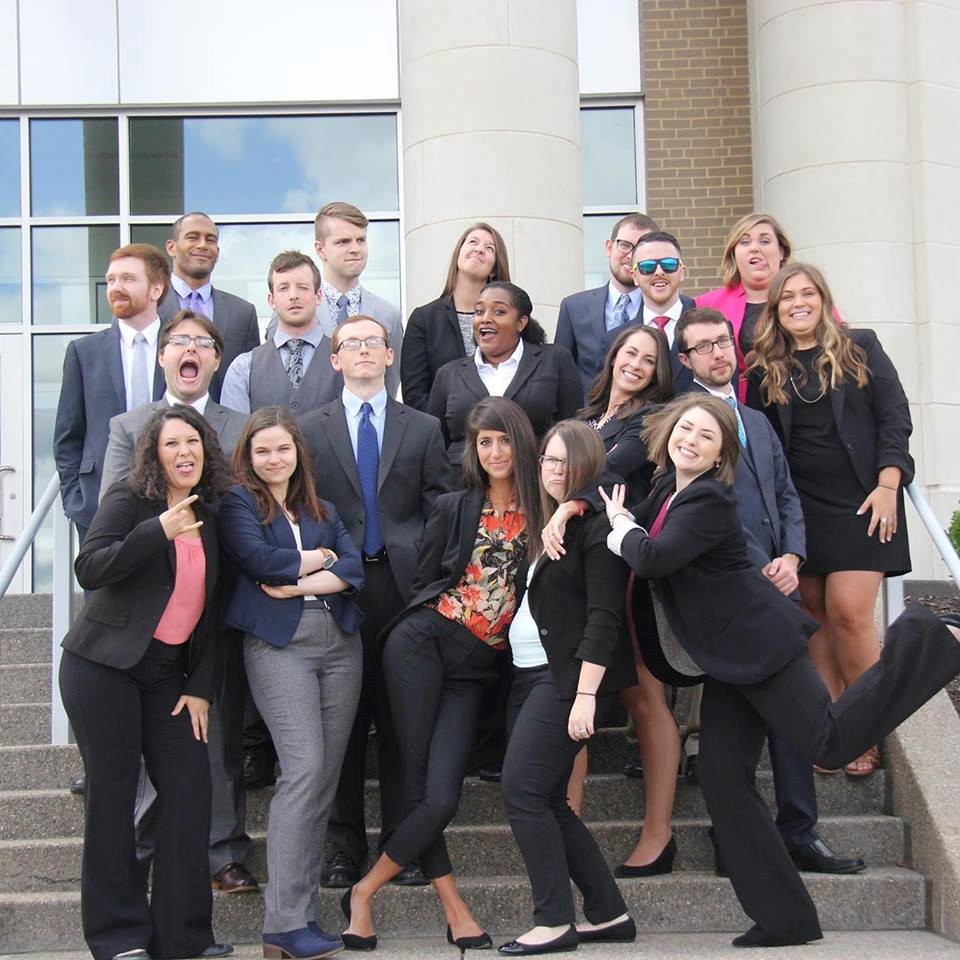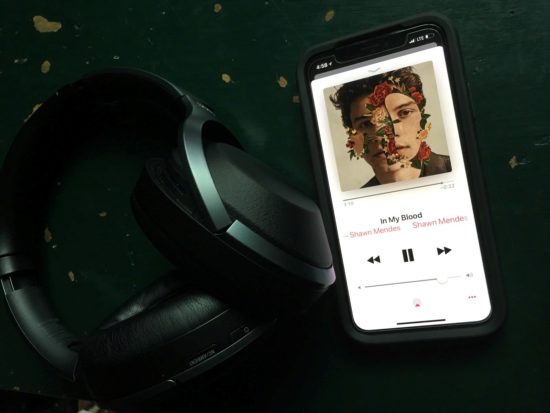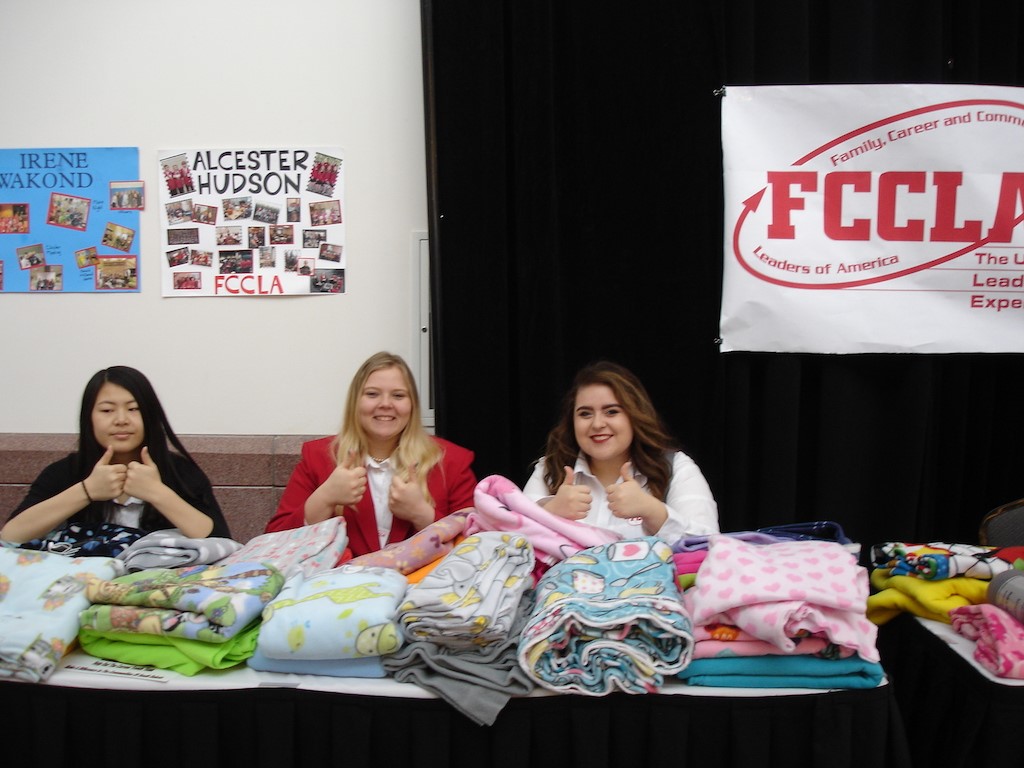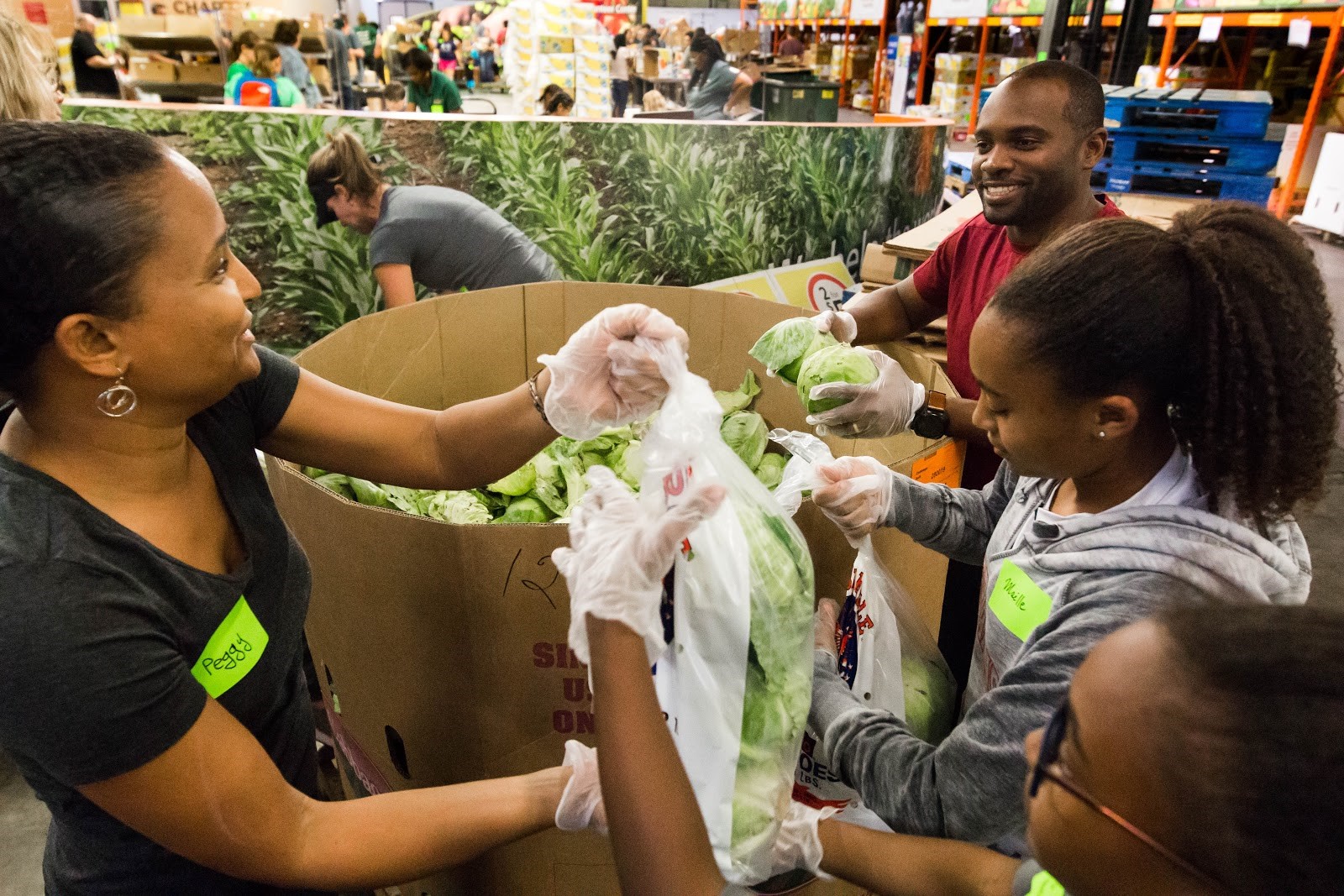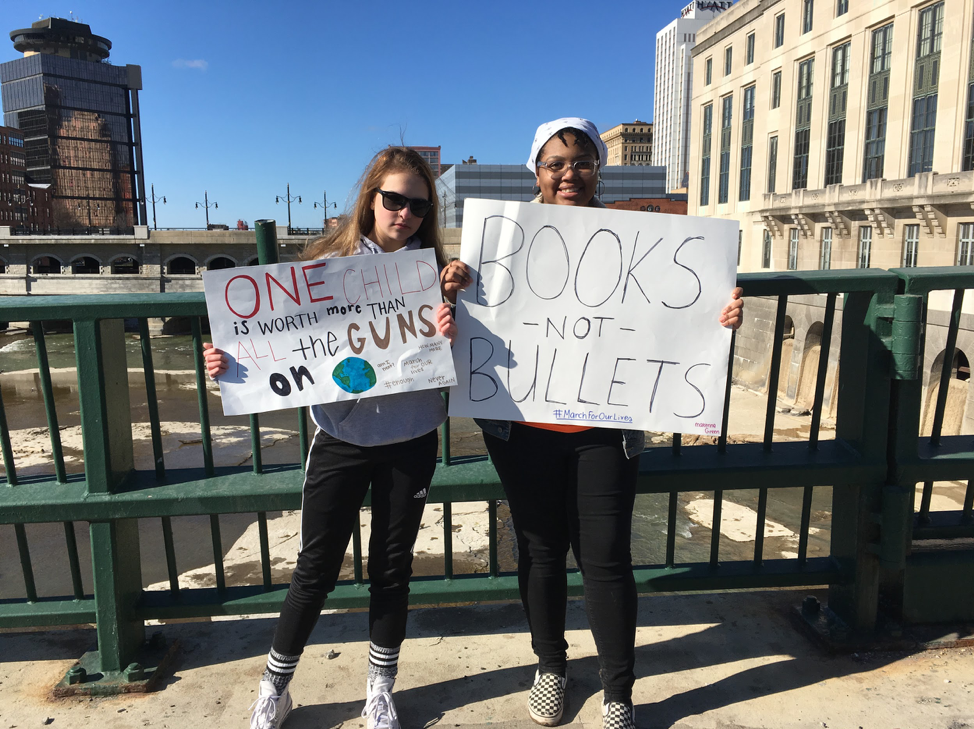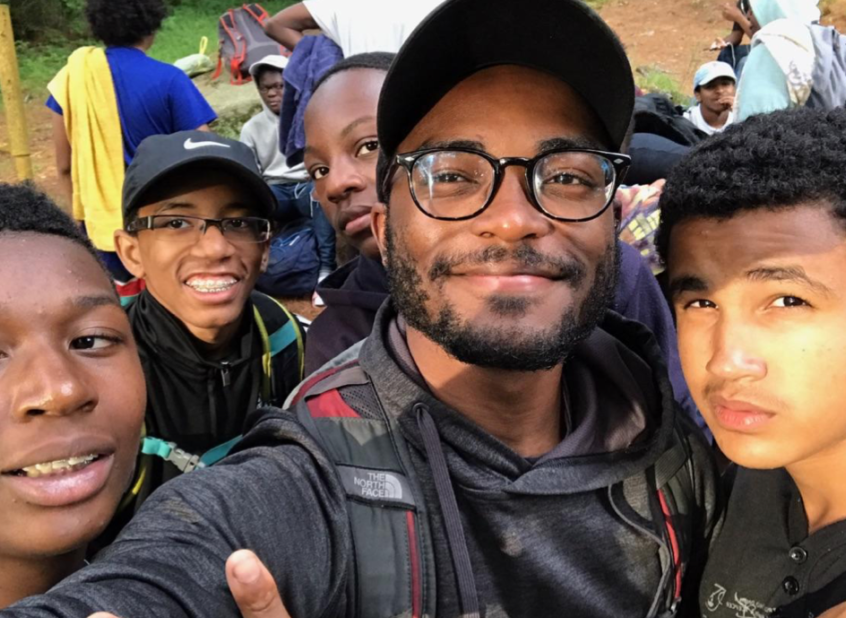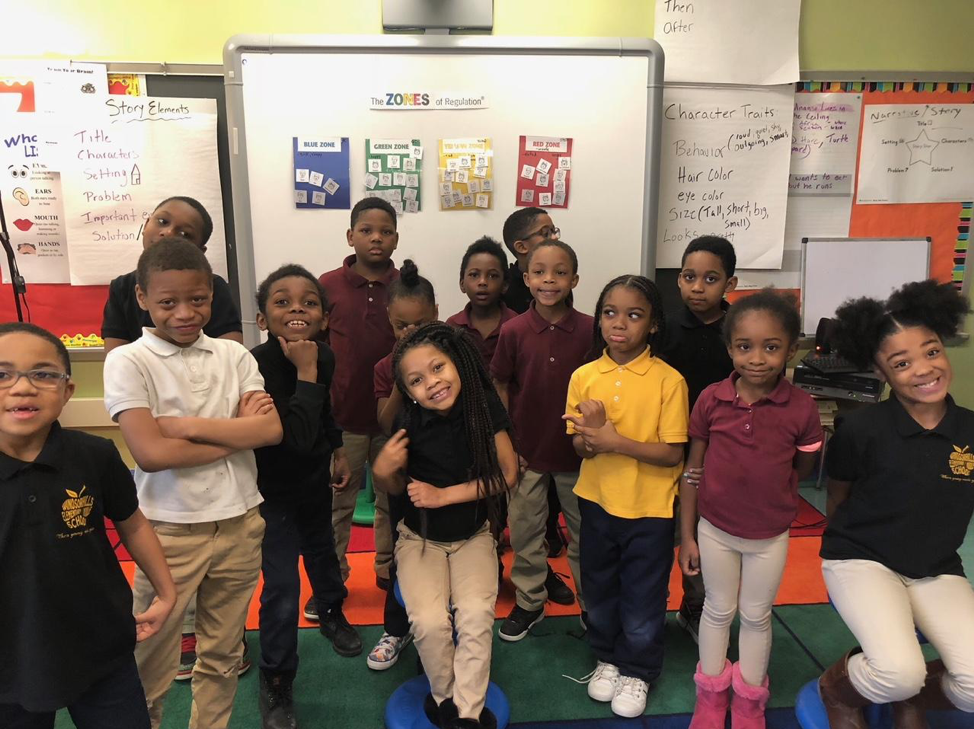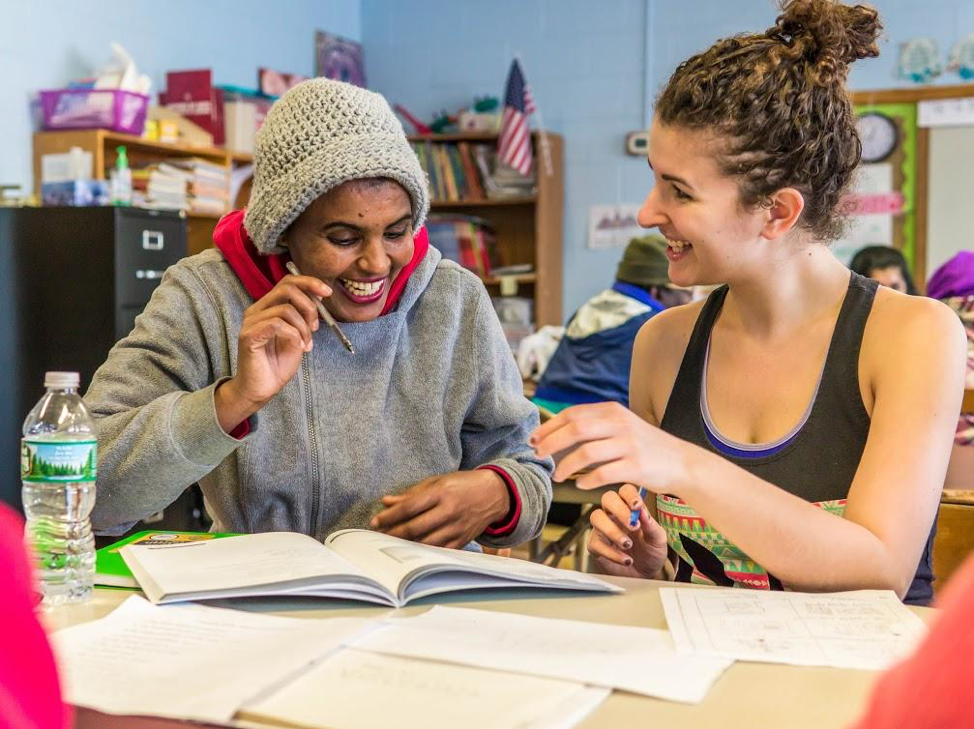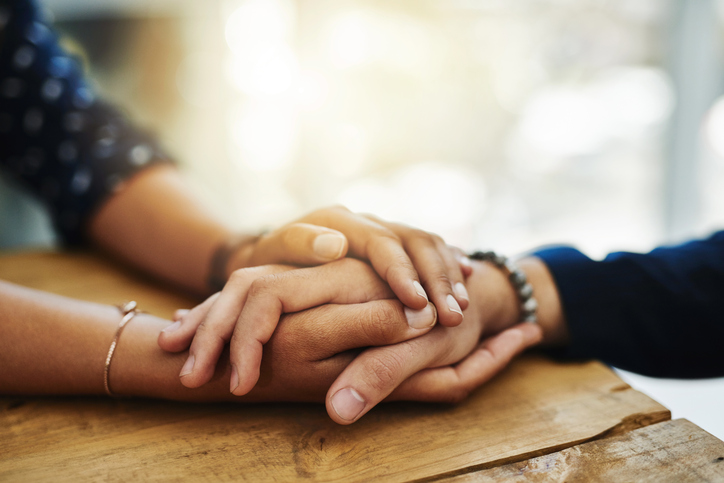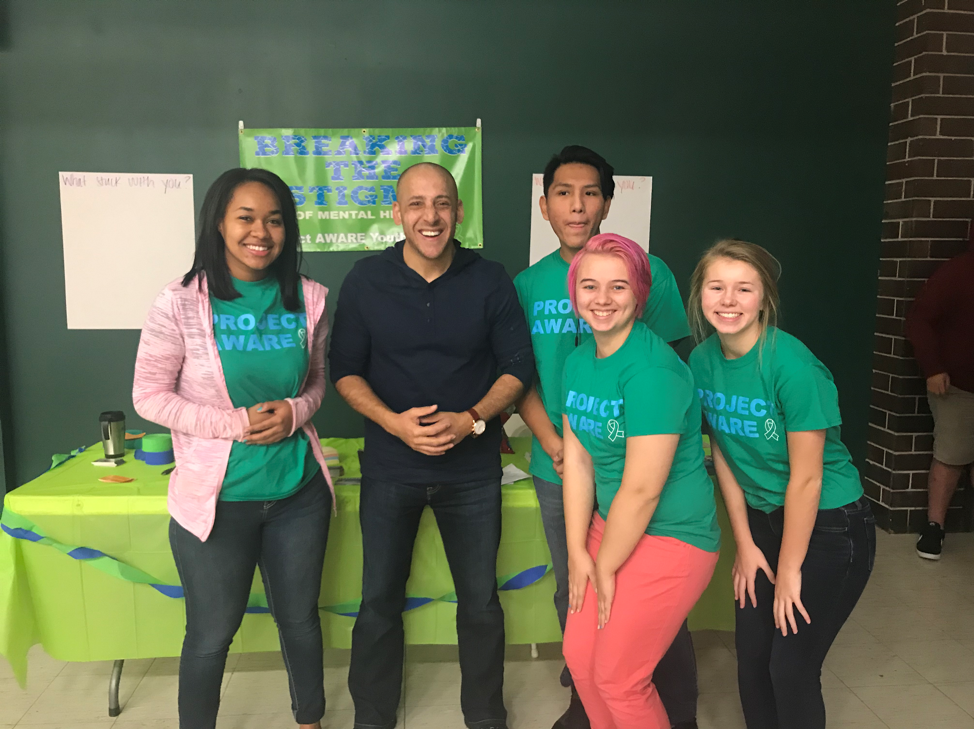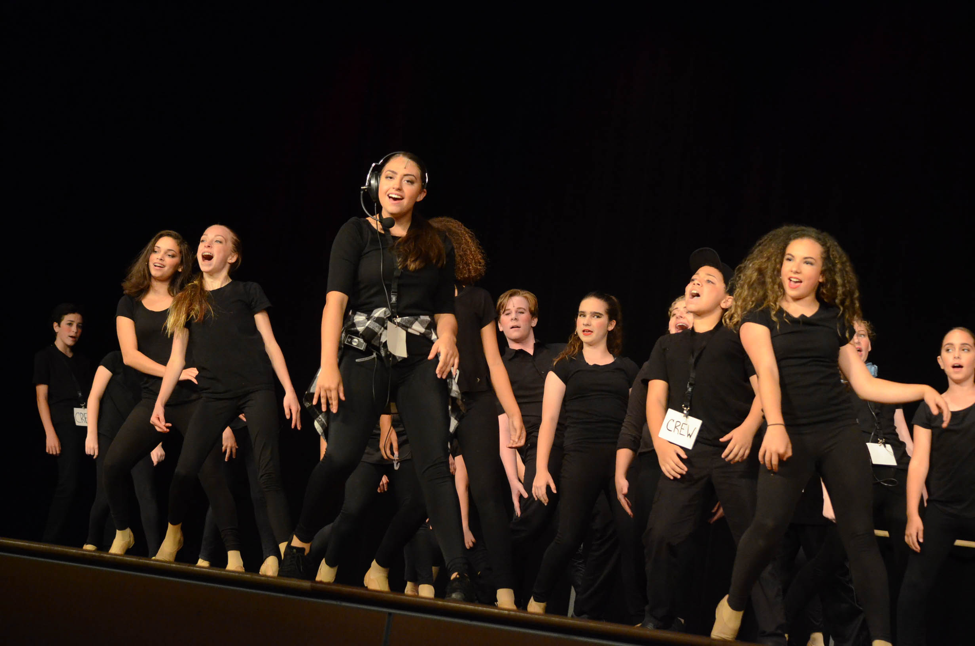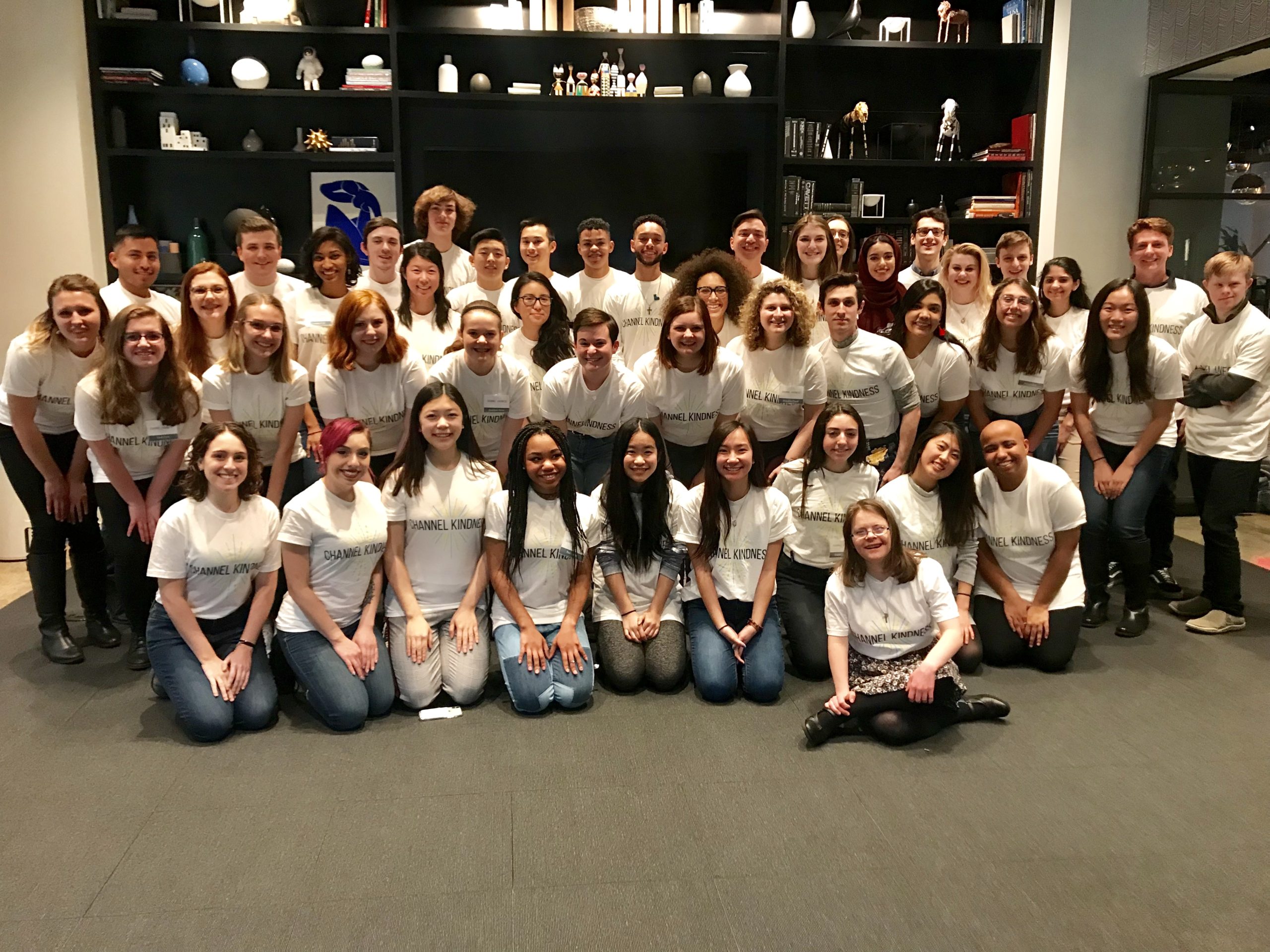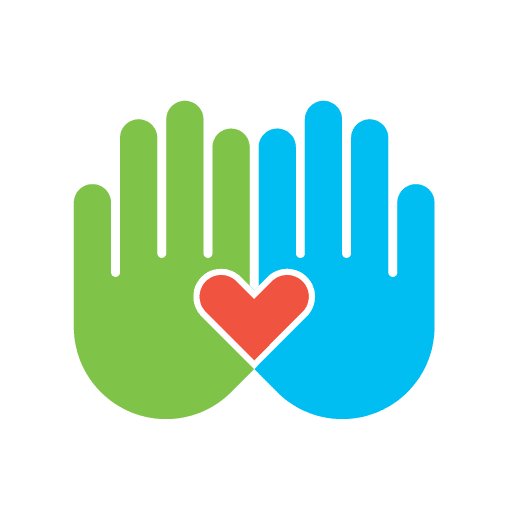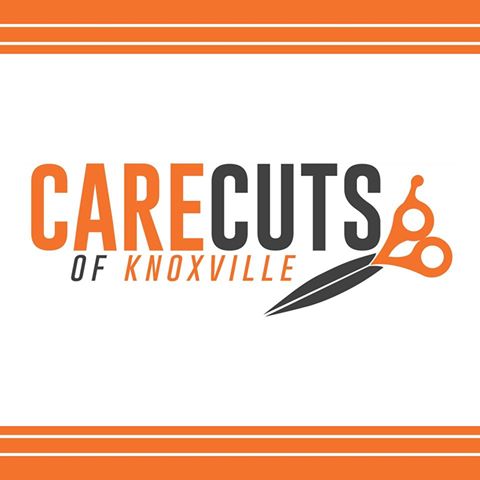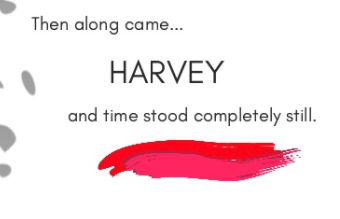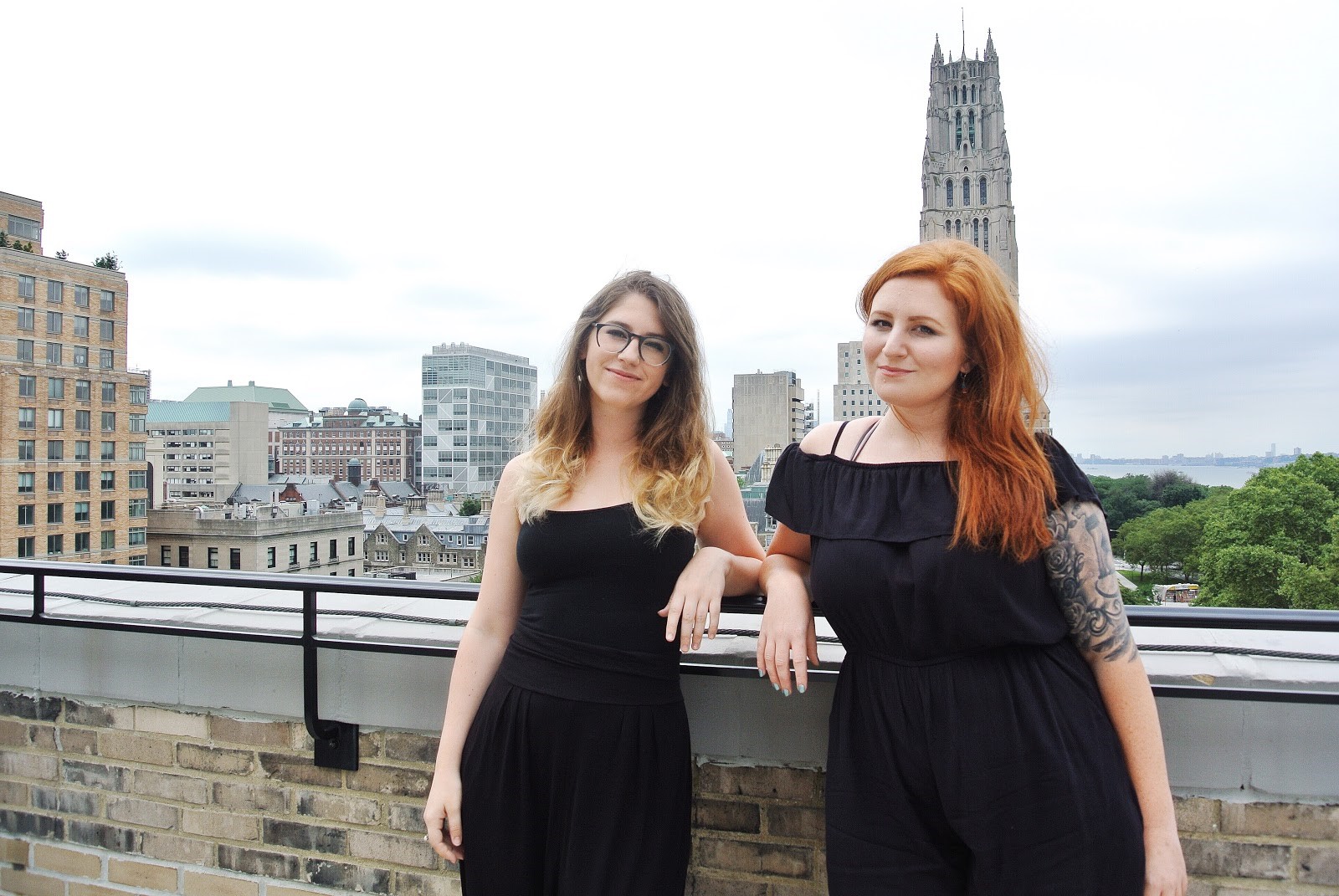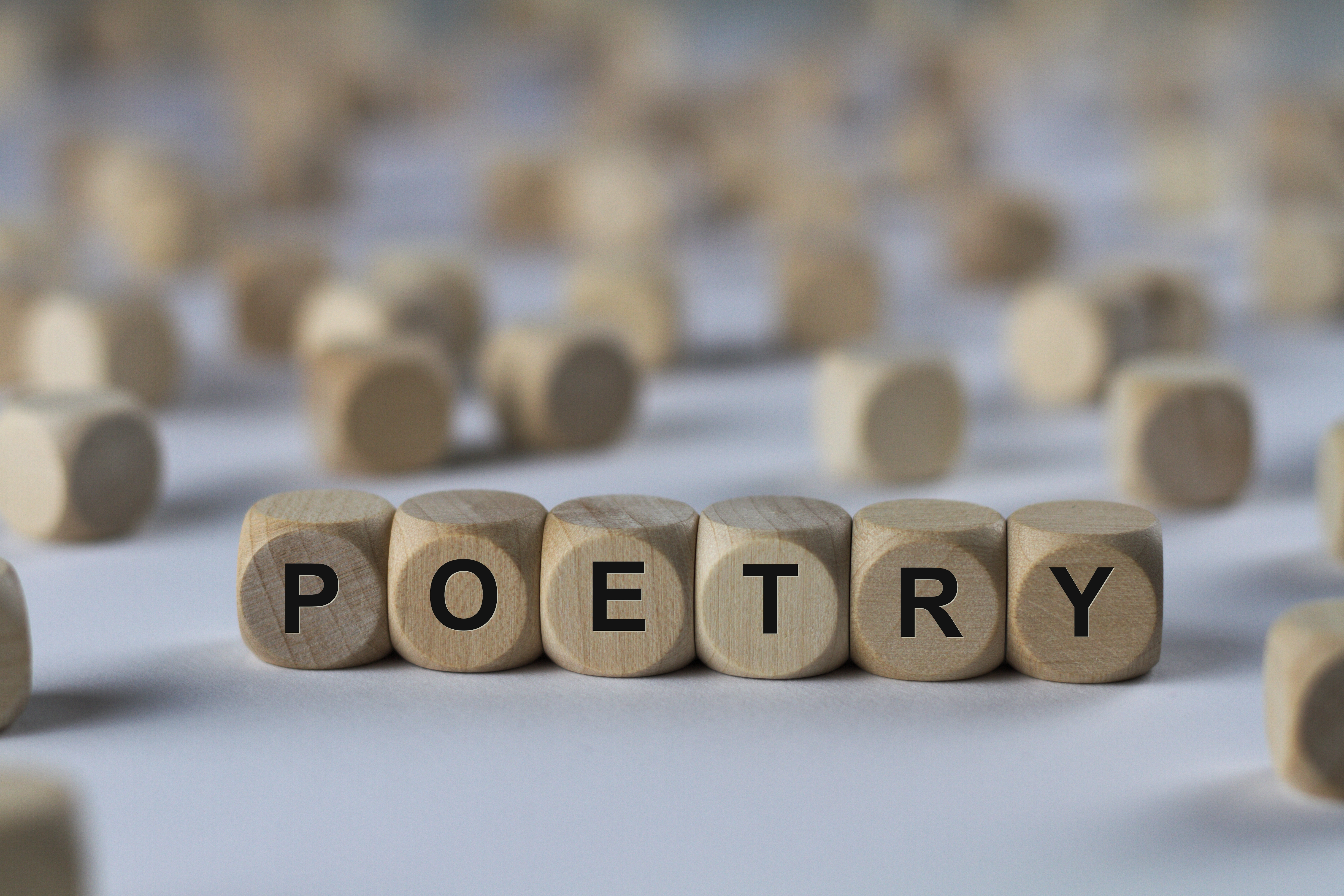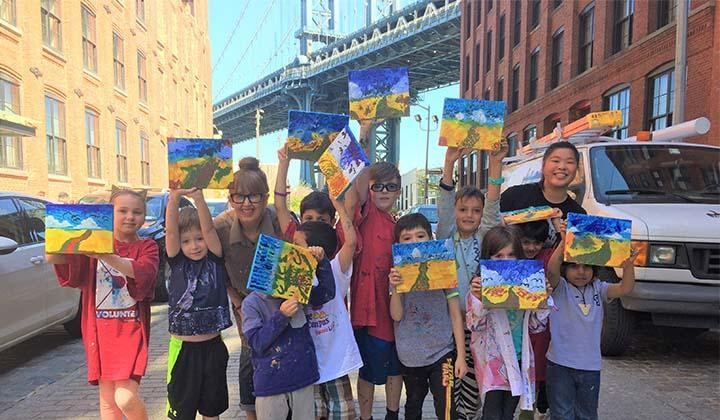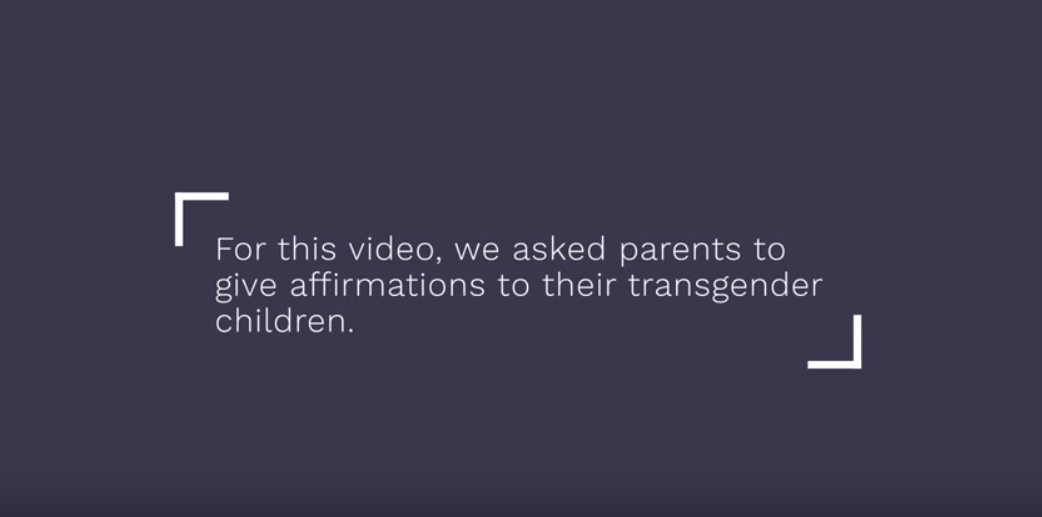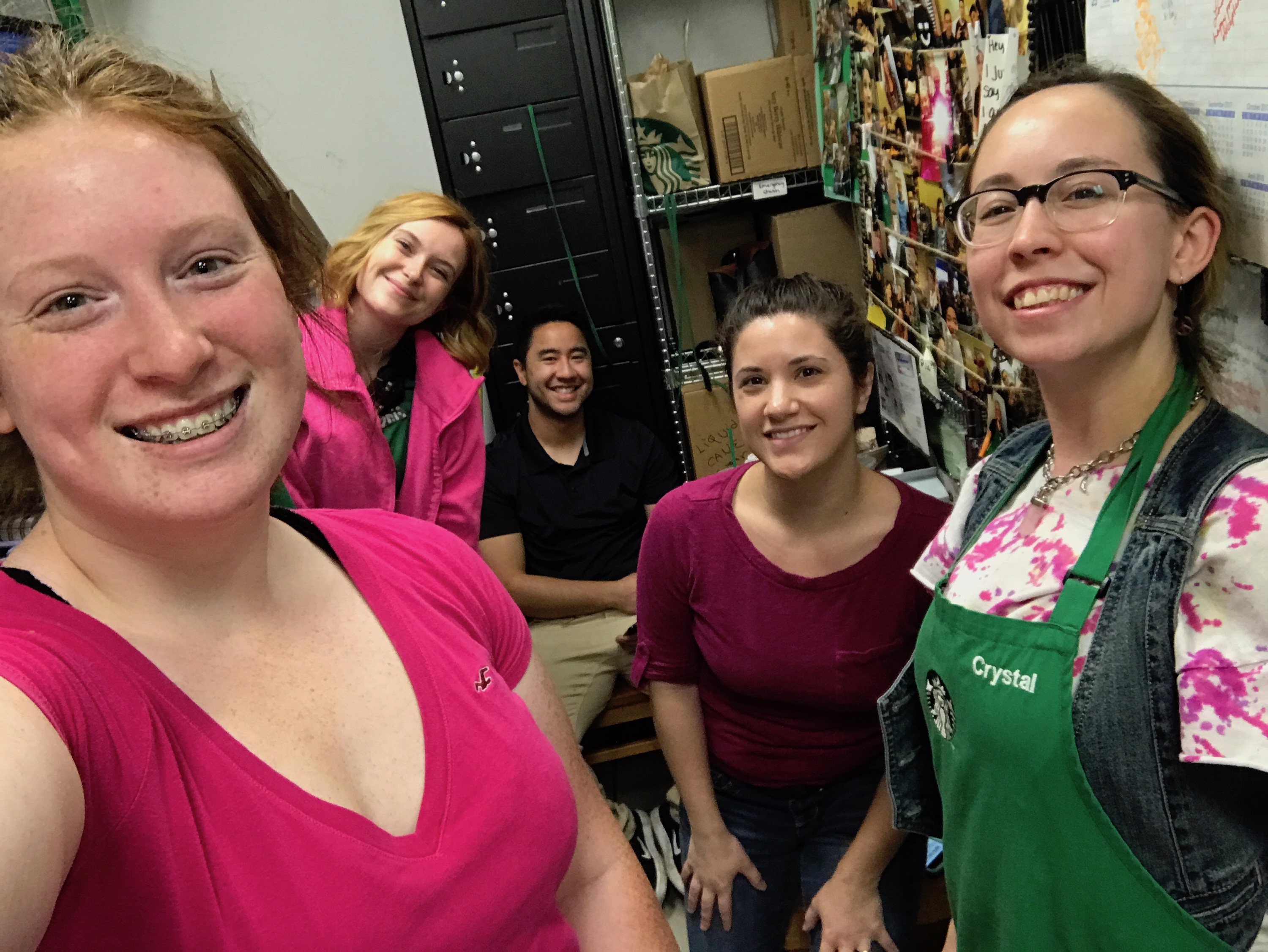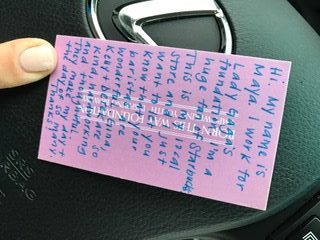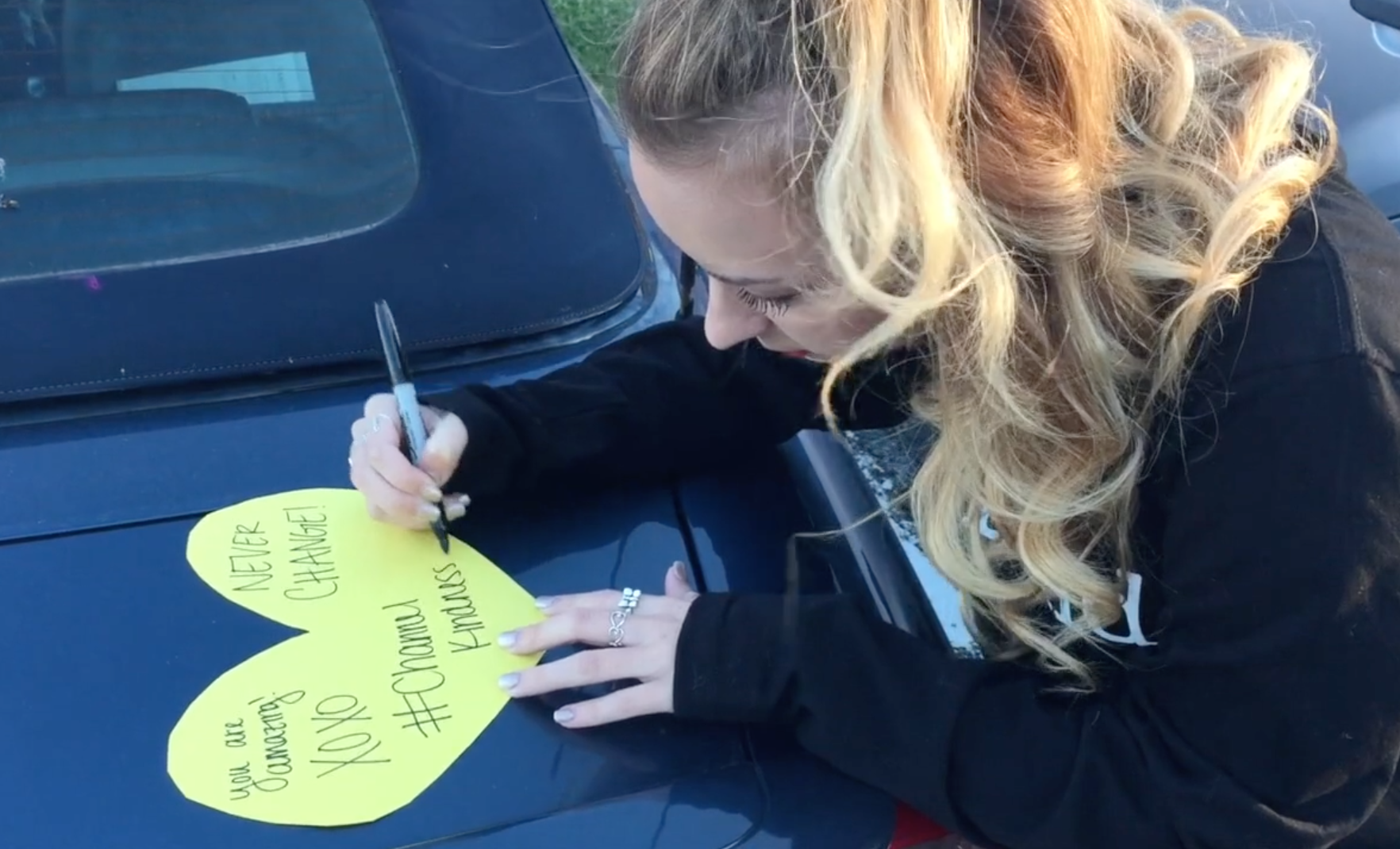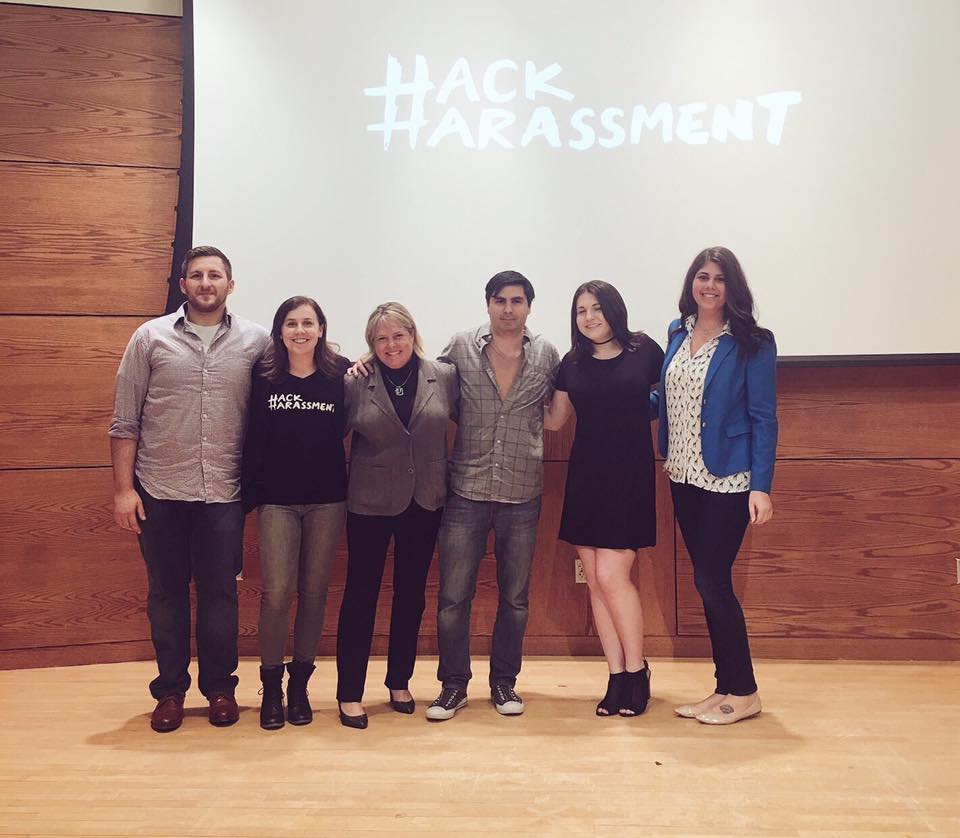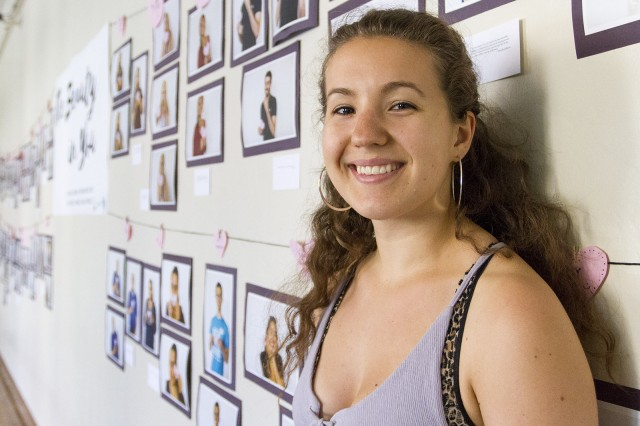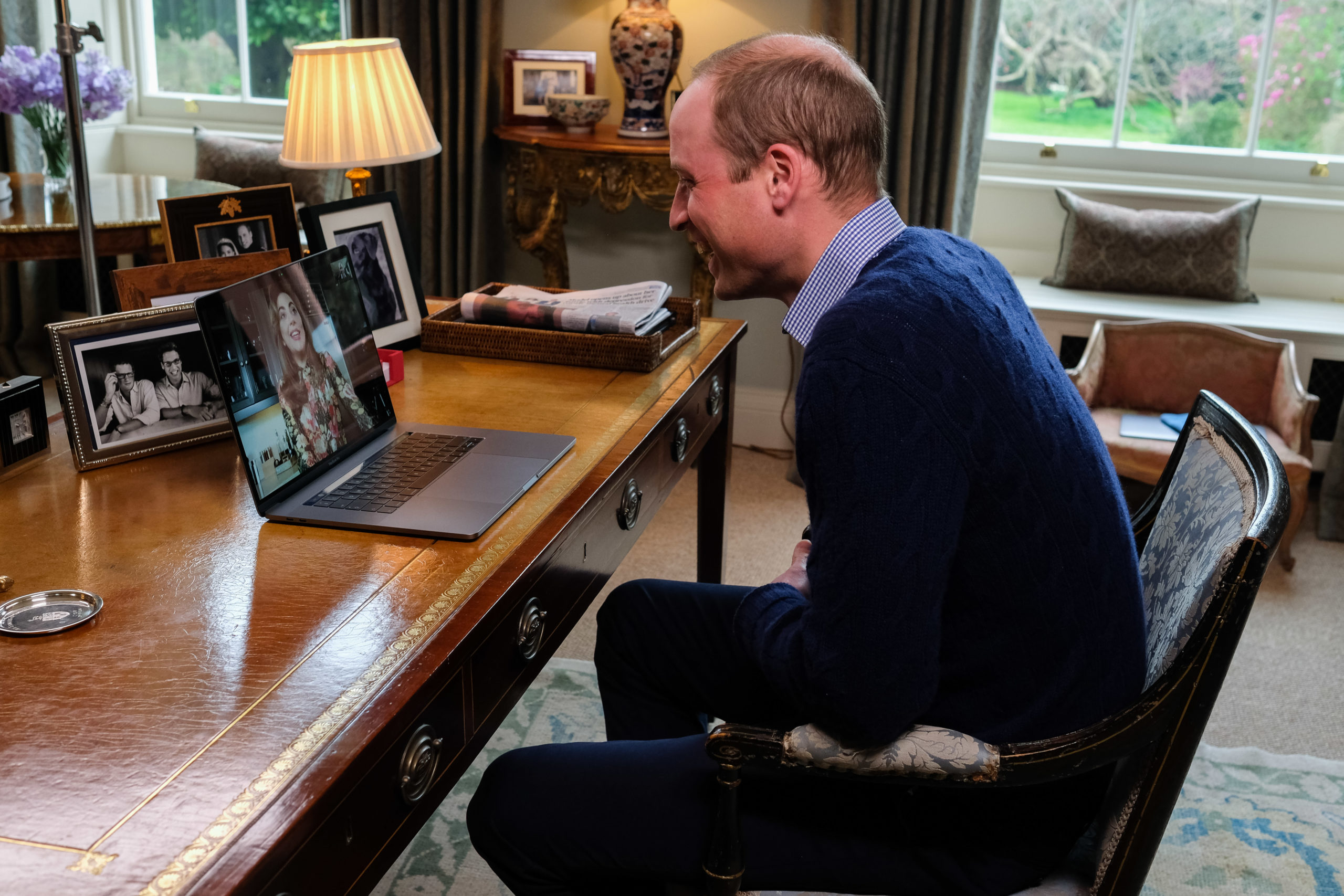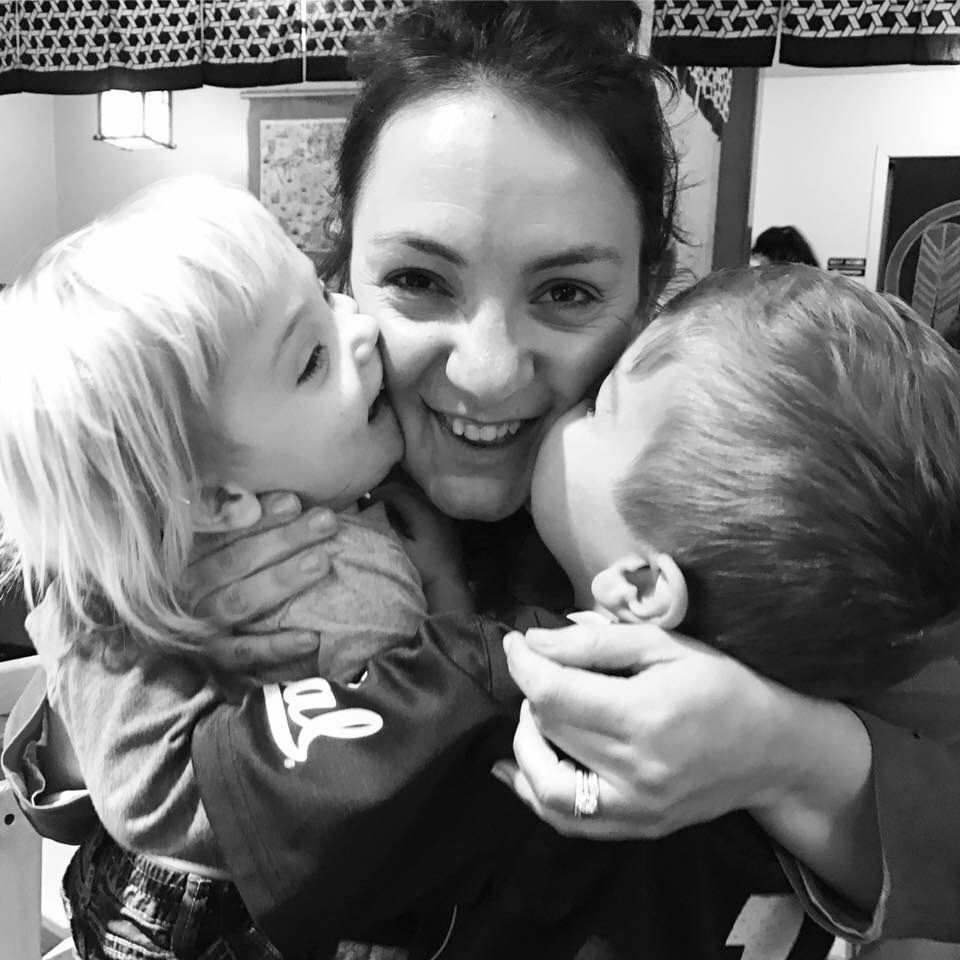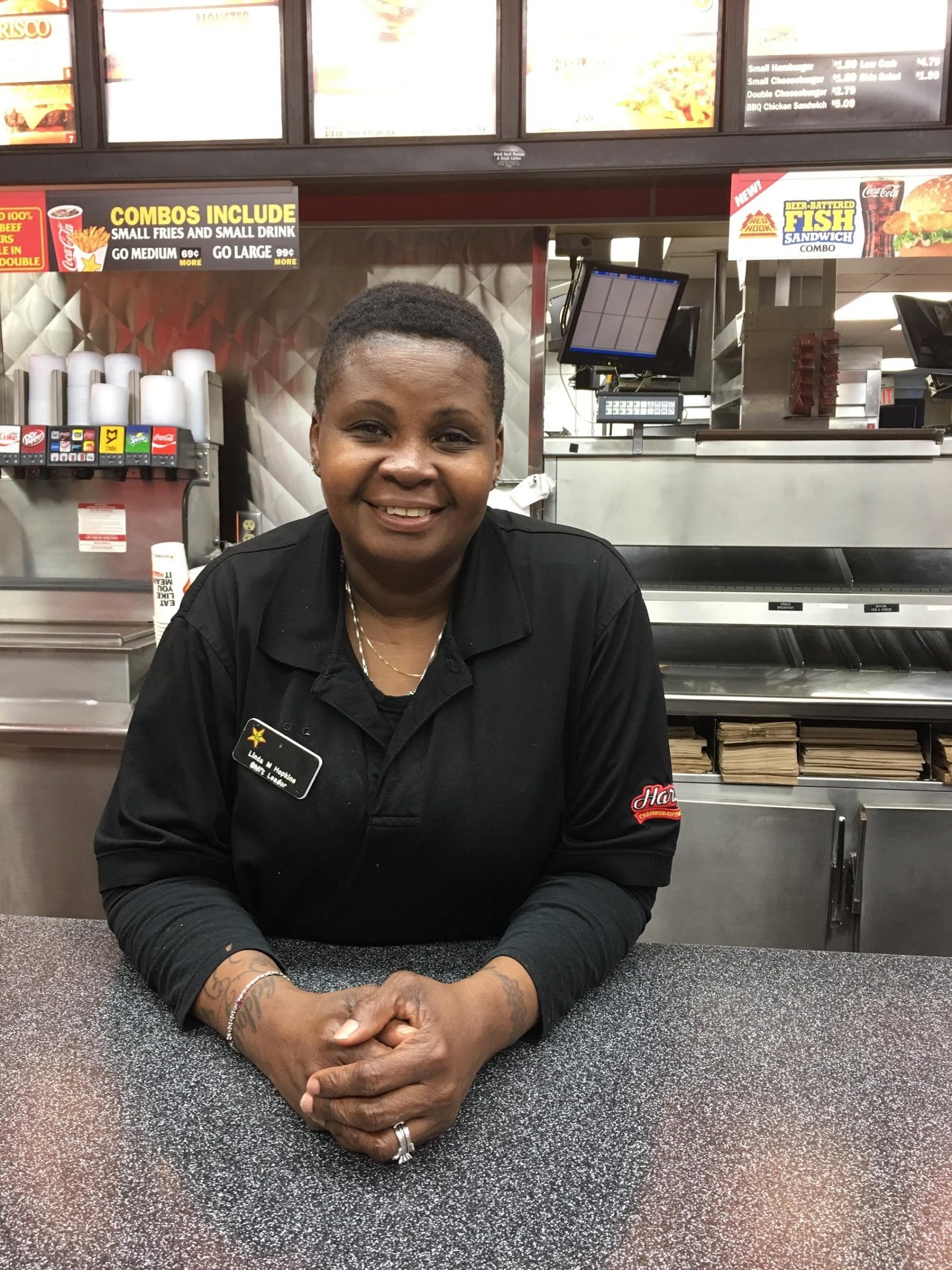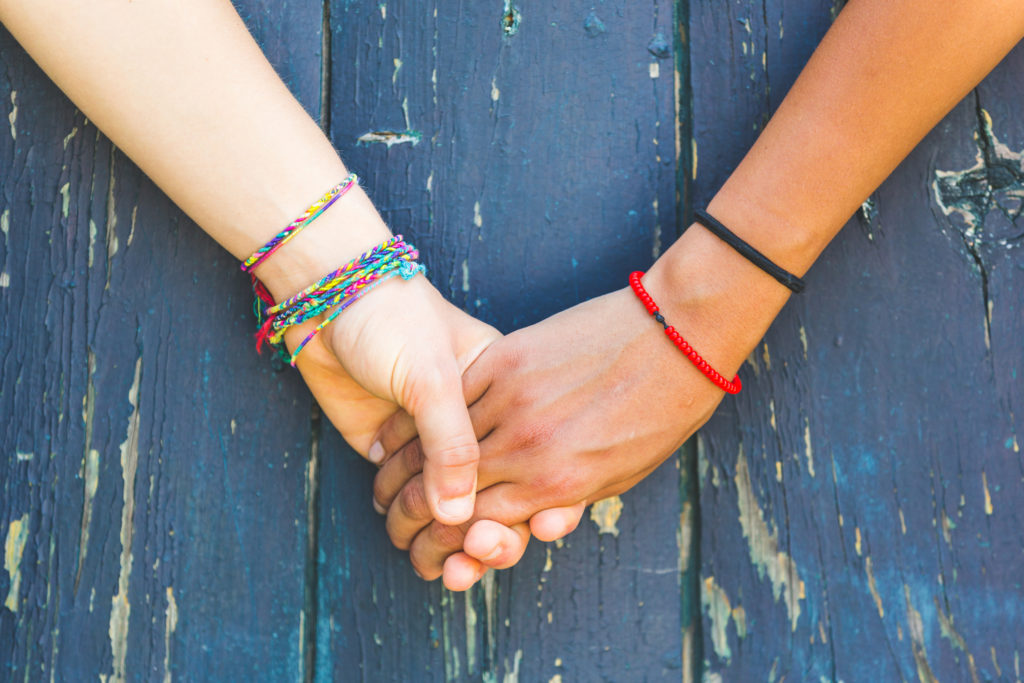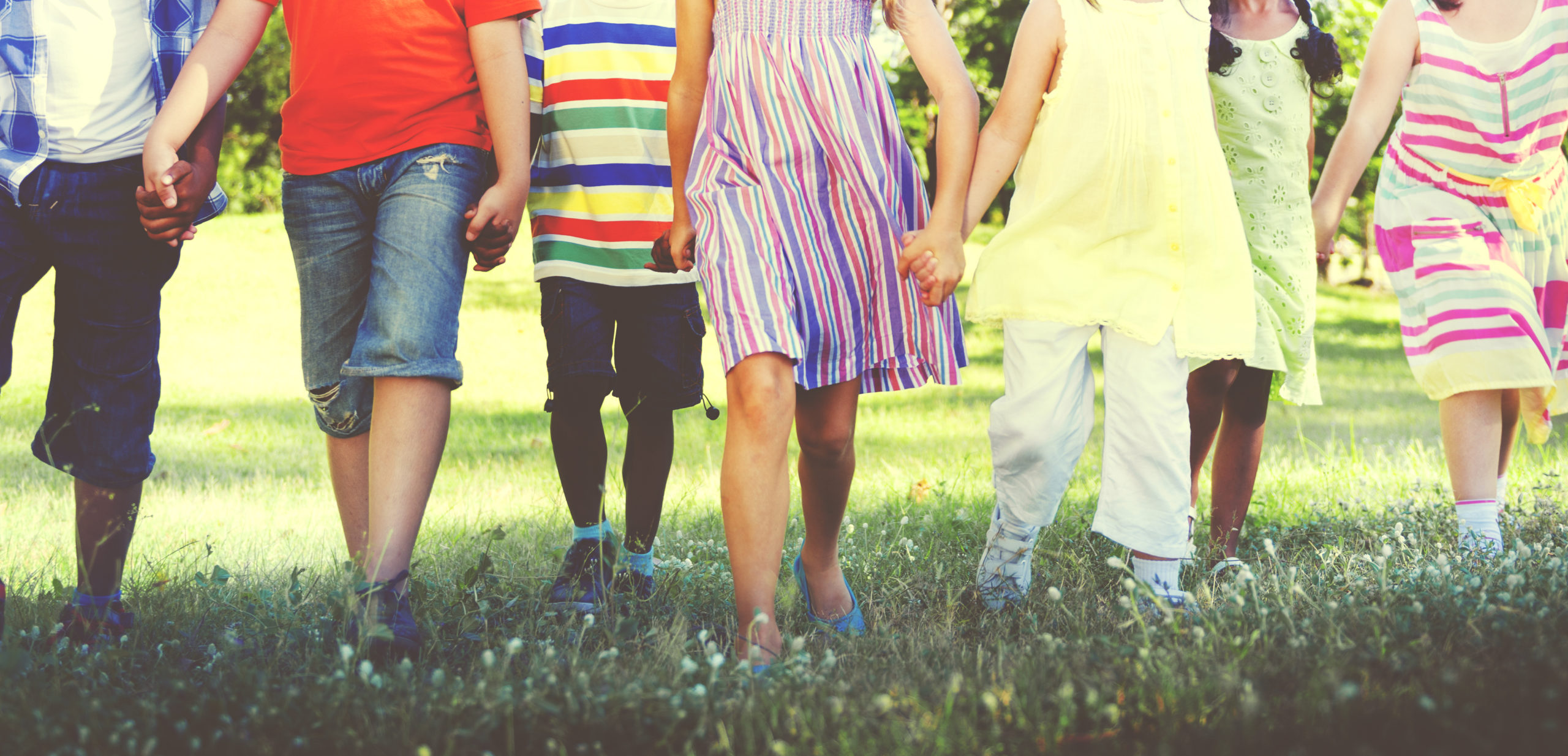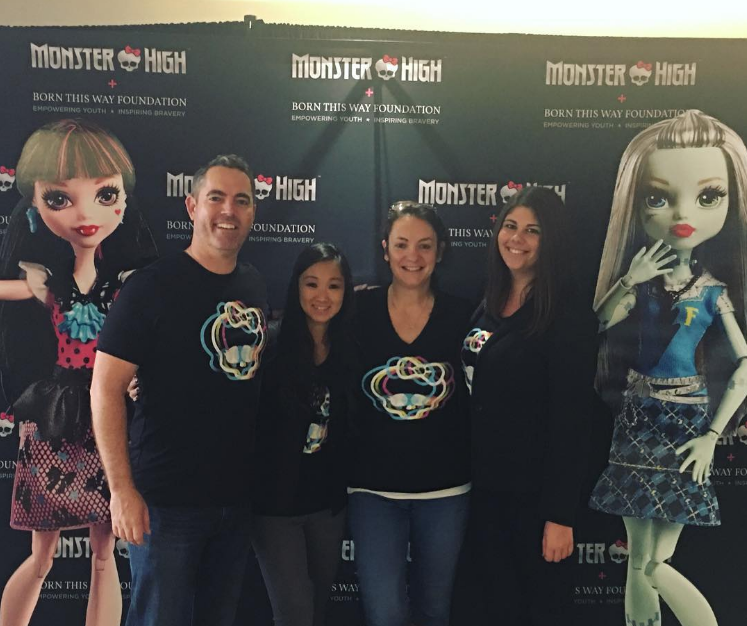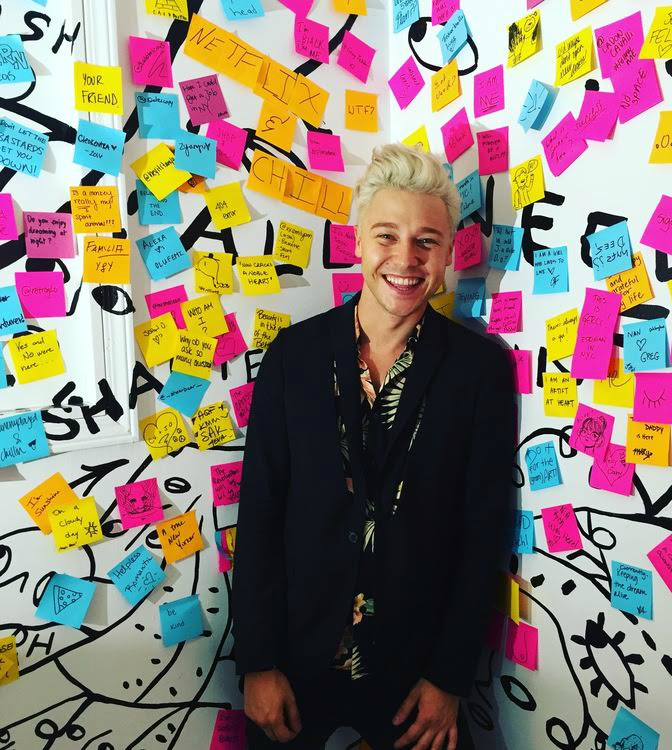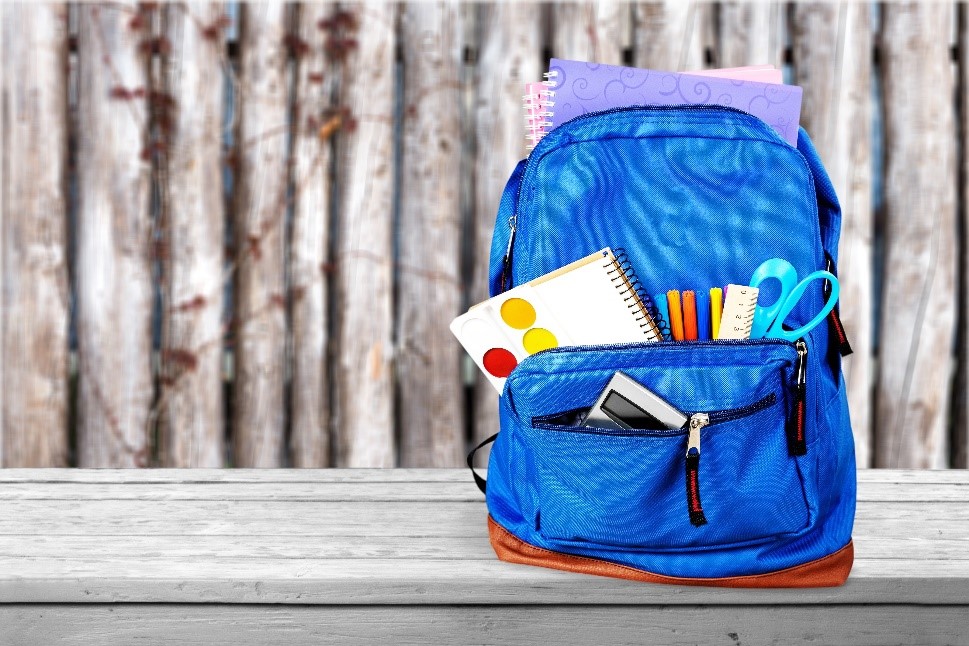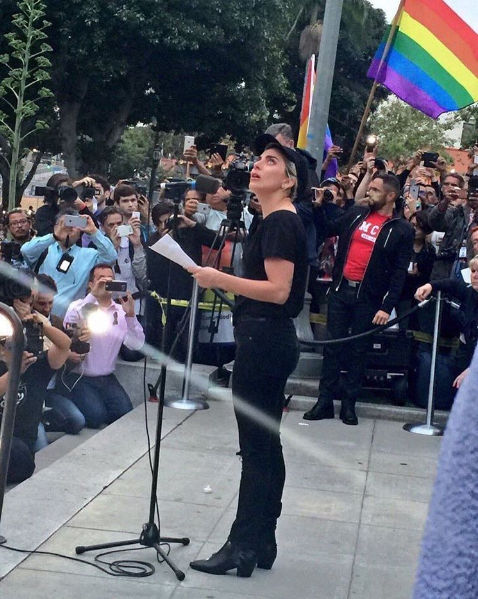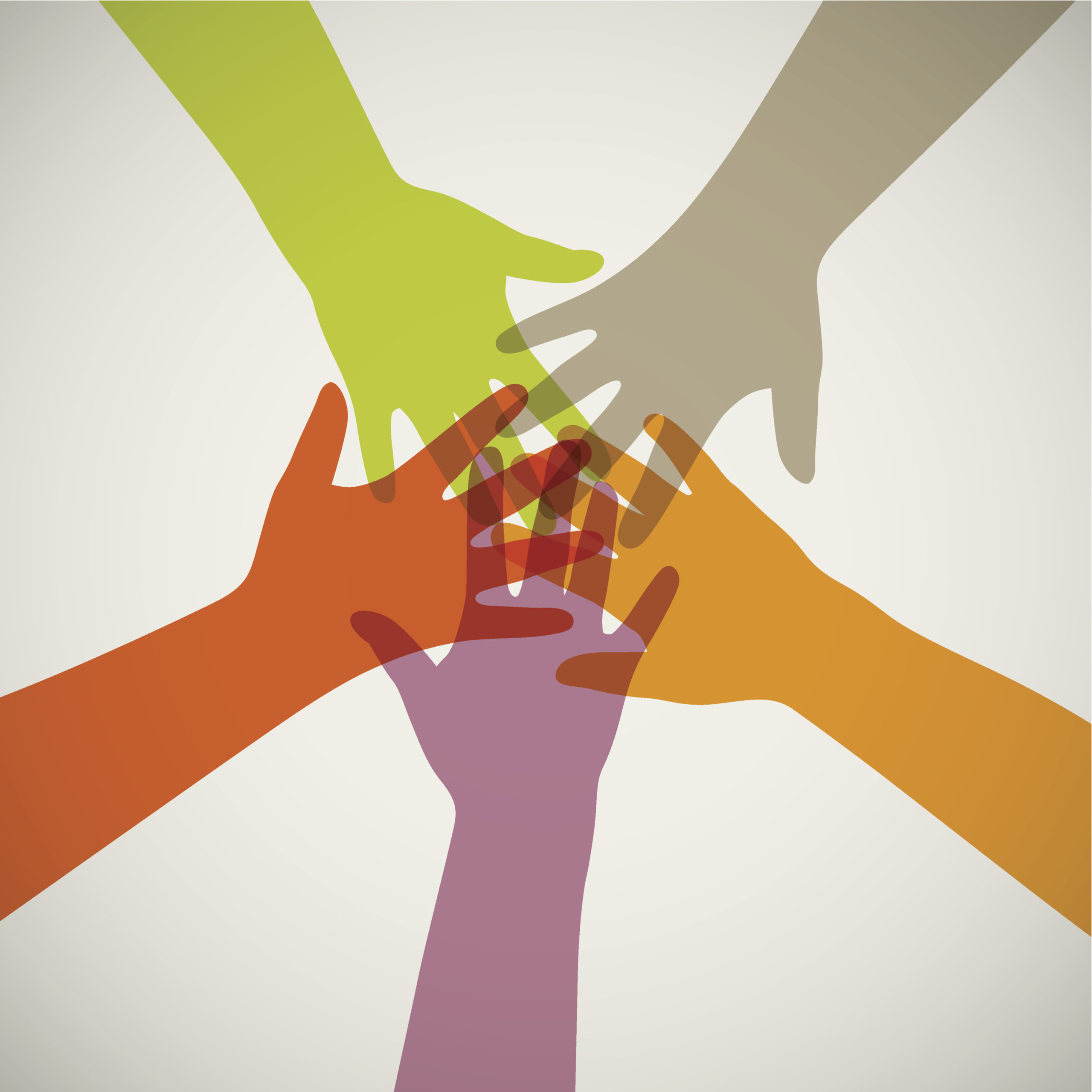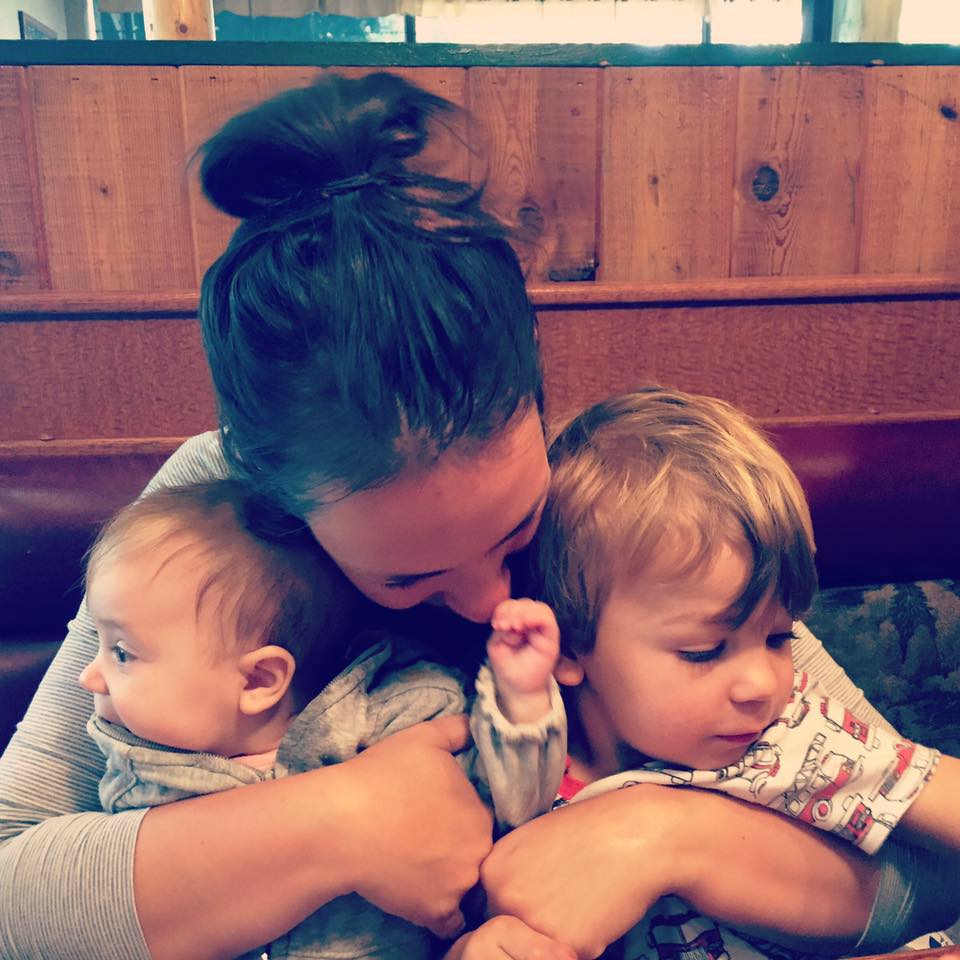Lilla G. Frederick Pilot Middle School teacher Jennifer Dines has the opportunity to learn about people from all over the world without ever having to leave her classroom. As an English as a Second Language teacher, Jennifer’s students come from all around the world, including places like Dominican Republic, Somalia, Vietnam, and Cape Verde.
“I enjoy being with them every day!” the Boston, Massachusetts, teacher said. “I learn so much from what my students tell me. Each of them has their own story, and to be there to capture that unique window of time as they move from there to here is amazing. They’re so resilient and so motivated to learn.”
Although Jennifer enjoys forming connections with these students, she’s well aware of the many challenges they face, one of which being the language barrier. Still, she said, “Learning English is the easiest part. Emotionally, they’ve left a life behind and are coming into another one.”
Jennifer said some of her students are refugees who have seen a considerable amount of violence, while many others are living with family members that they were separated from for many years. As a result, students can experience anxiety, stress, and frustration. Being able to write and be creative in the classroom, Jennifer said, “reminds them of their sense of purpose. Even if they don’t have the language, they can show who they are when they’re rhyming, reciting poetry, or doing art projects.”
To help her students express themselves as they assimilate to the United States, Jennifer decided to raise funds for sensory bottles, peace rocks, and writing journals through a project on DonorsChoose.org.
A team of eighth graders — all new to the United States this year — are leading this mental health project, ultimately using the resources to create peace zones.
So far, students have used the materials to make sensory bottles, which are bottles filled with water, glitter, glue, and gemstones that help students manage their emotions. Just making these bottles, Jennifer said, has helped students forge friendships and open up to one another.
“When you’re making art together, you’re making a community because you’re actually learning about the people around you,” she said. “When you’re successful, everyone’s successful. When you’re not doing your best, you’re going to have people bringing you up.”
When students form these friendships, they feel more comfortable sharing their stories and are more relaxed in the classroom. The more relaxed students are,” Jennifer said, “the better you can learn a second language.”
Although she anticipated that students would only use these bottles during moments of discomfort, anger, sadness, or insecurity, Jennifer was surprised to see so many students request the sensory bottles during writing lessons or whenever they were brainstorming for a writing assignment.
“They’re really invested in learning about something that helps them think,” she said. “It is so intriguing to see students self-identify their needs for this tool.”
The project also funded the supplies associated with making peace rocks, rocks that are painted and drawn with words, animals, and designs. Although Jennifer had originally planned on having the peace rocks inside of the classroom for the students to use, students suggested placing them alongside the outdoor entryway of the school as a miniature garden so that when students and staff come in, they feel welcome.
“The students really feel good about doing things for other people,” she said. “It’s almost like they’re making a statement in the community. They learn that even though they’re new to the United States, they can be leaders and, there’s so much they can do. They’re doing something simple that makes a difference. And everyone can do it. This just shows them, don’t wait for someone to tell you powerful, show them you are.”
Jennifer said the project’s funding for writing journals will also help students express their thoughts and feelings down in writing, giving them the ability to be as creative as they want.
“When kids are more engaged with reading, writing, and the world around them, they’re more confident with themselves,” she said. “Then they’re finding that they like school more and they want to keep doing it.”
With other challenges, such as society’s many pressures, school stressors, and violence in their neighborhoods, it can be hard for some students to manage their emotions. Despite this, Jennifer continuously encourages her students to openly and honestly express themselves, care for their mental health, and work toward a better future. Jennifer never fails to cheer her students on, helping them in every sense of the word.
“You have to believe in the possibility that life will get better,” she said. “If that’s something I can help with at all, it’s something I want to do. You try to do as much as possible because you want to see them have a happy, healthy life.”
In regards to what she’ll do with the monetary reward as a Born This Way challenge winner, Jennifer said that she wants to discuss it with the students first, but hopes to buy microphones and speakers to help students practice their English, as well as high-interest books that keep the students stimulated.
“Here, $5,000 means a lot, so we’re so grateful, ”she said. “I think it means a lot to the kids because we learn about kindness and empathy. They’re so appreciative and it means so much to them. I’m just so thankful.”
To learn more about Jennifer or donate to her Donors Choose projects, click here.



































